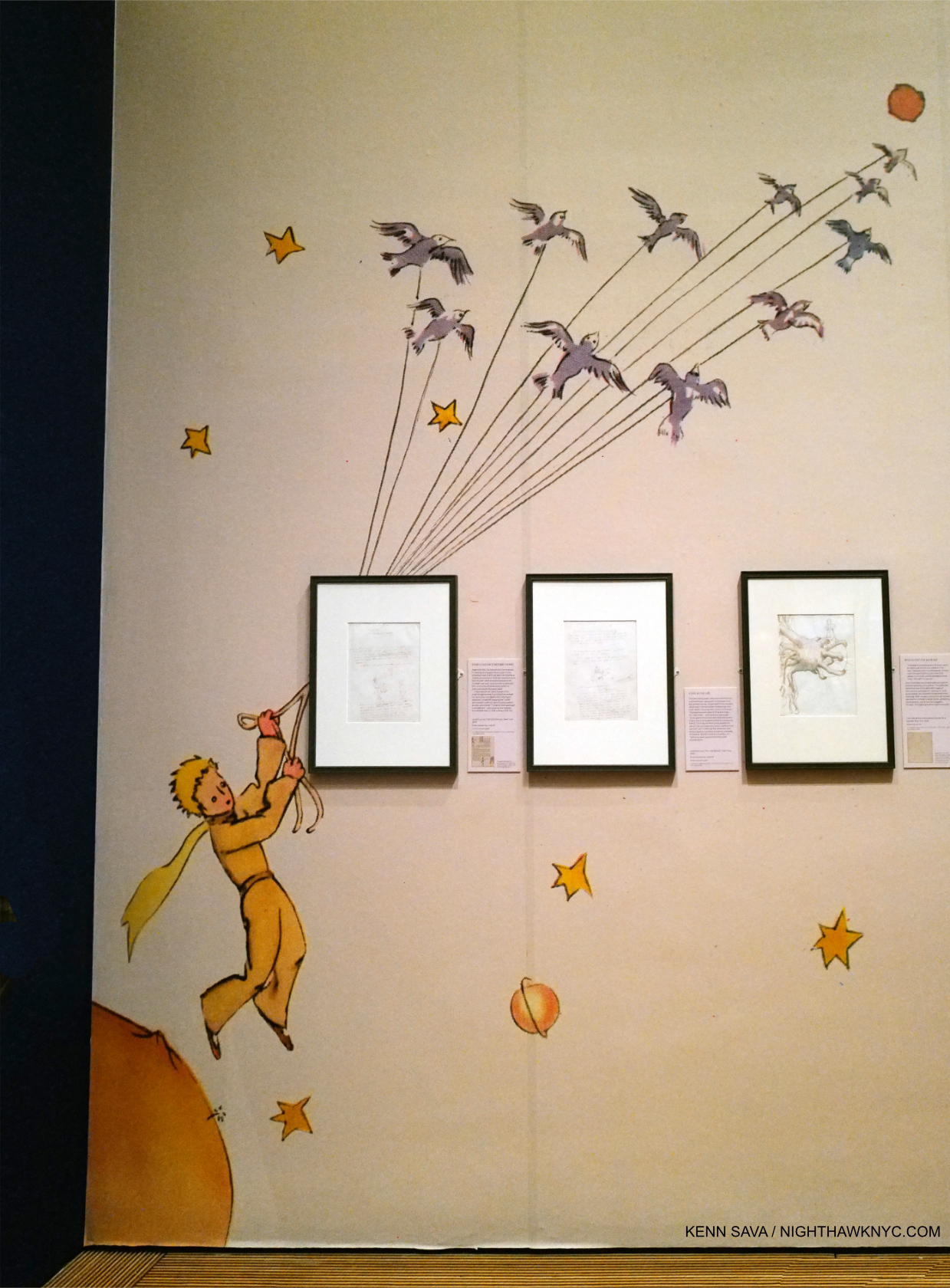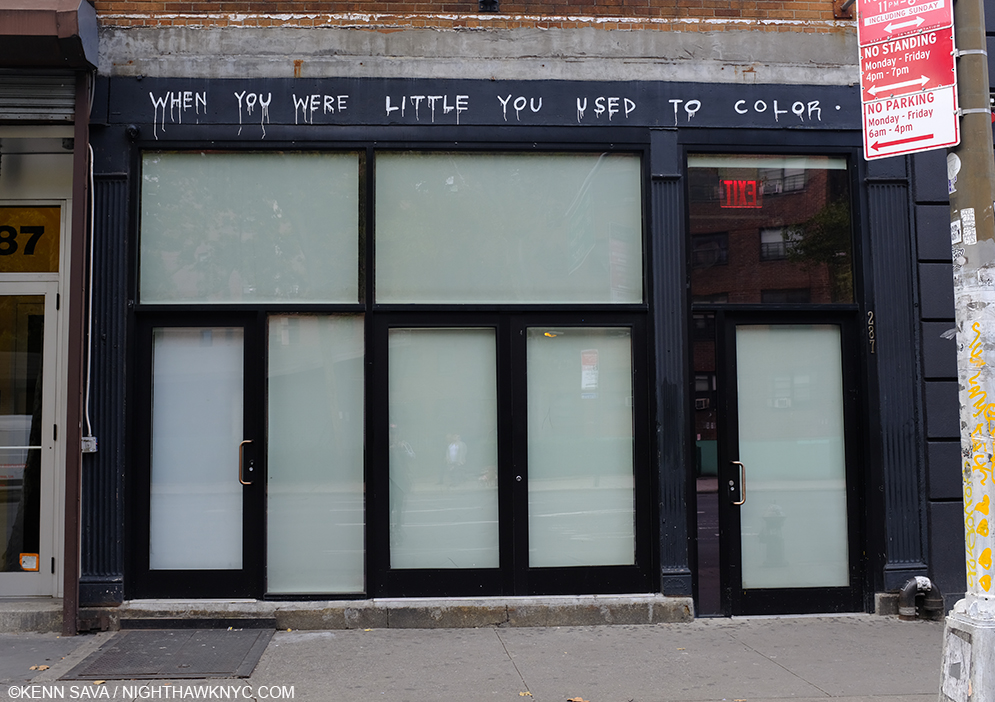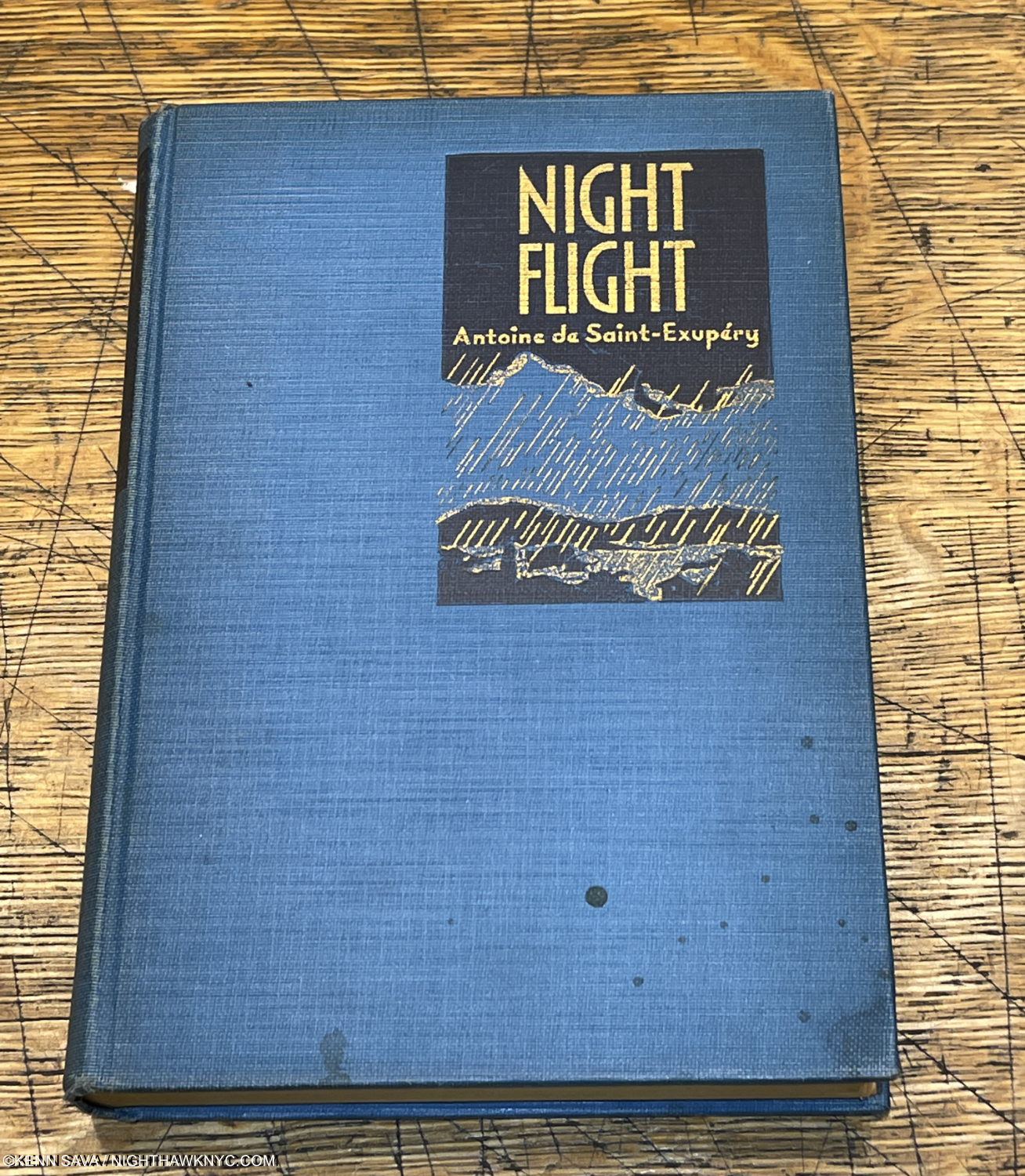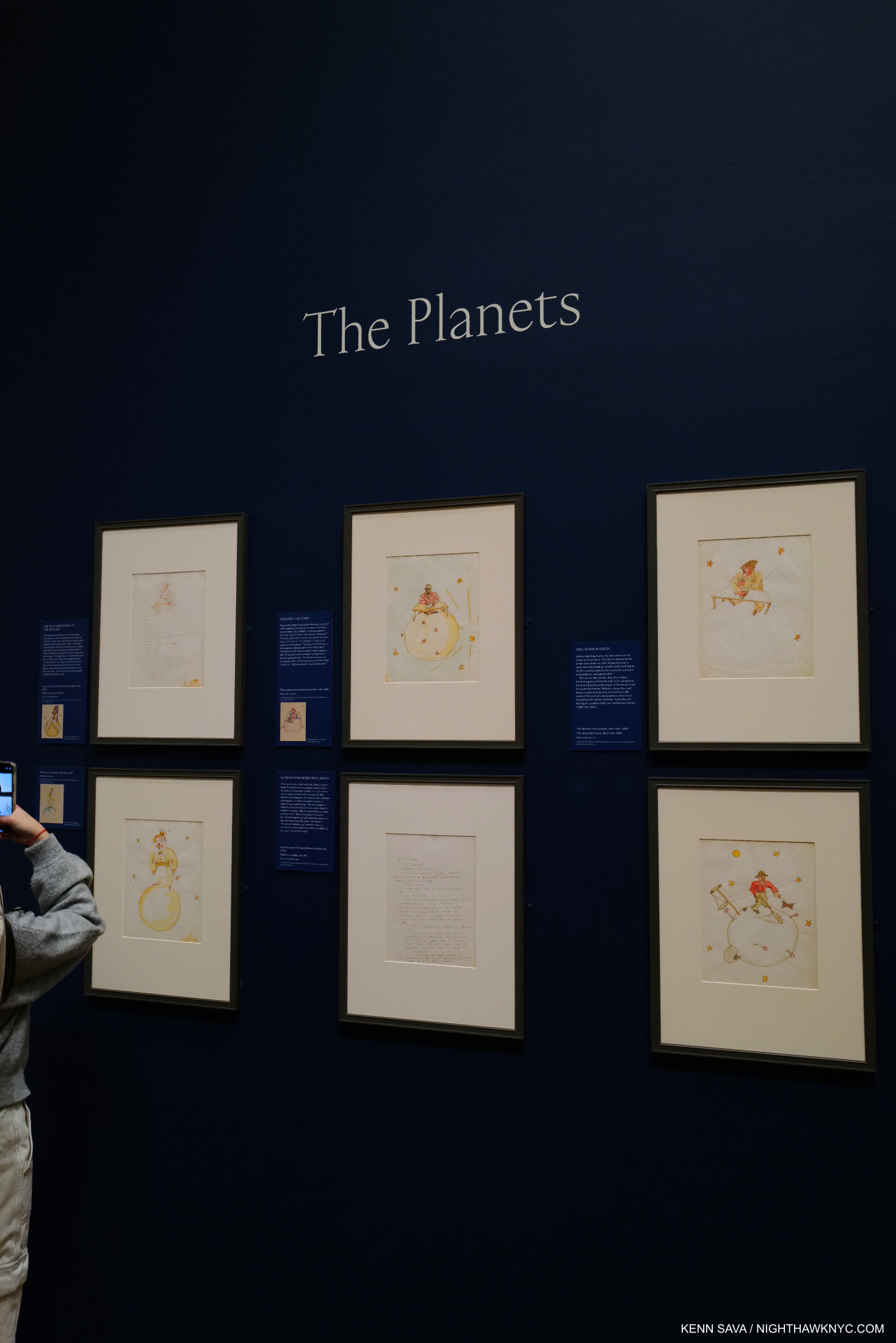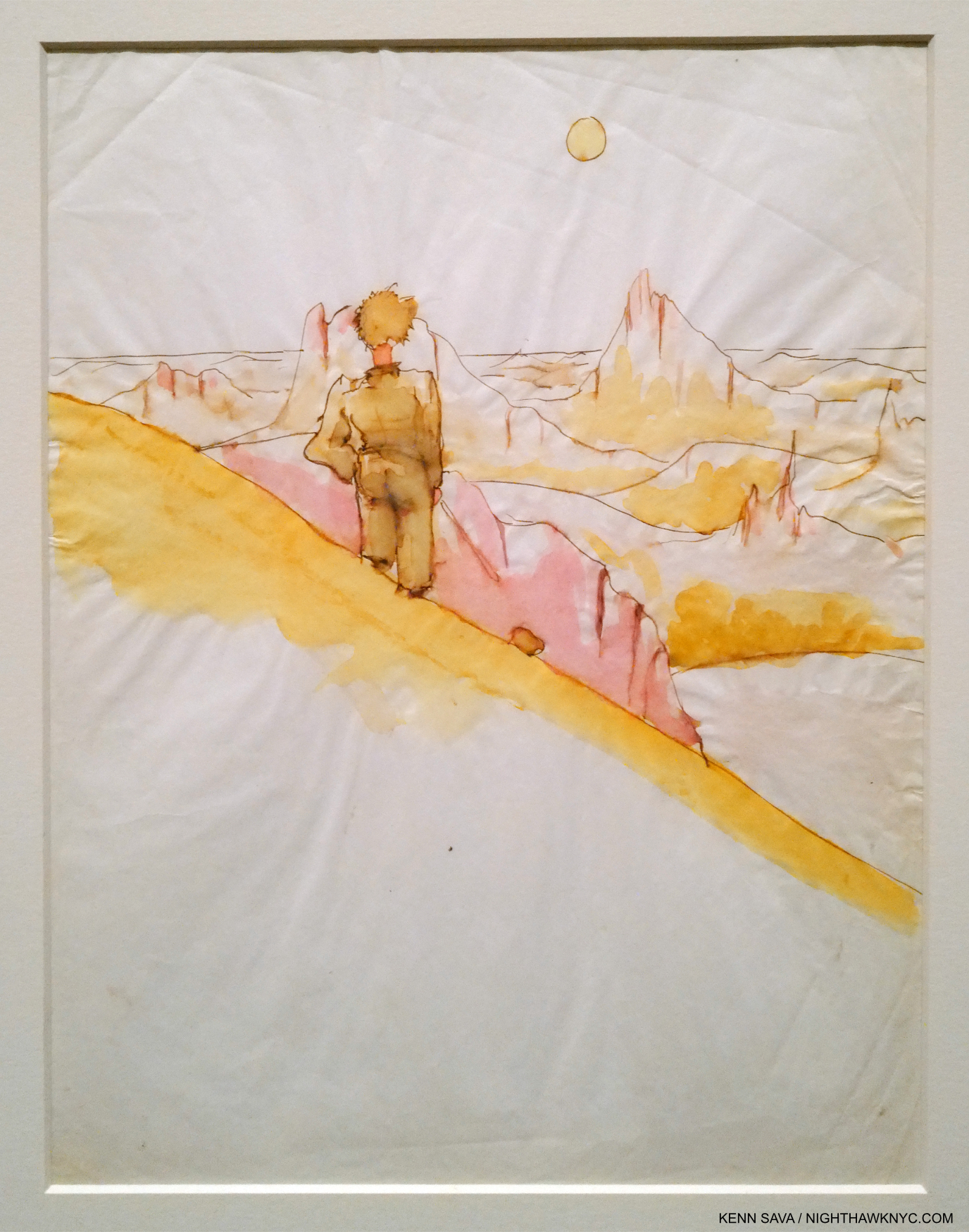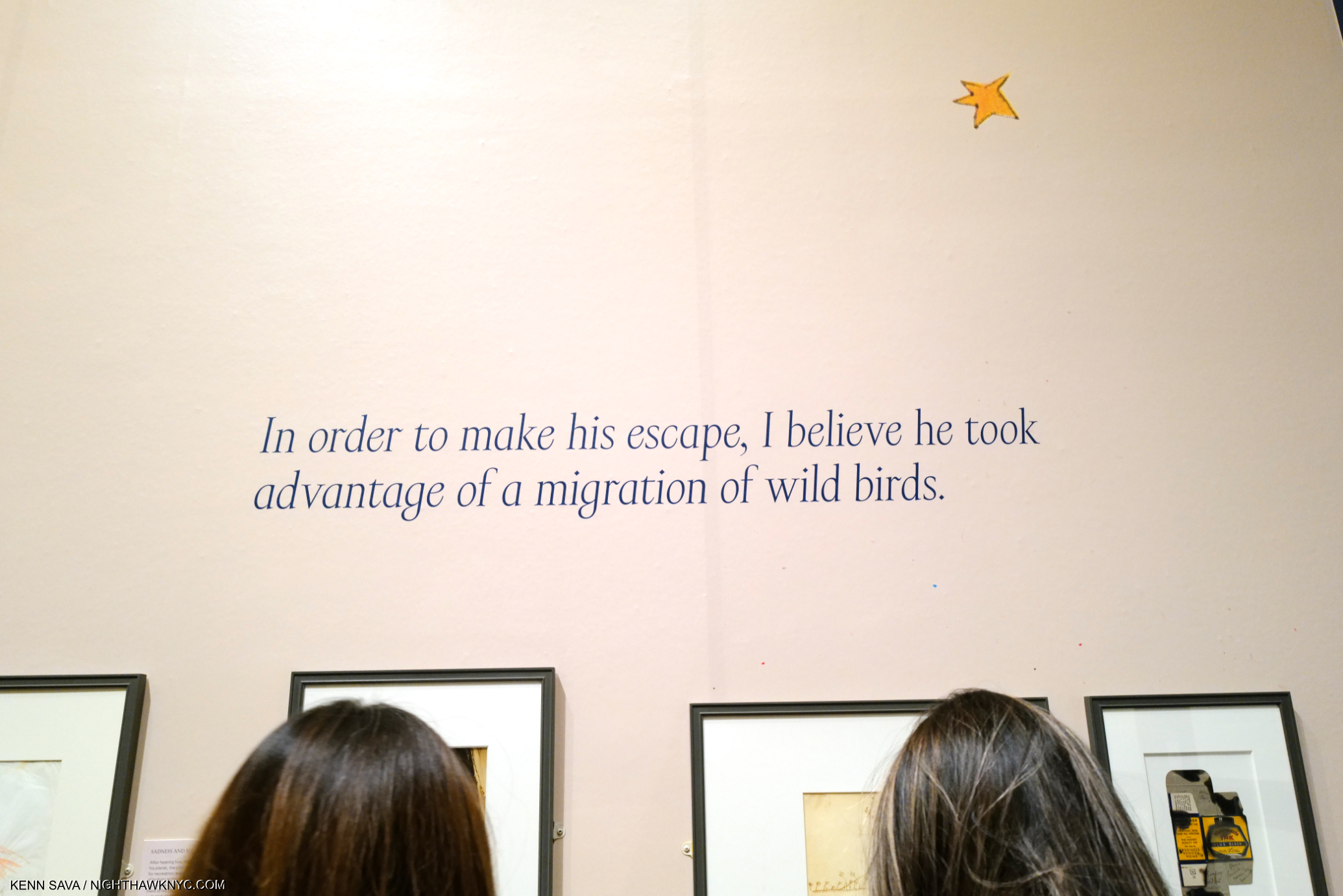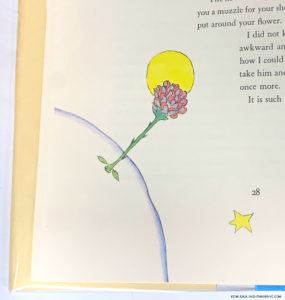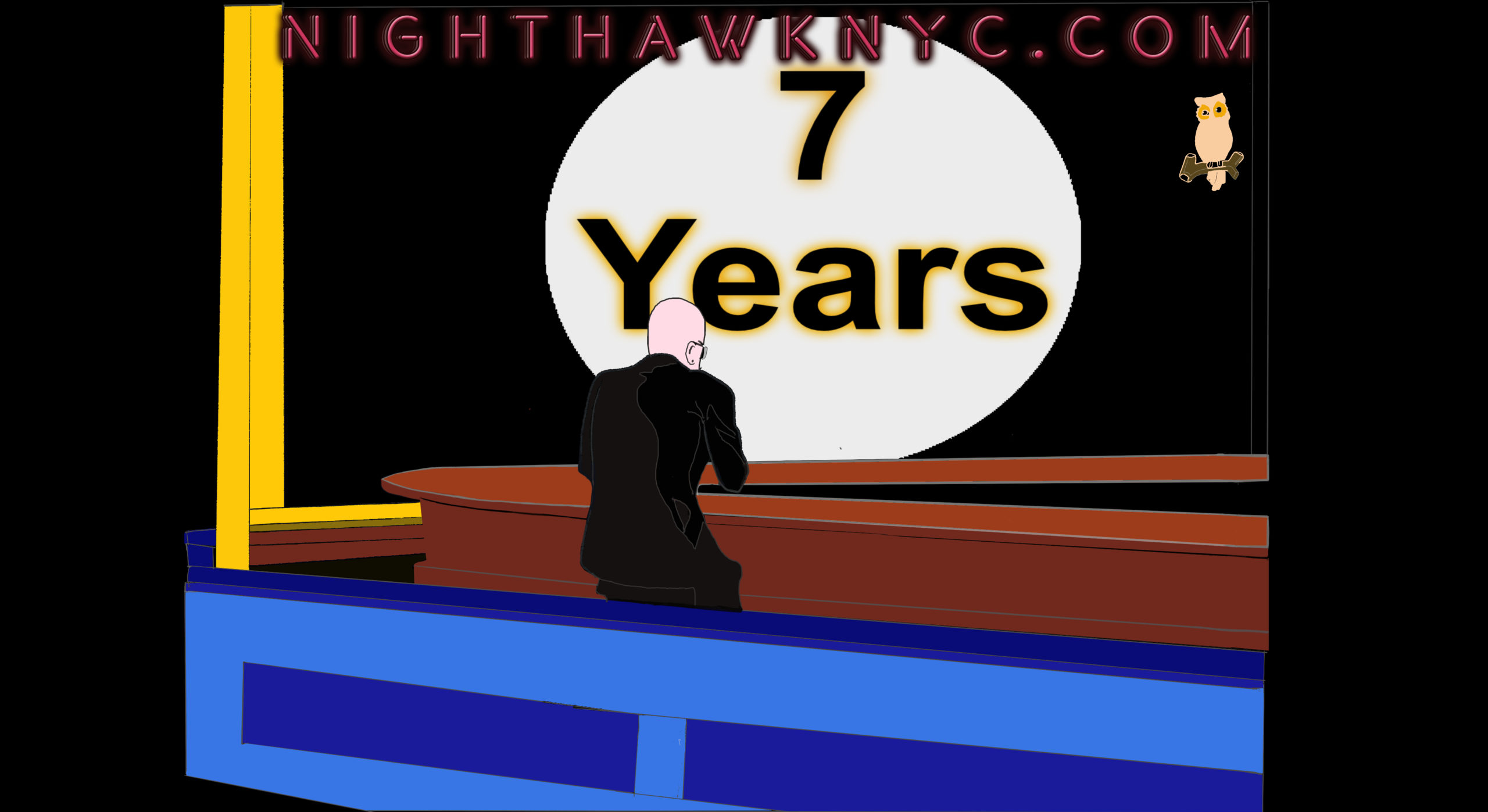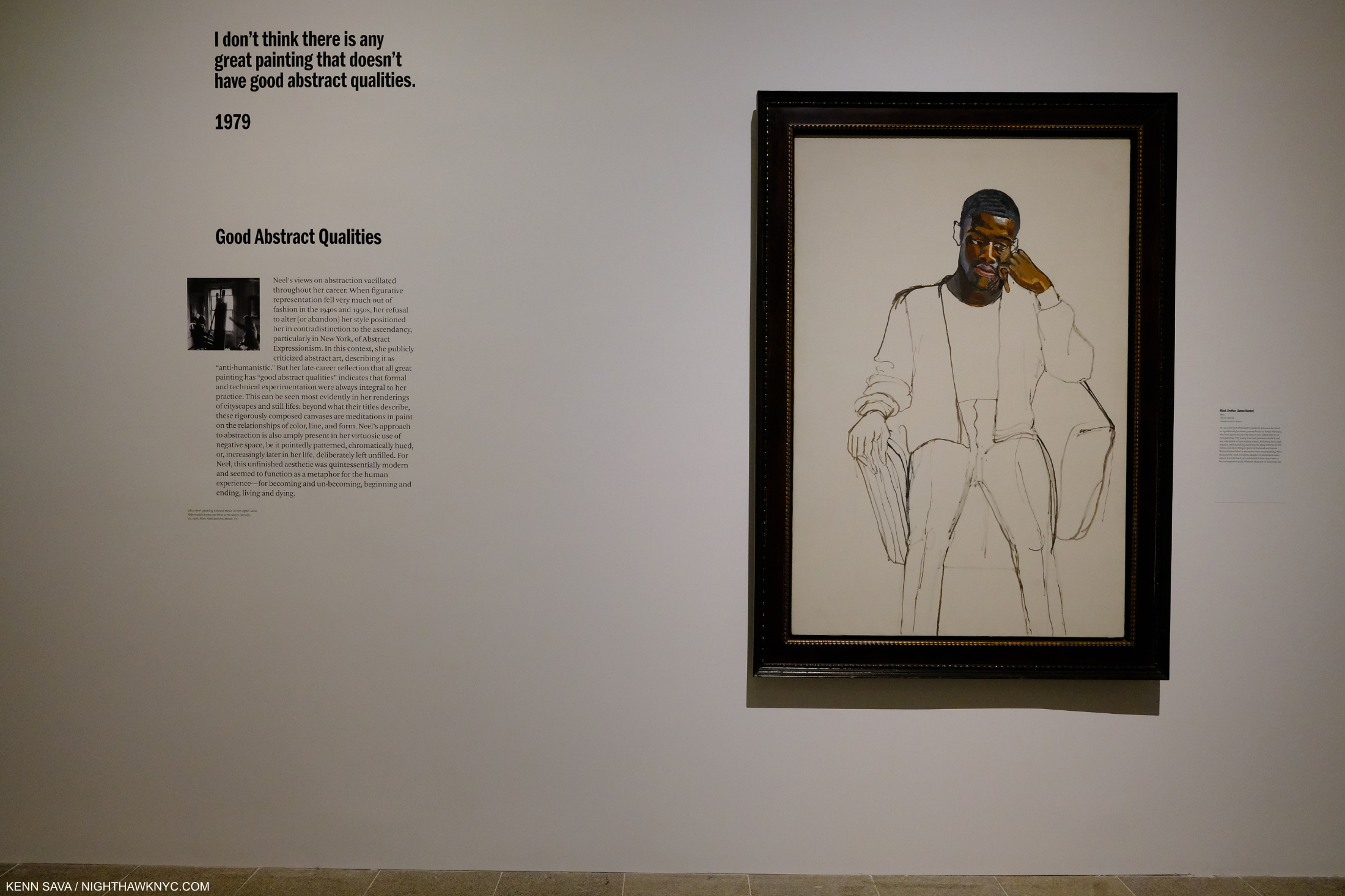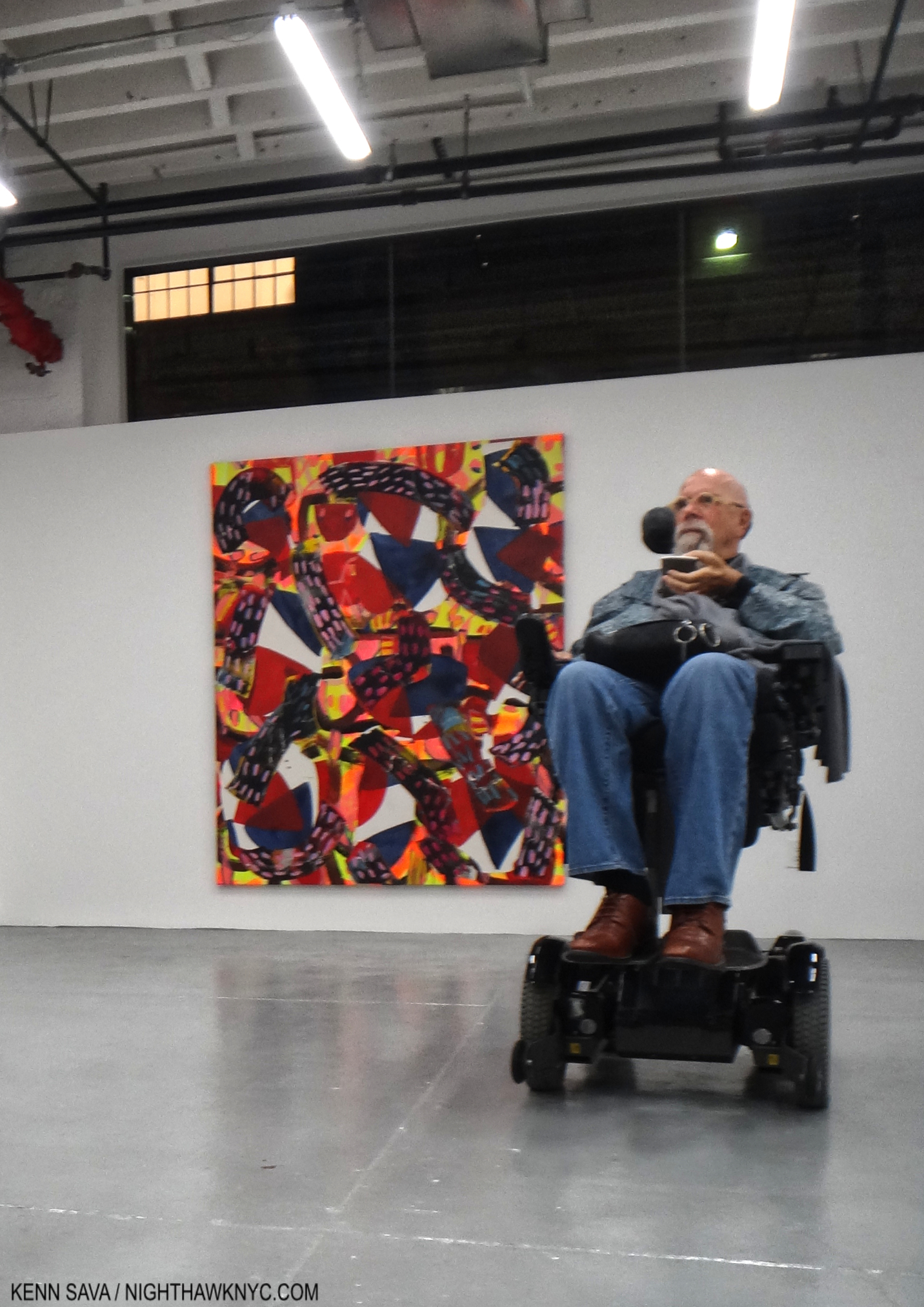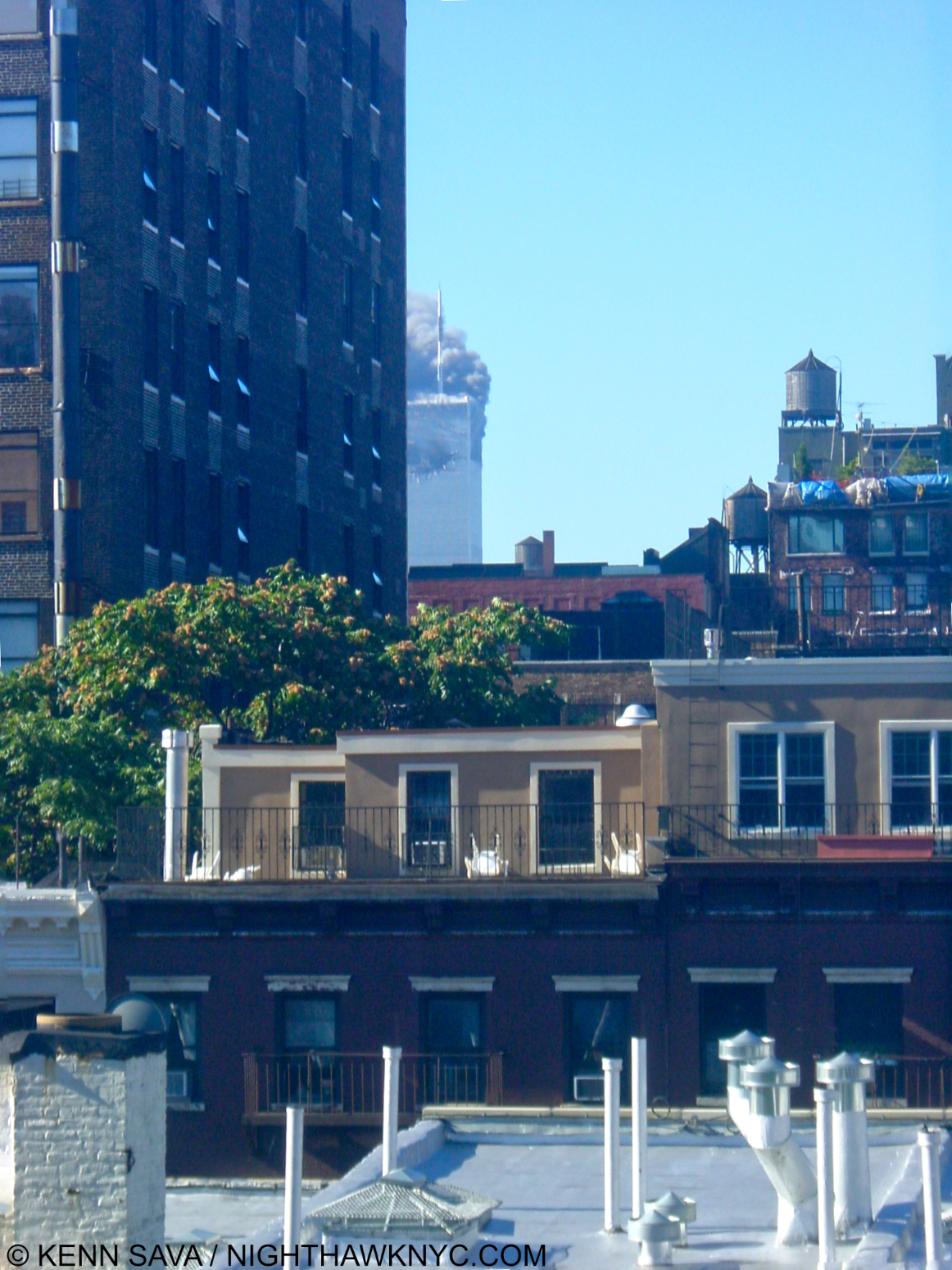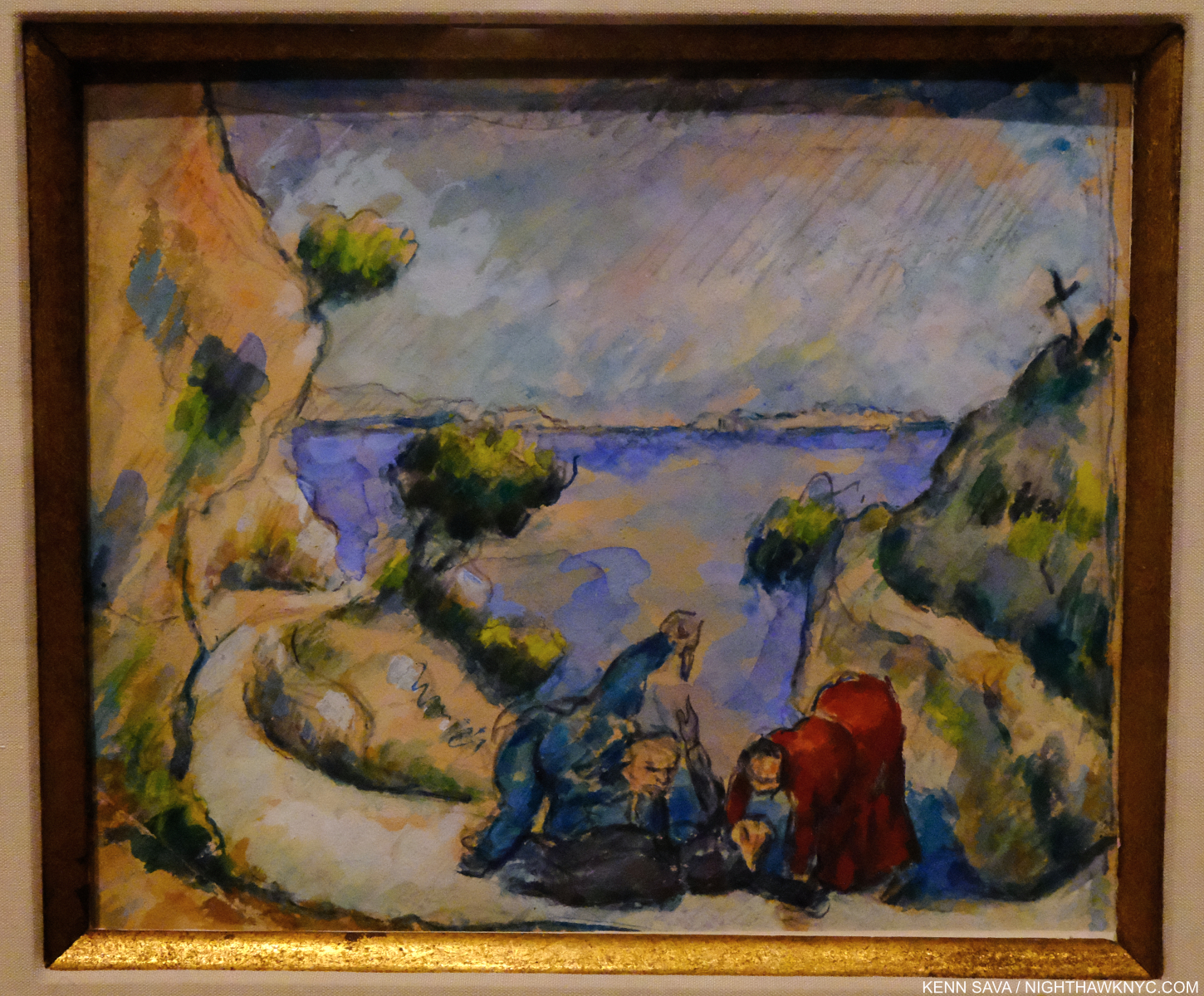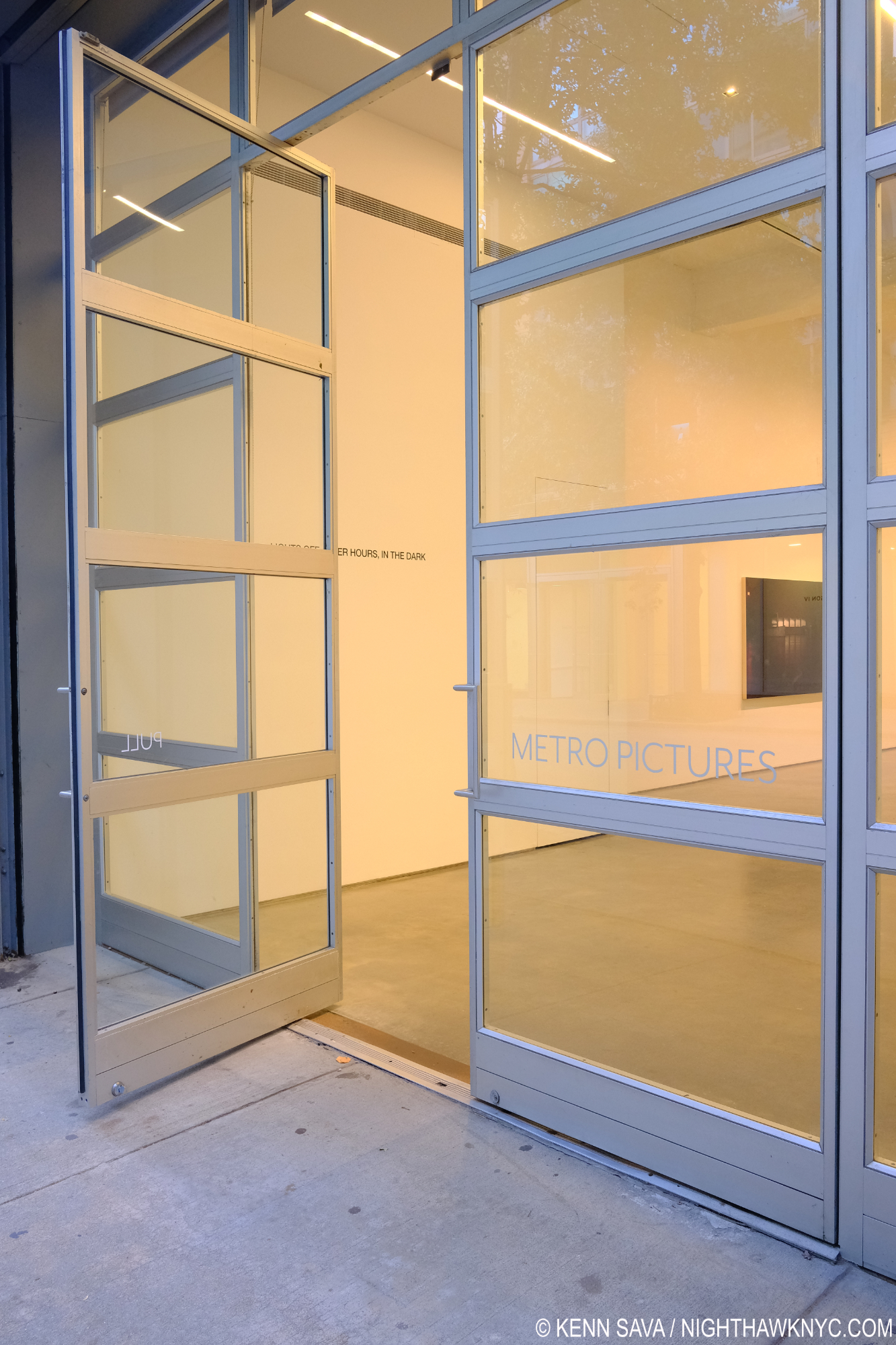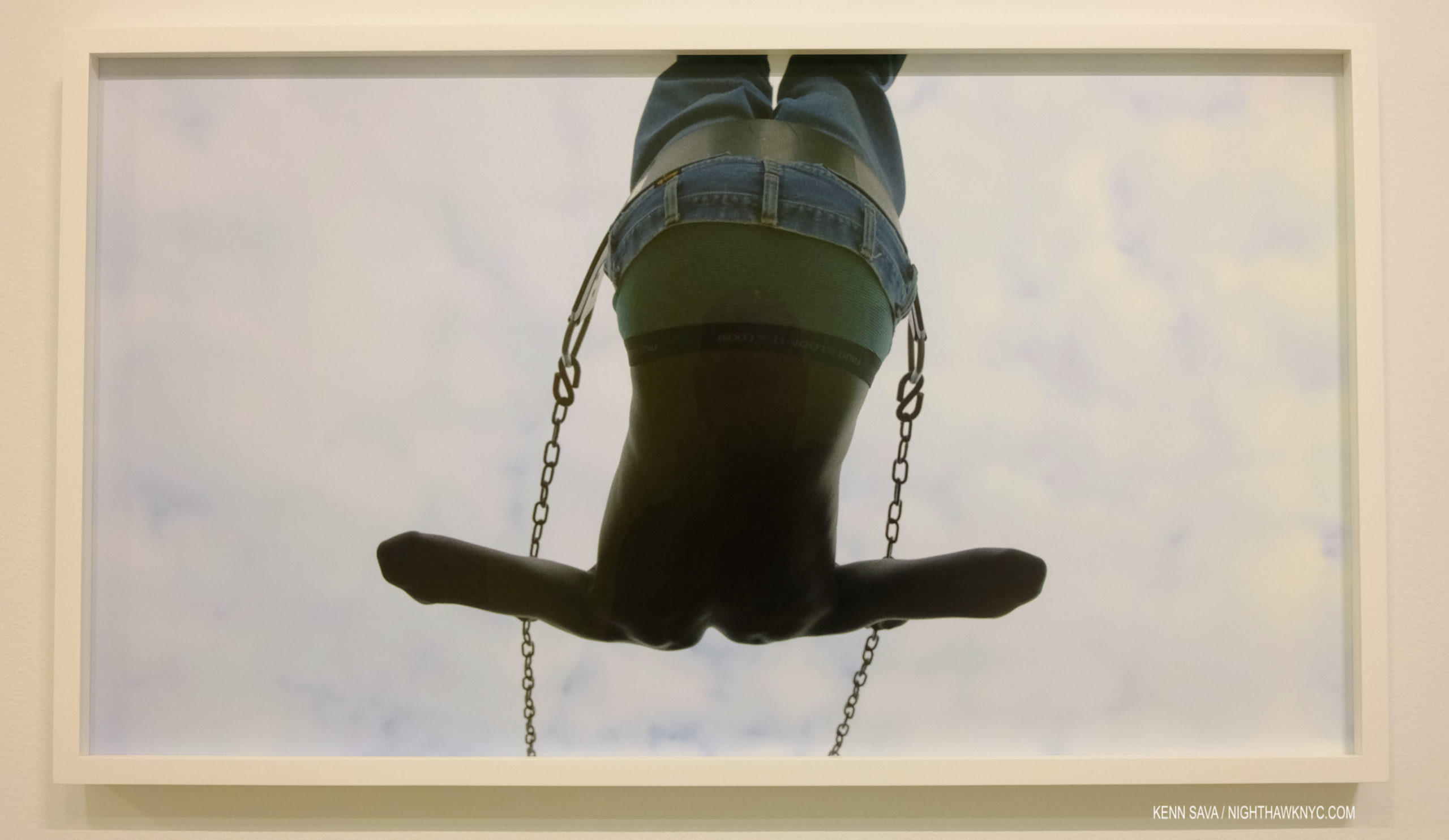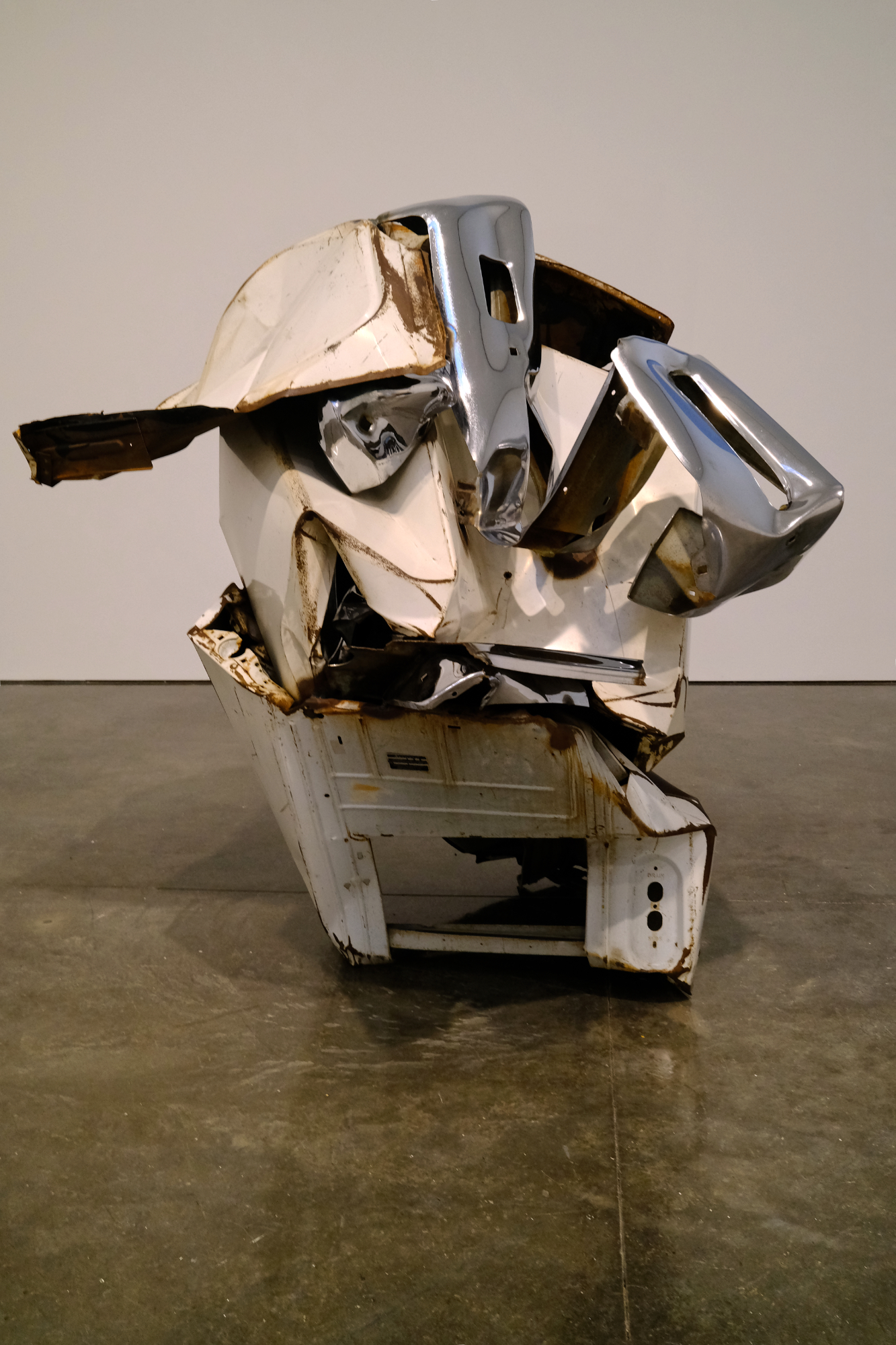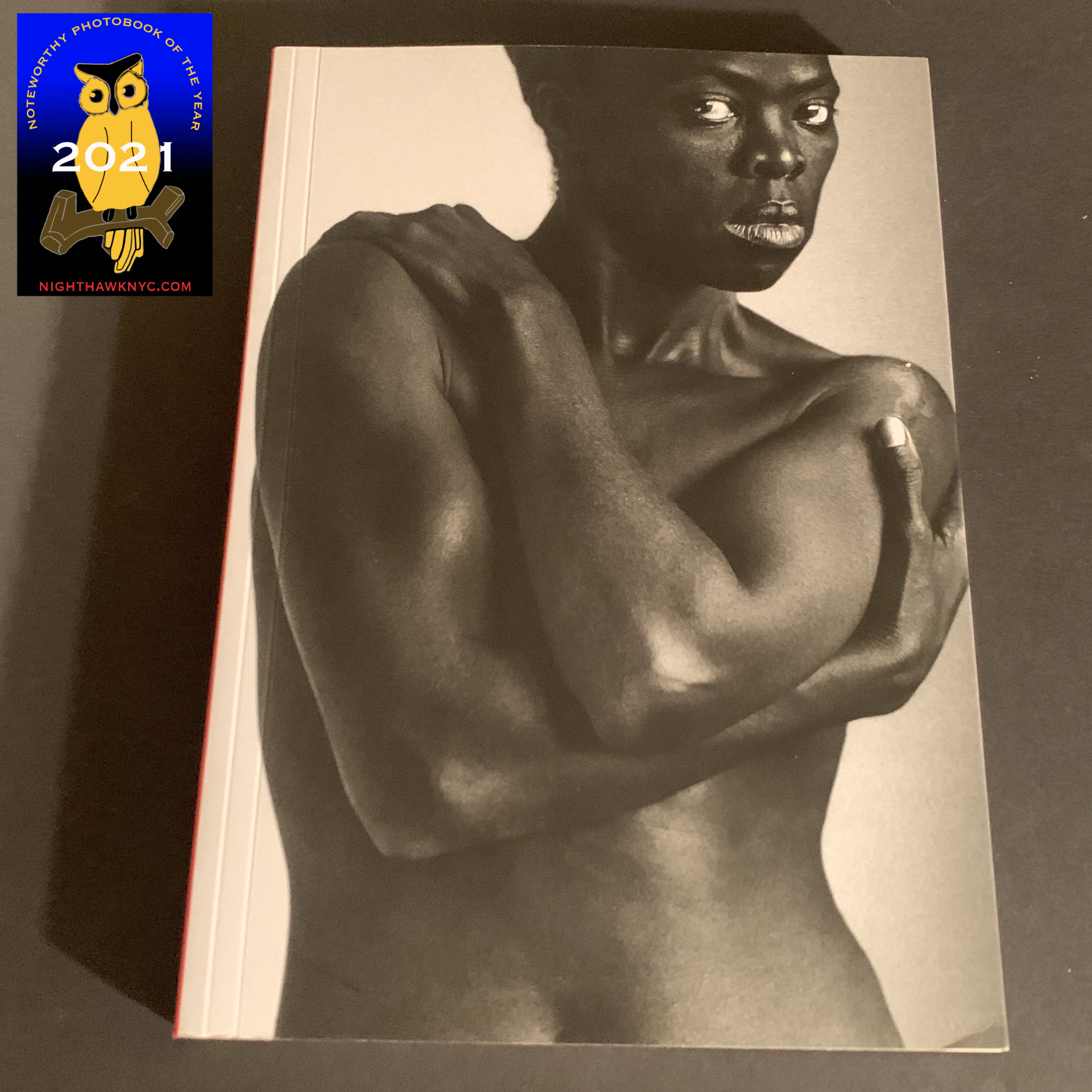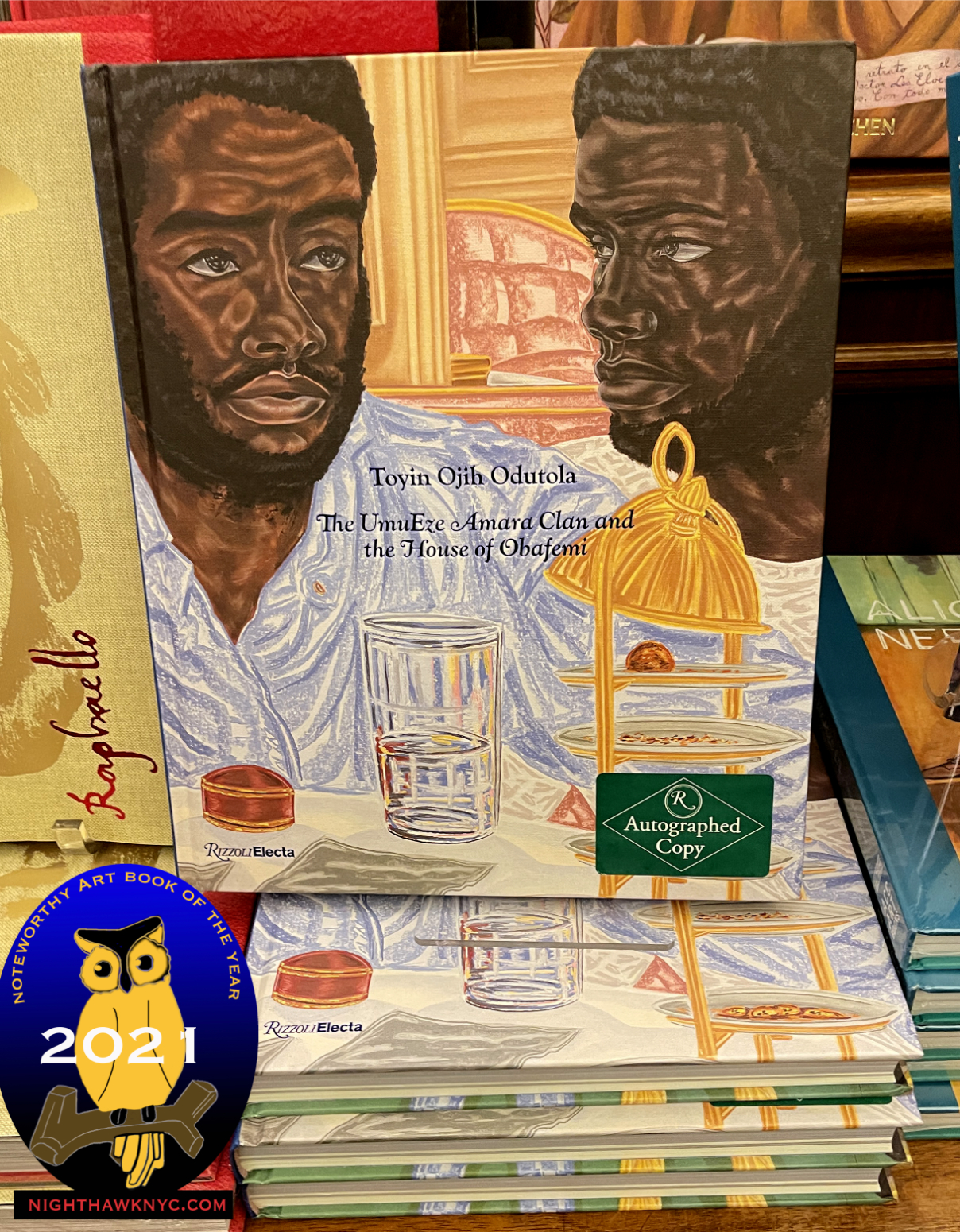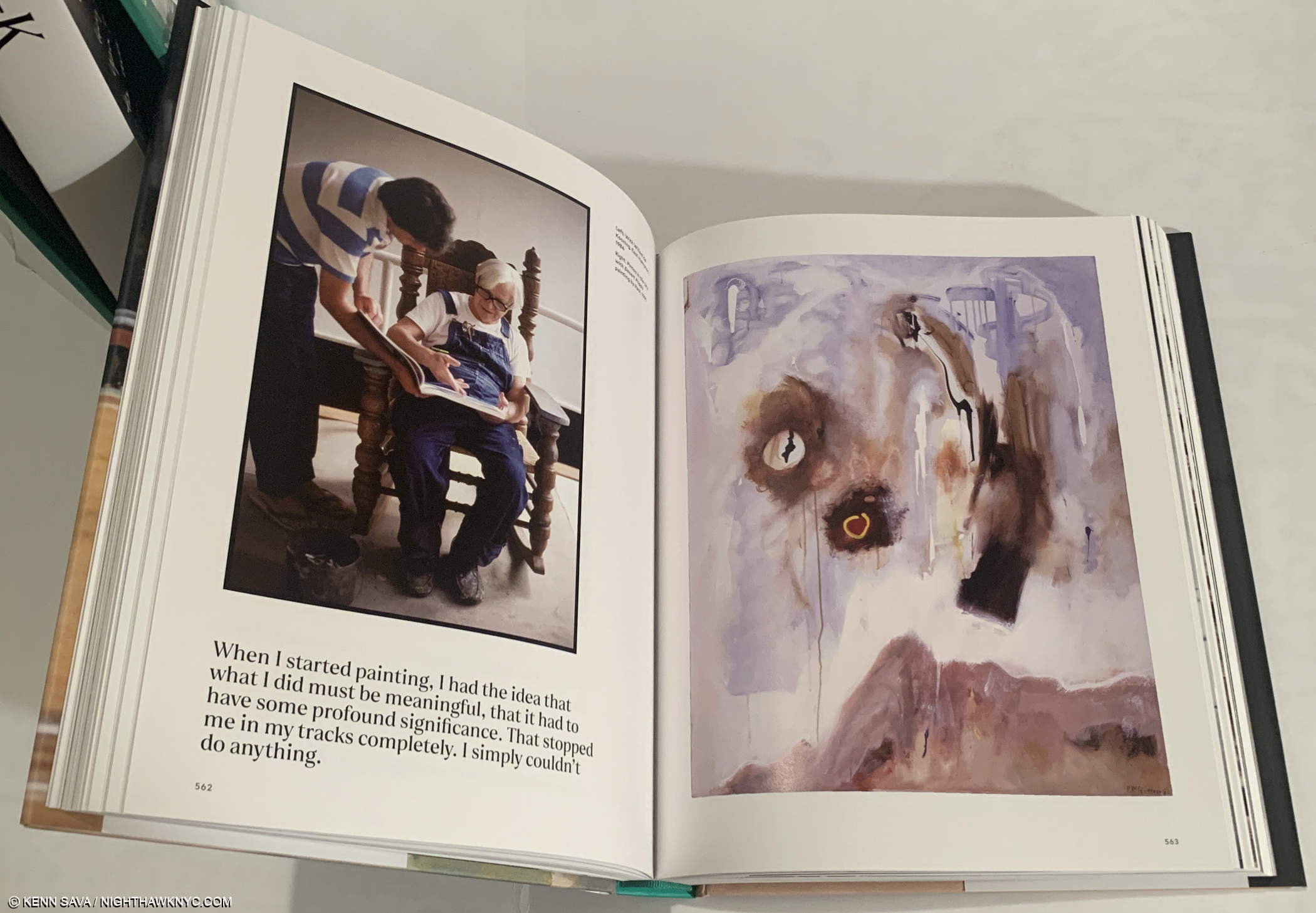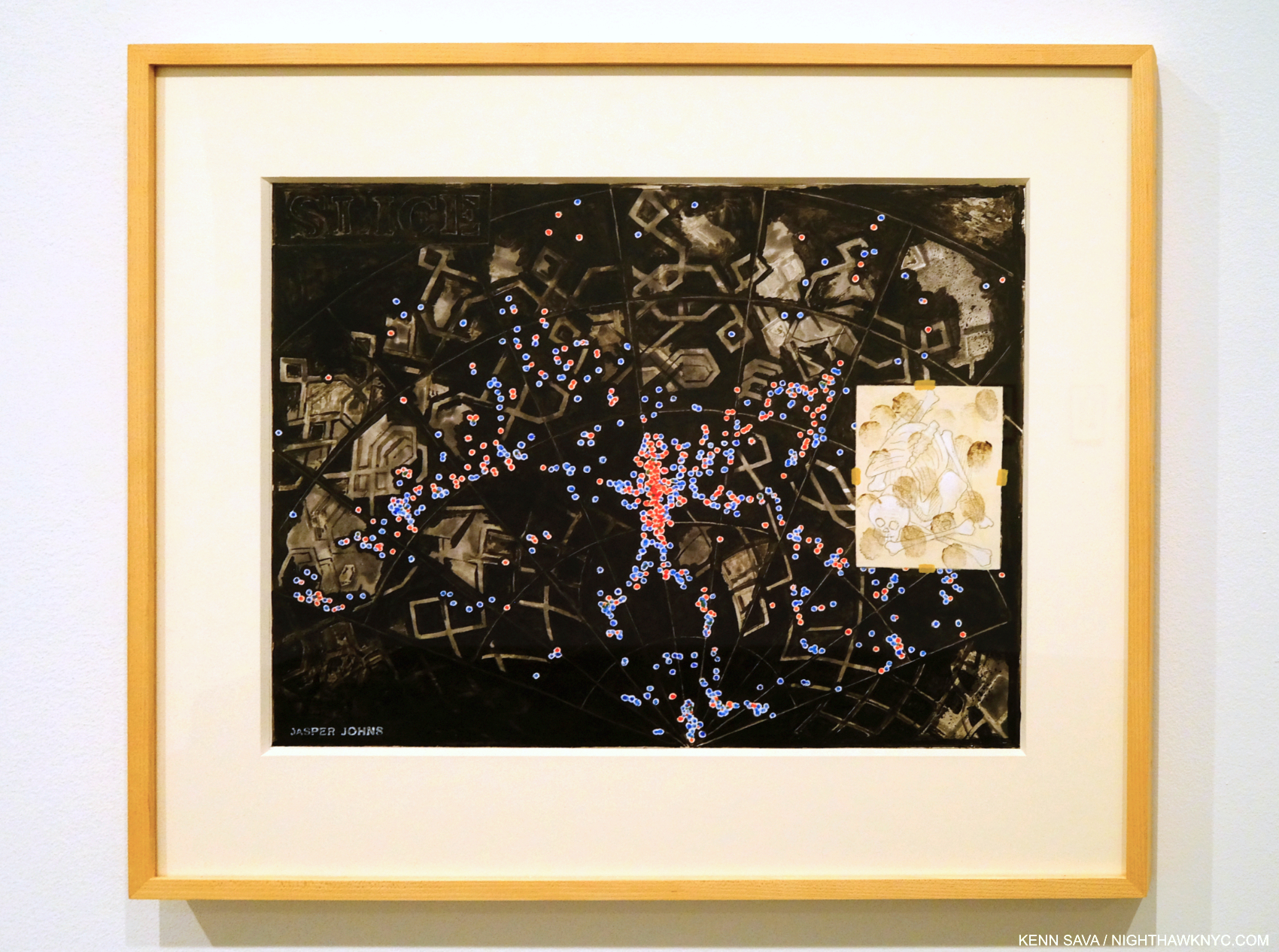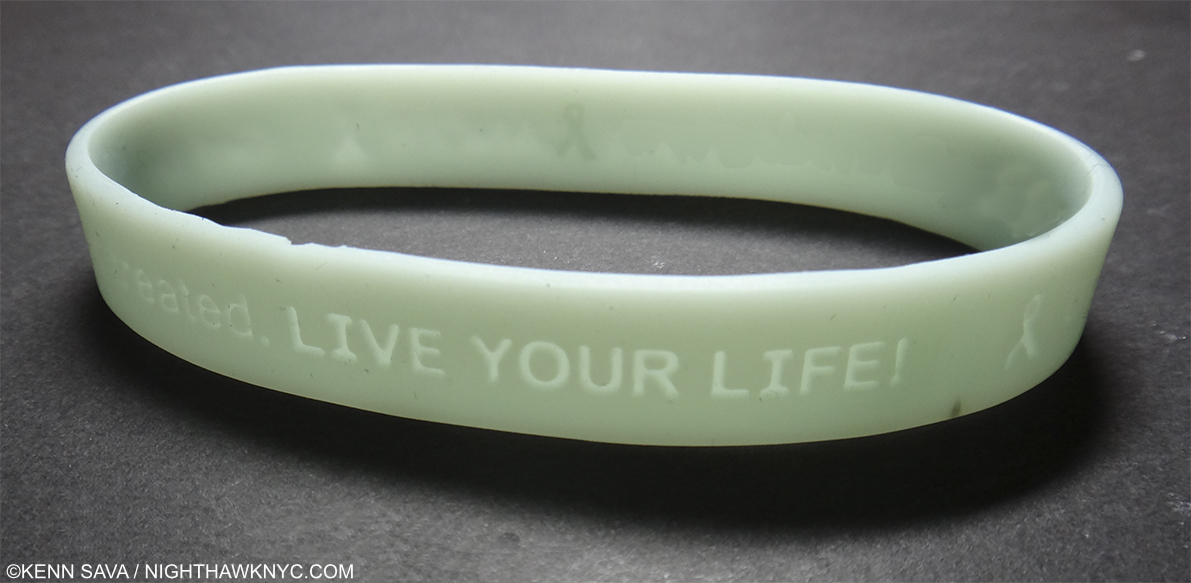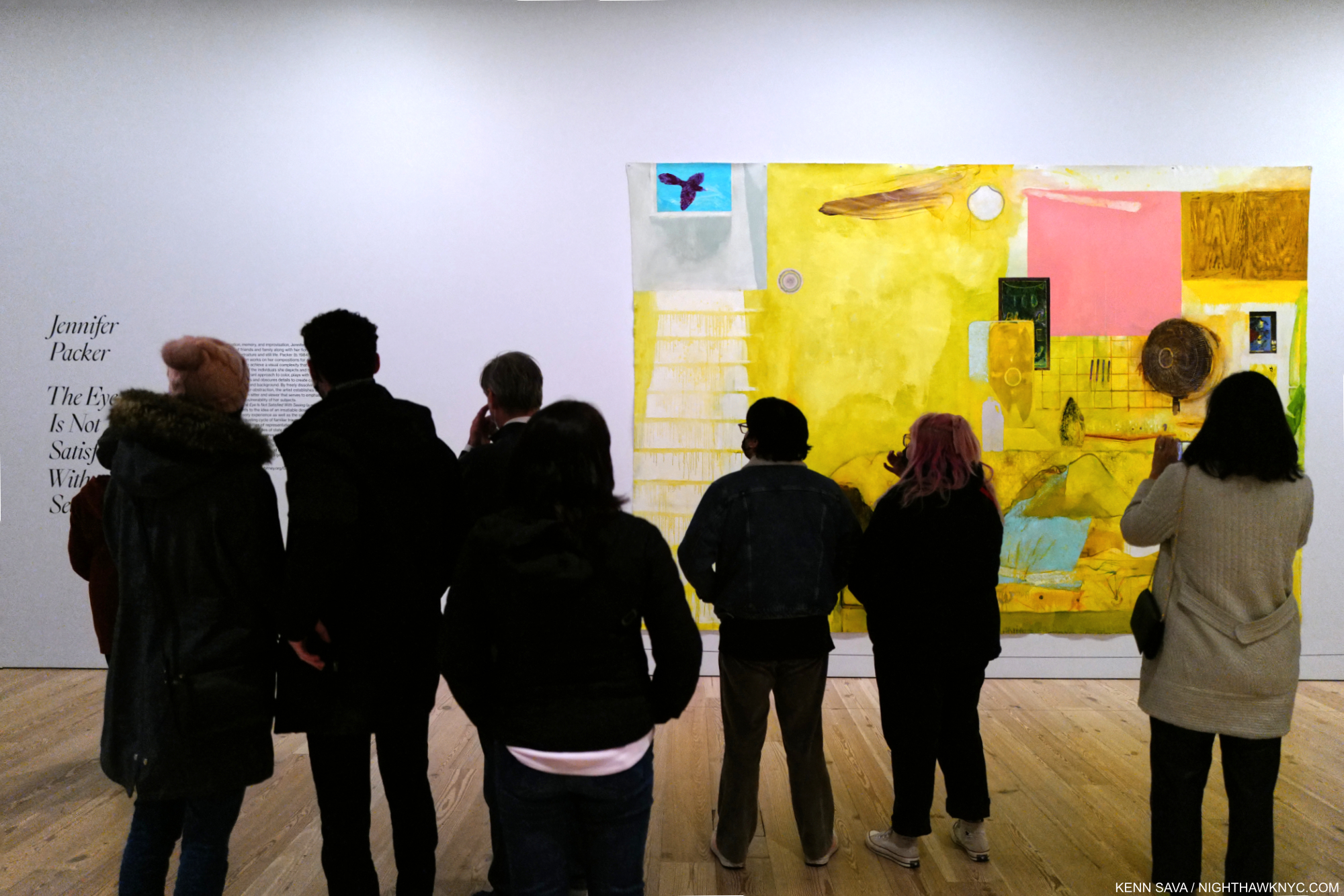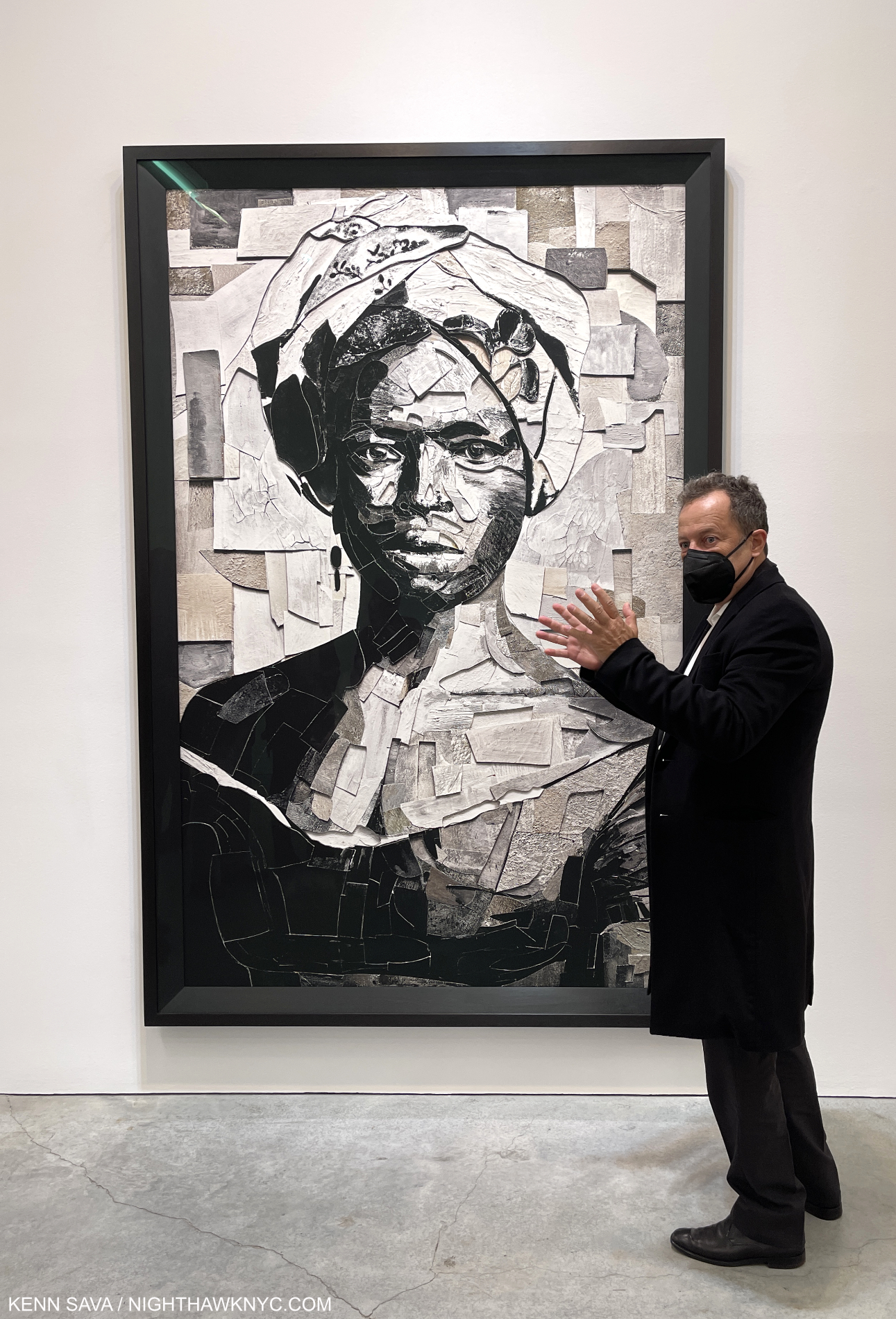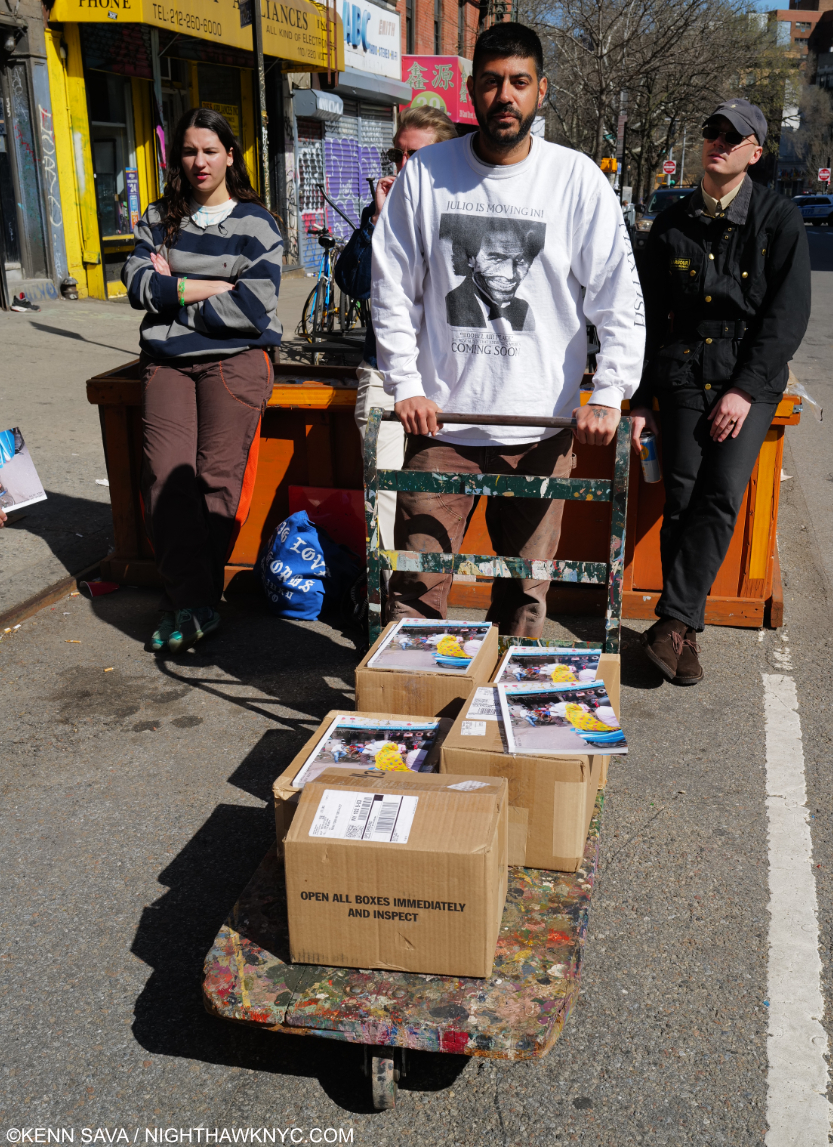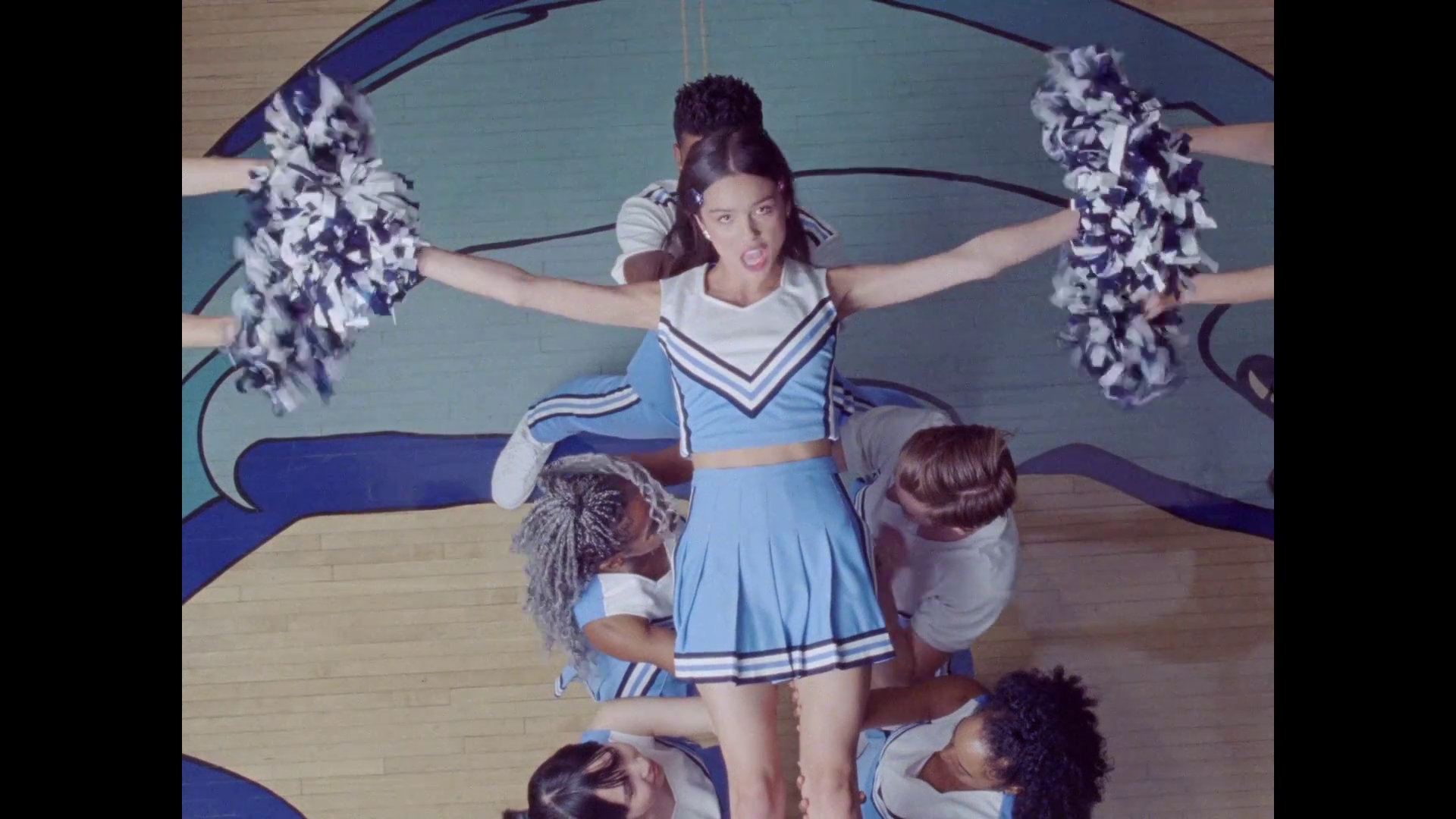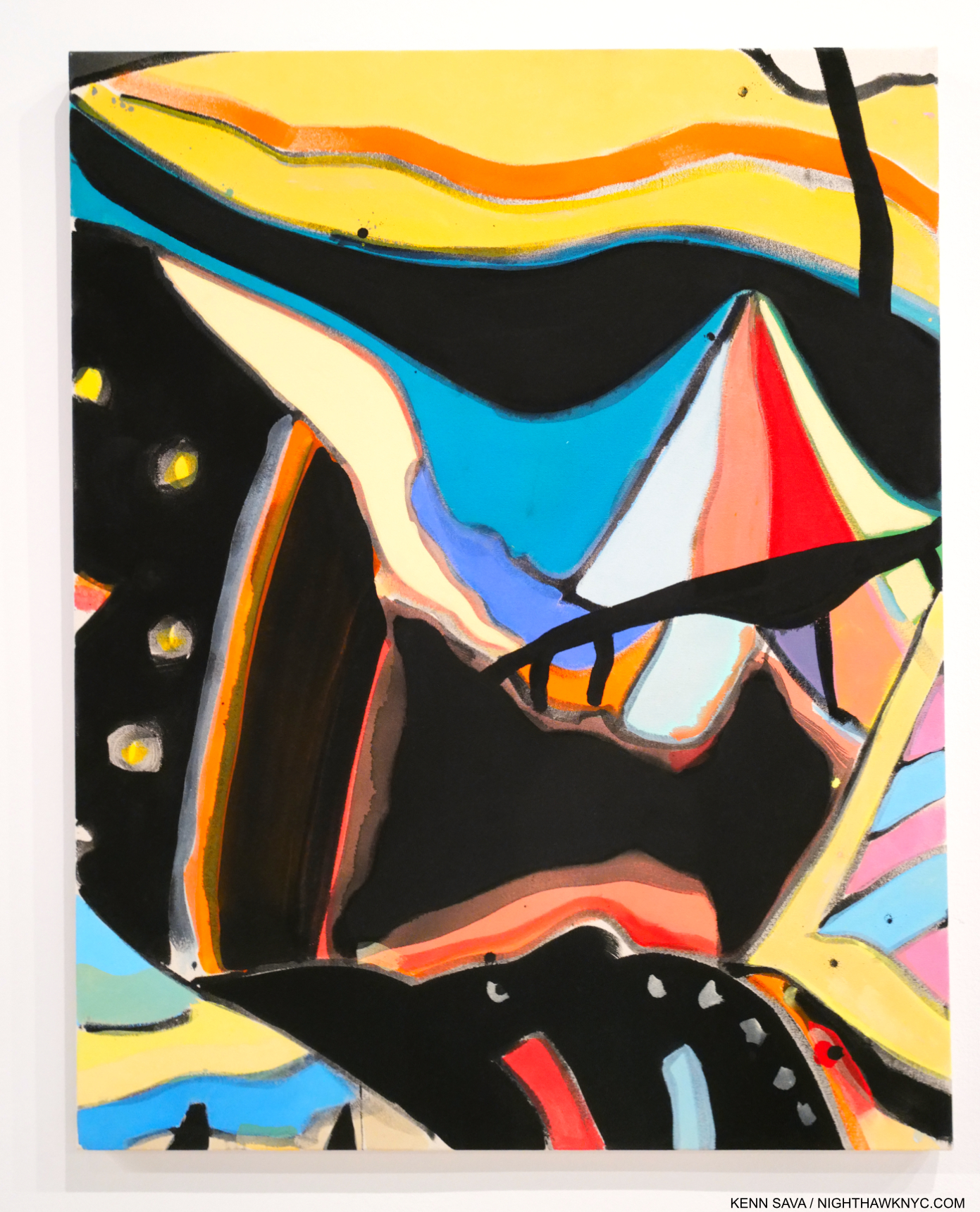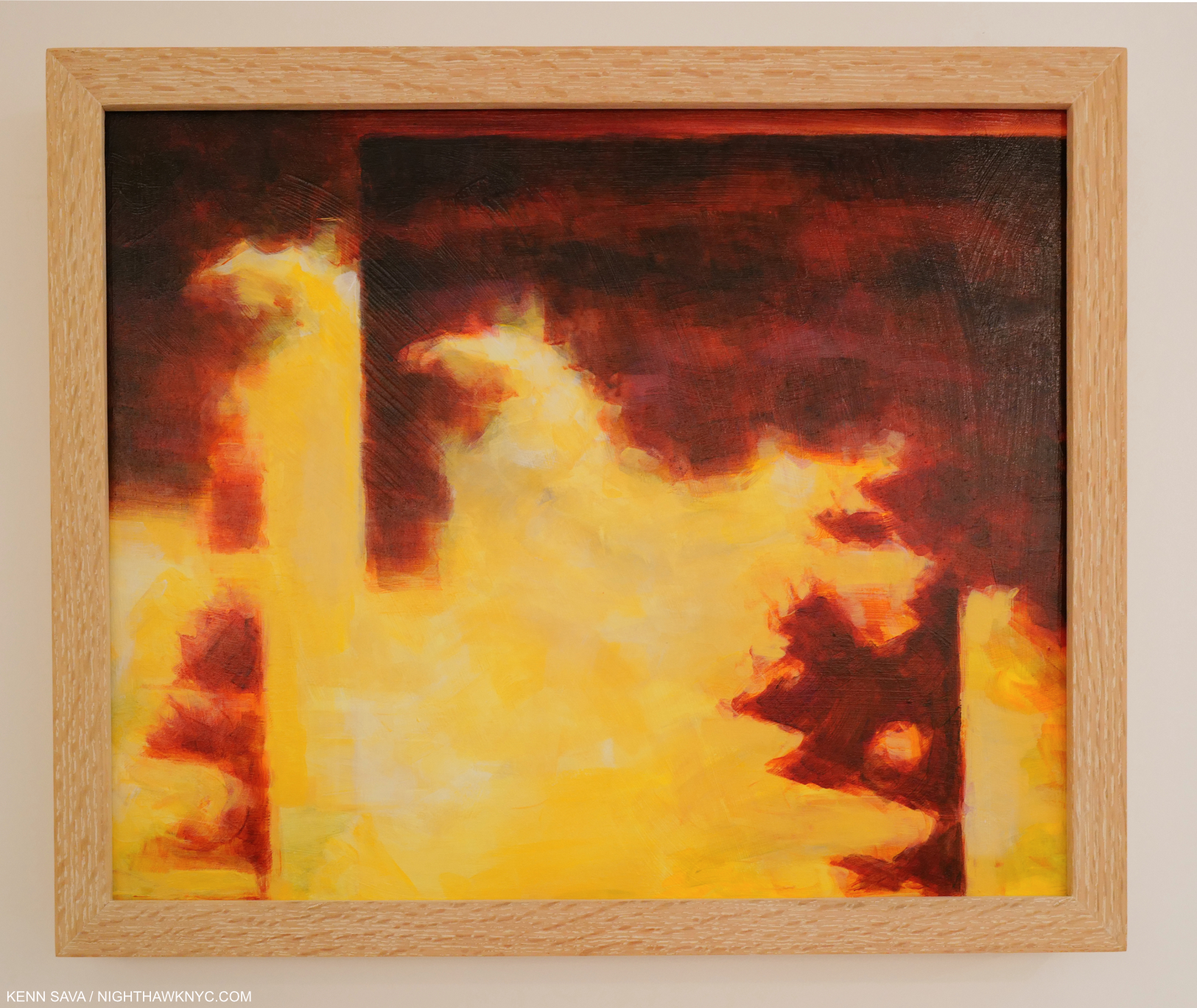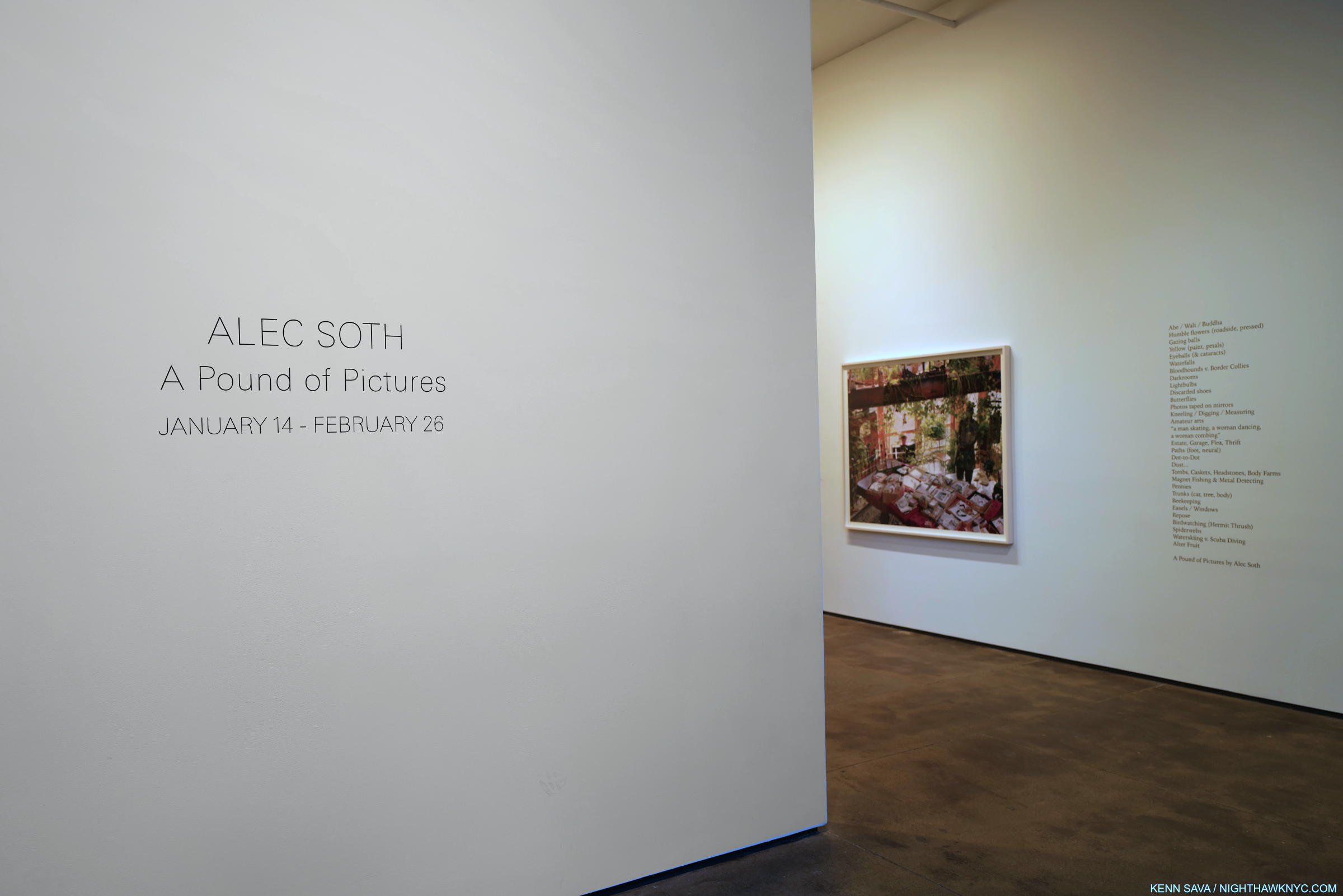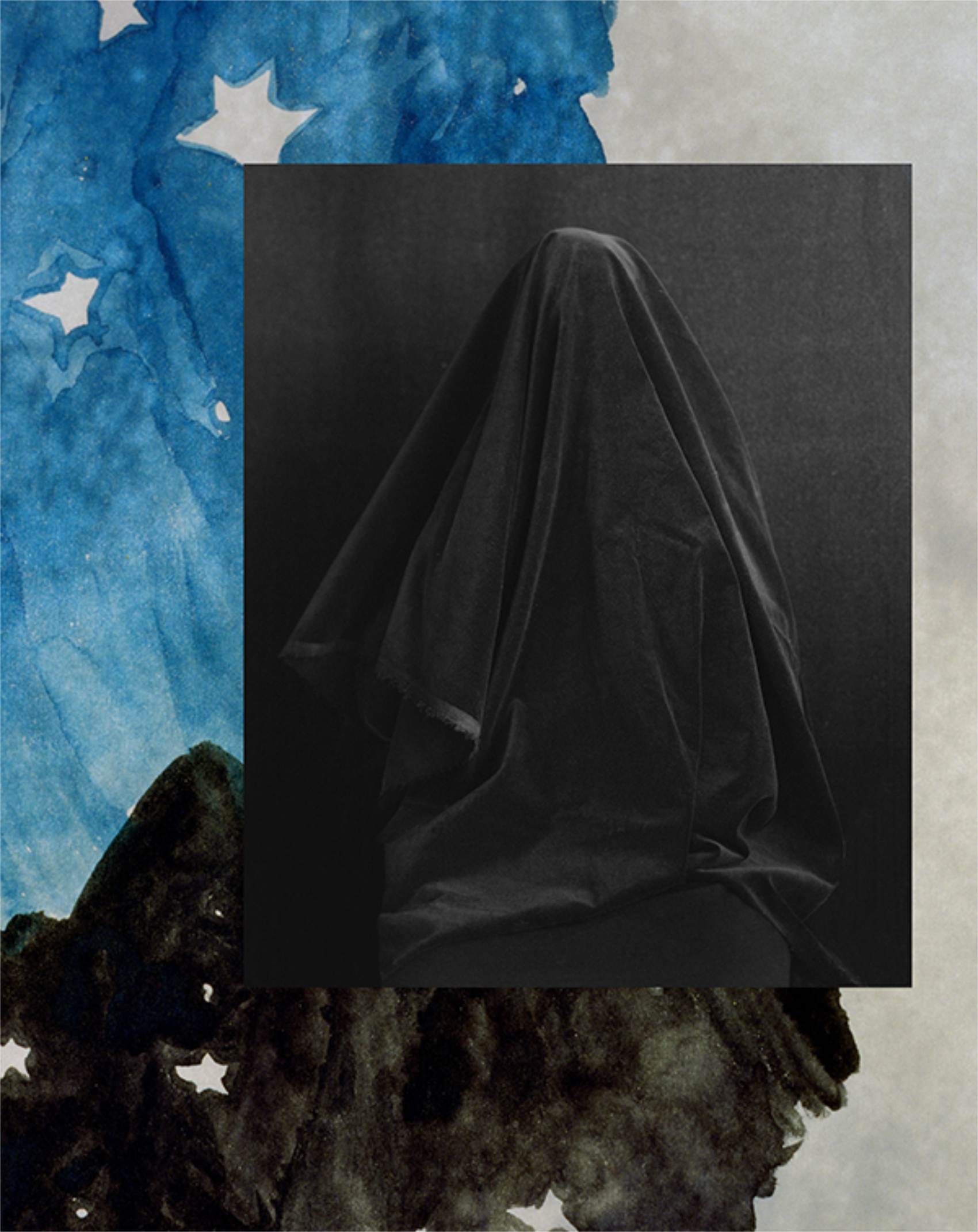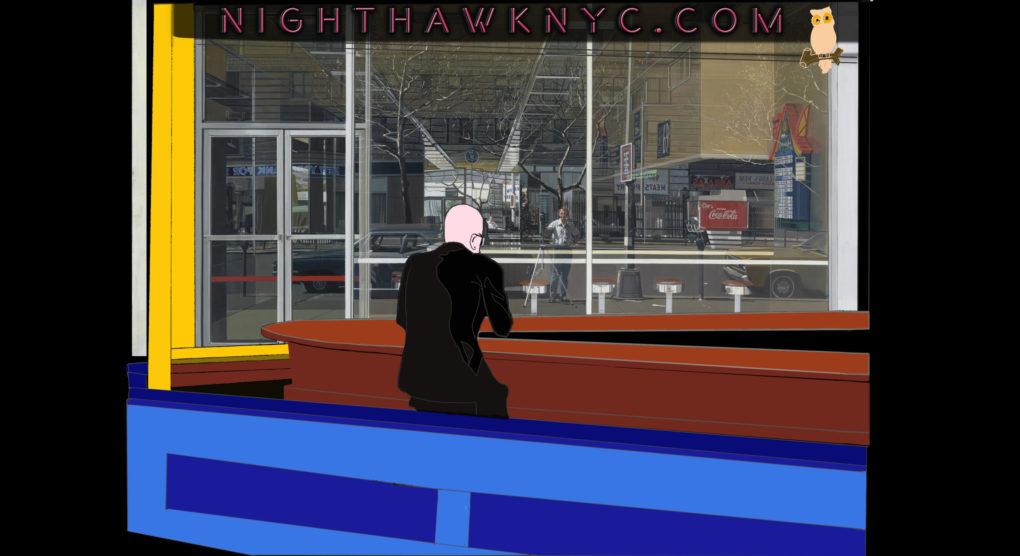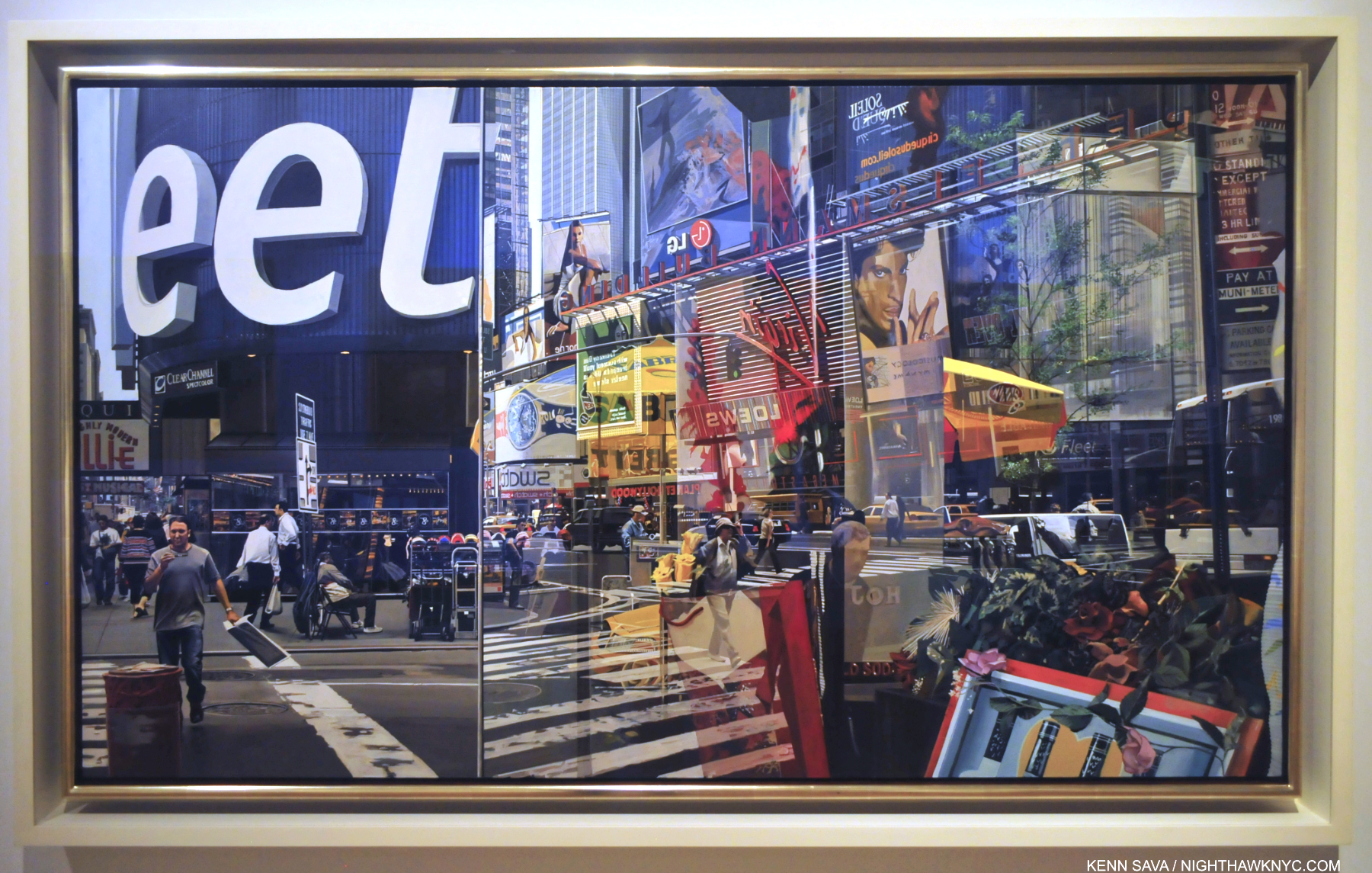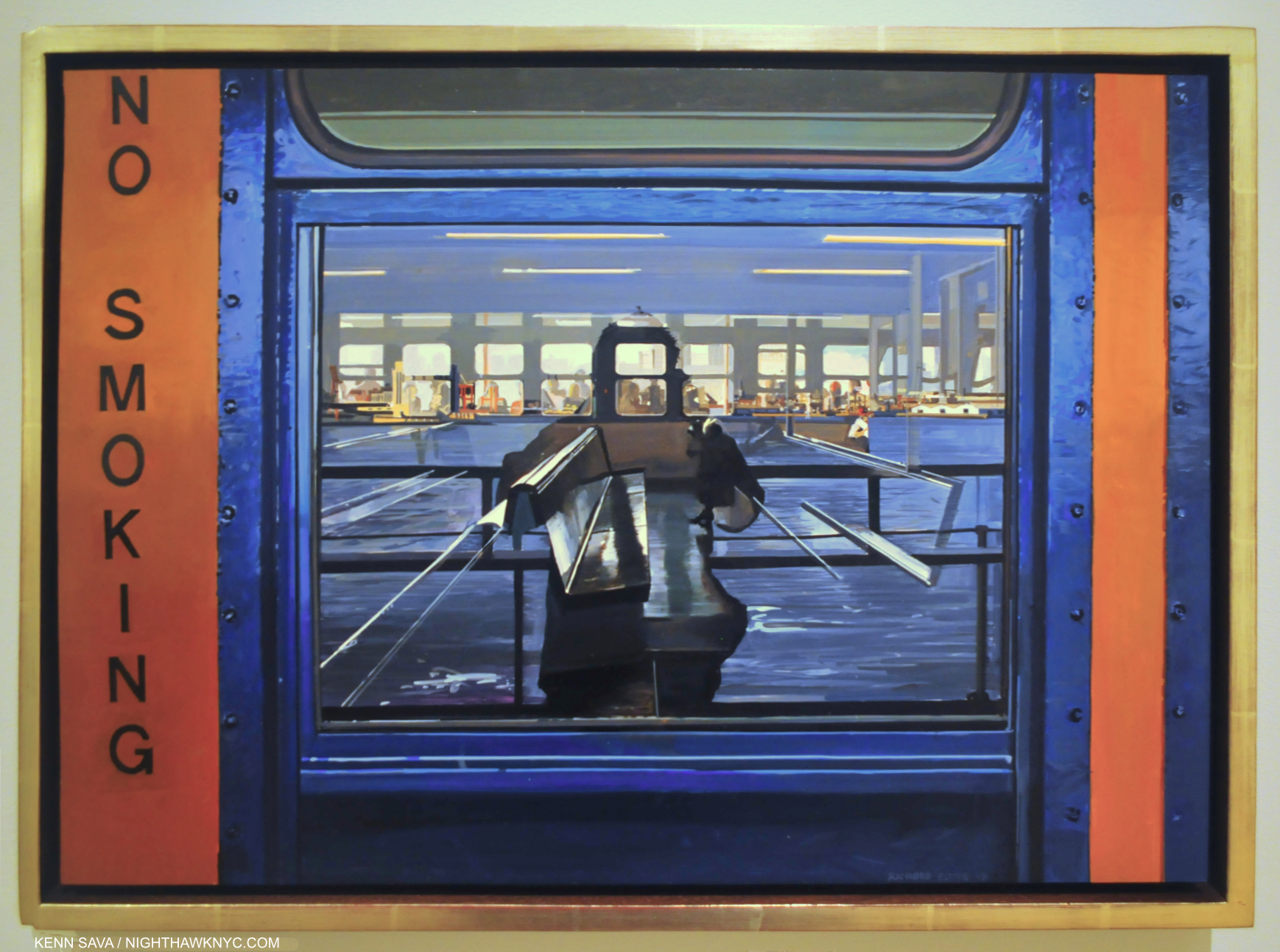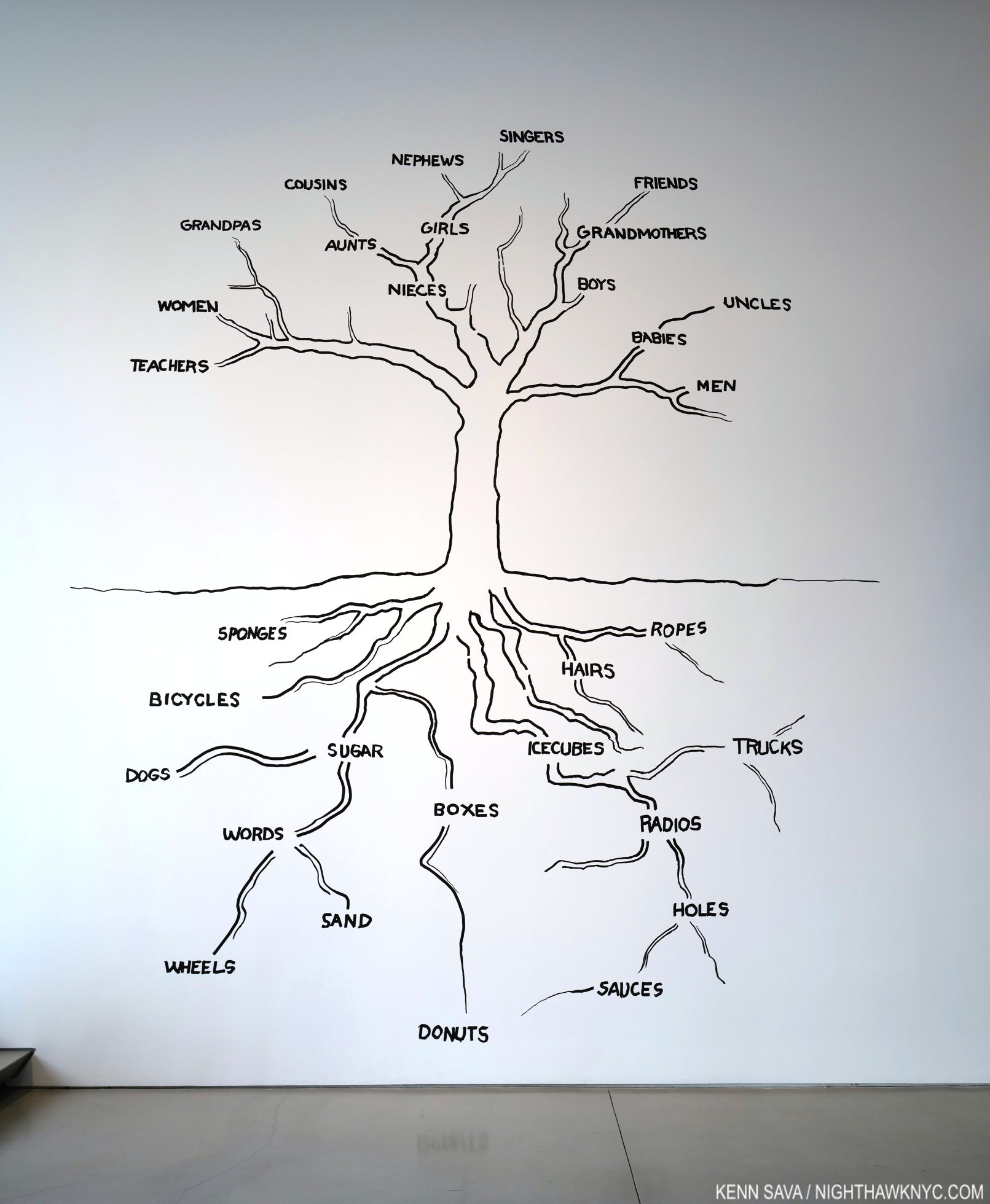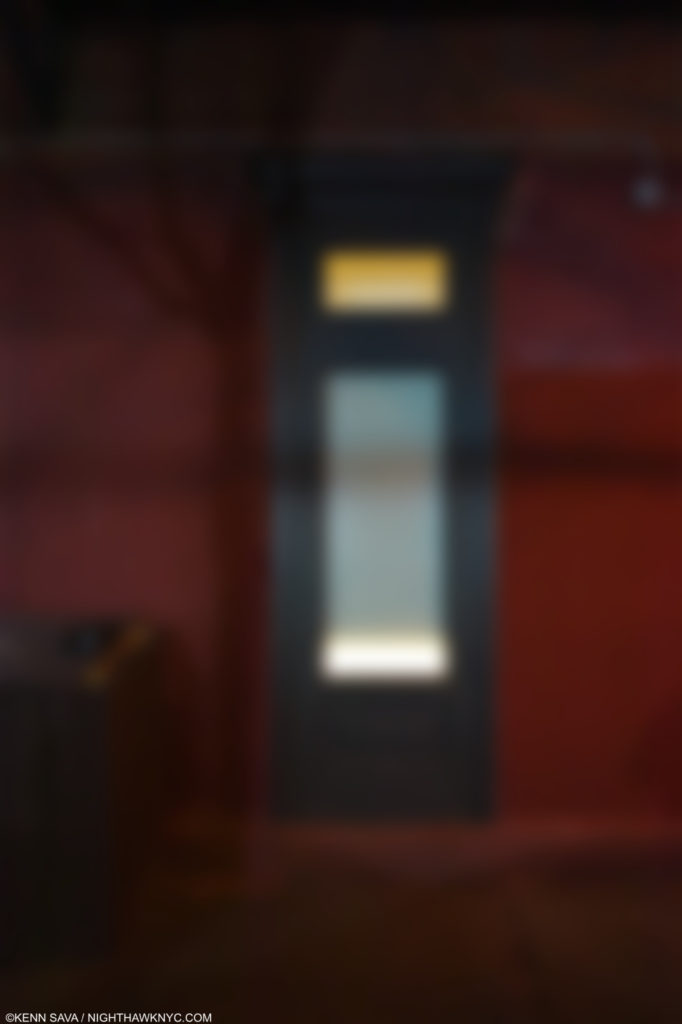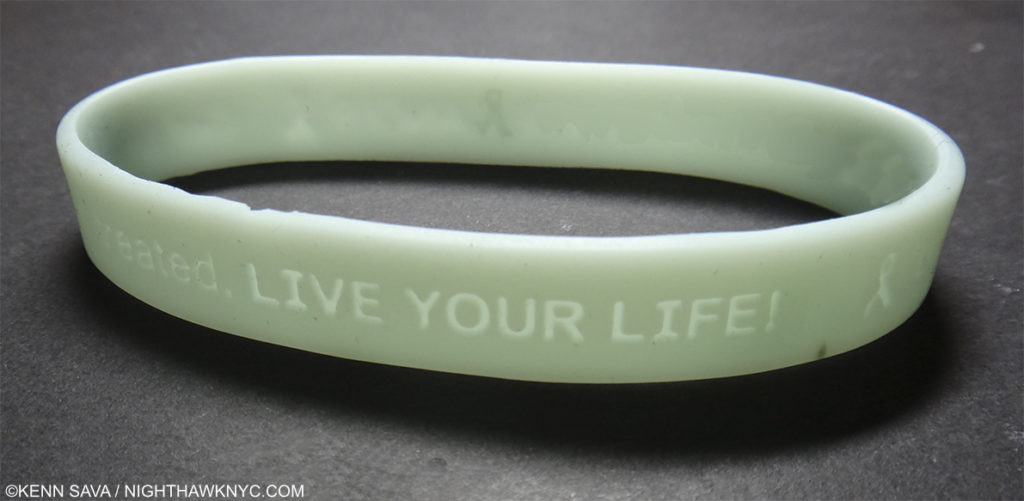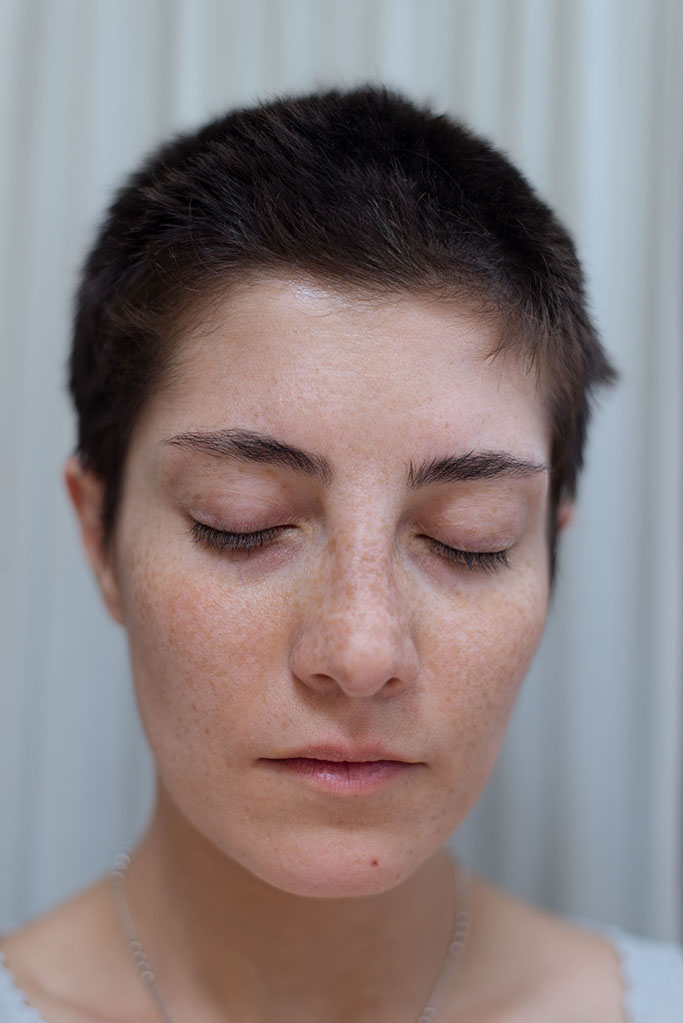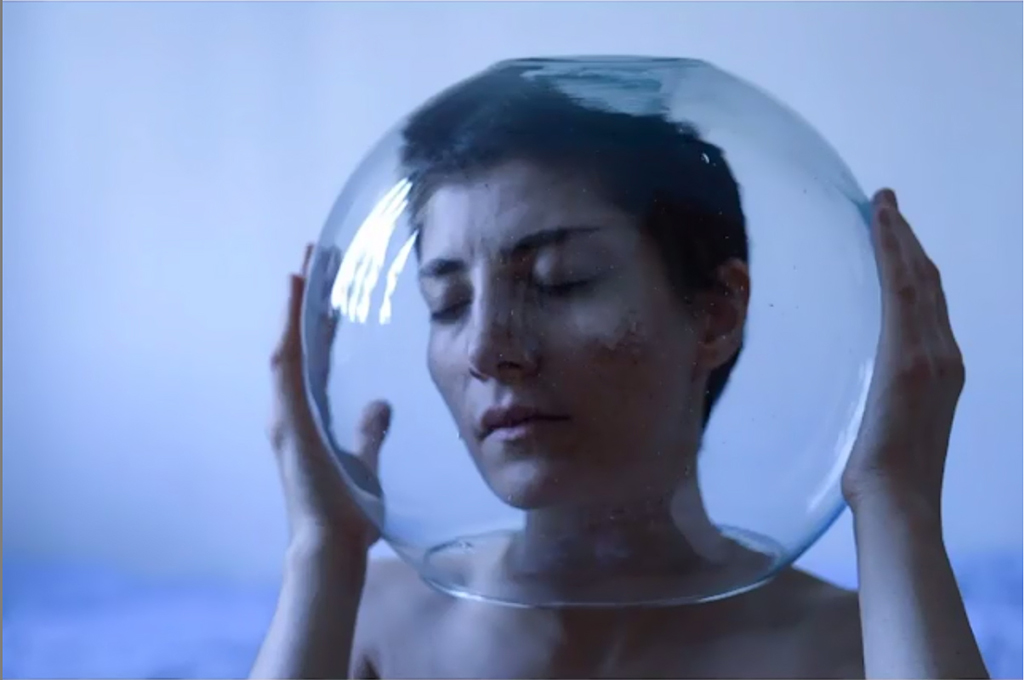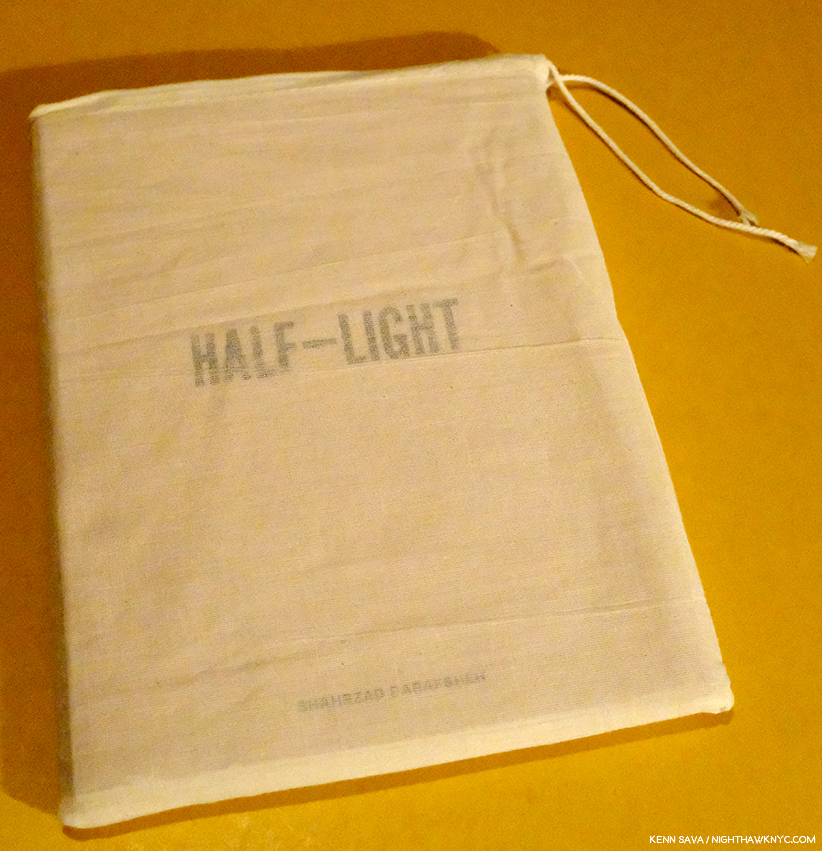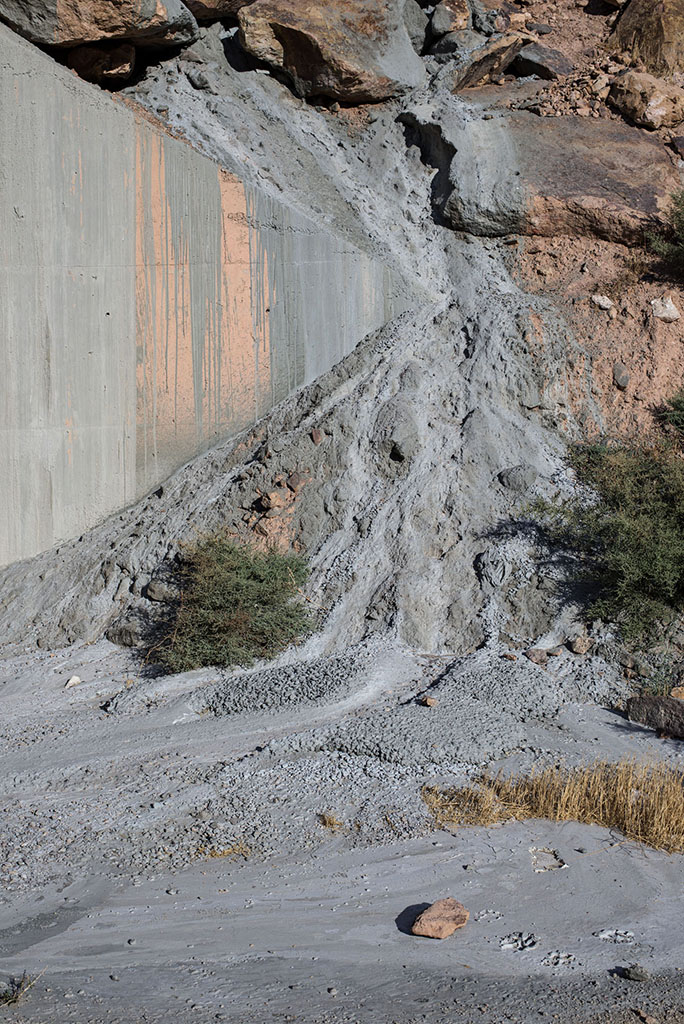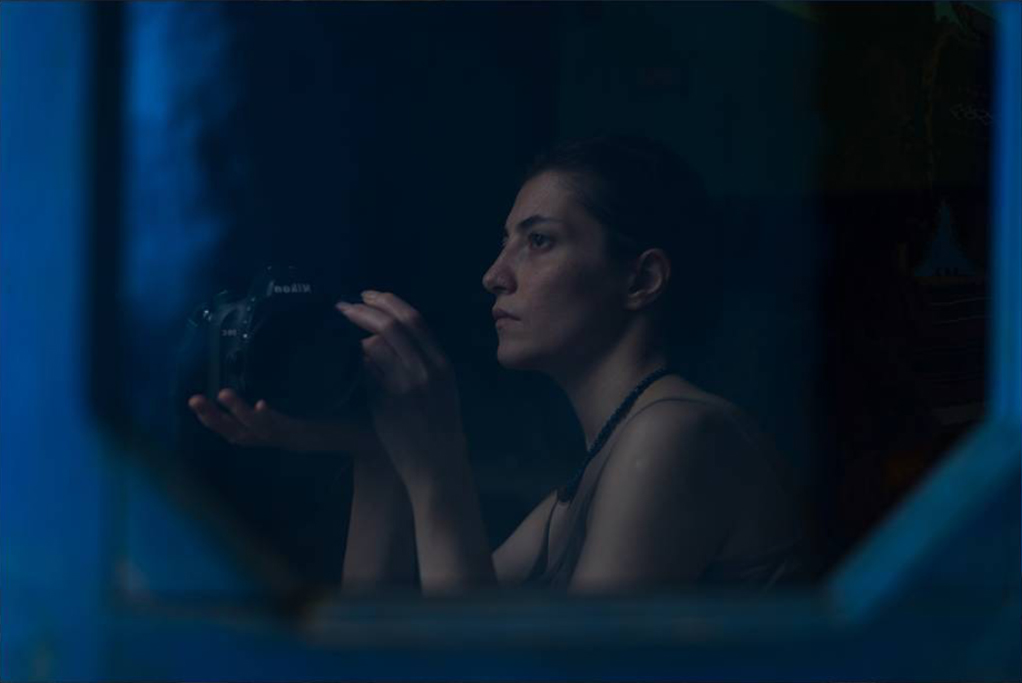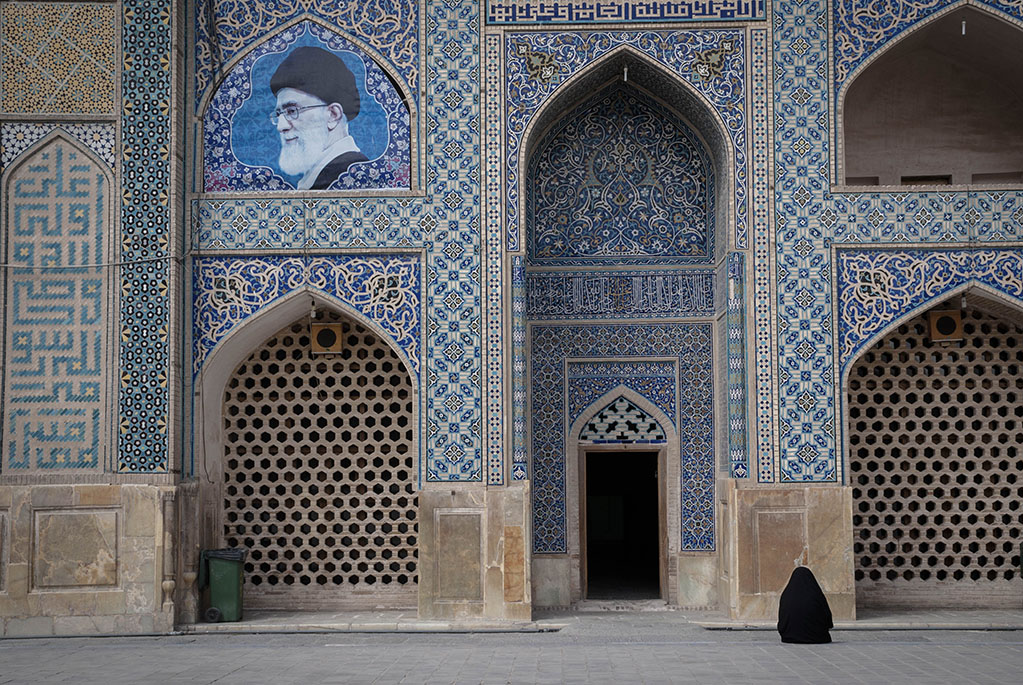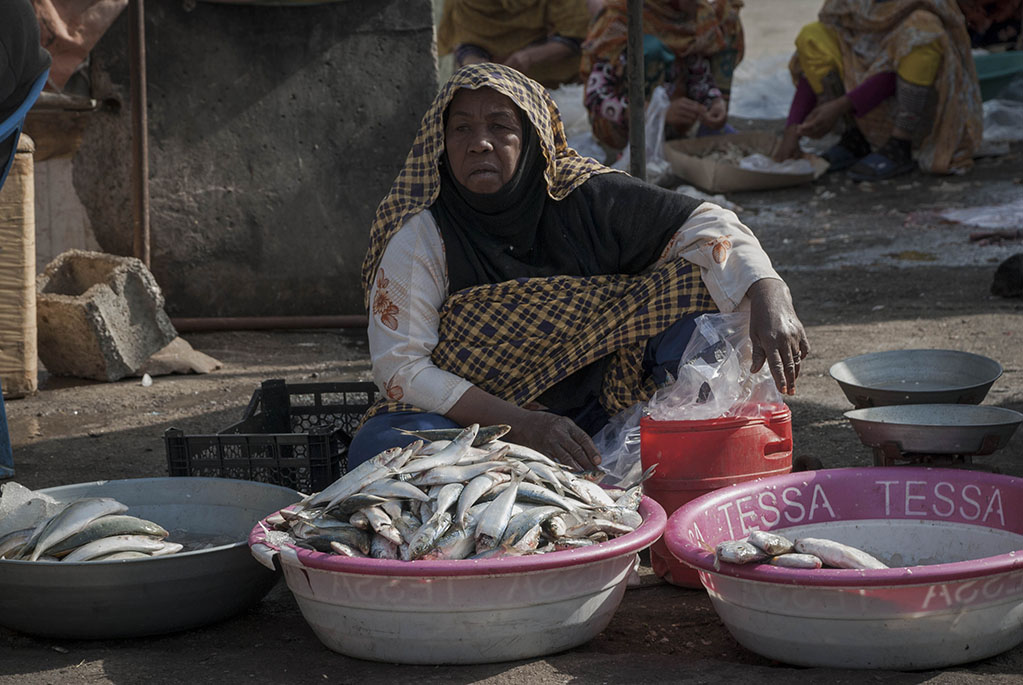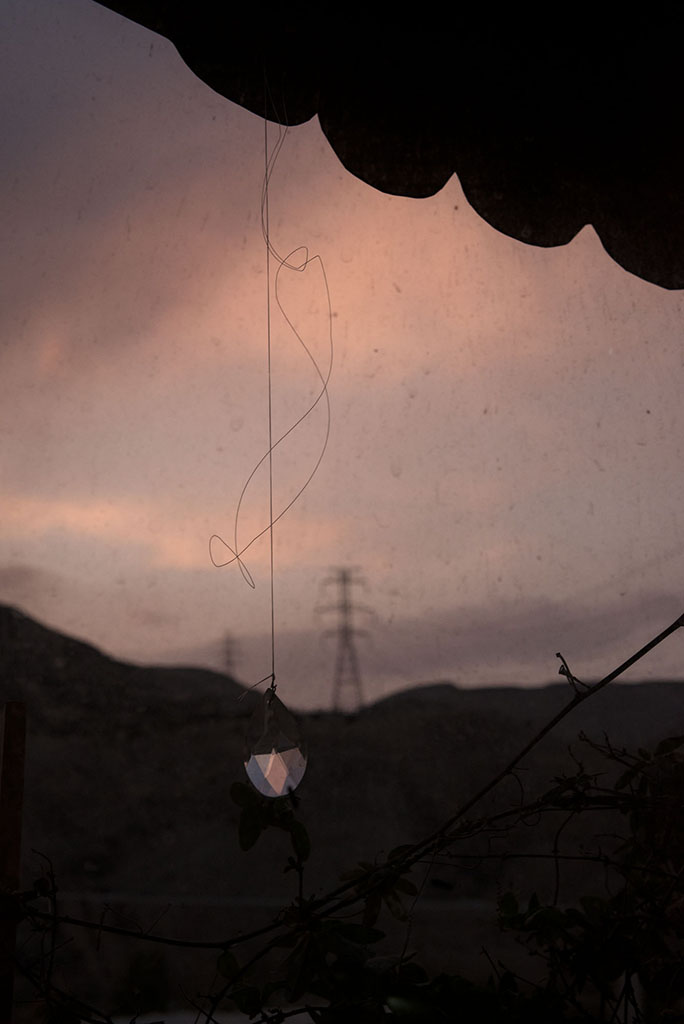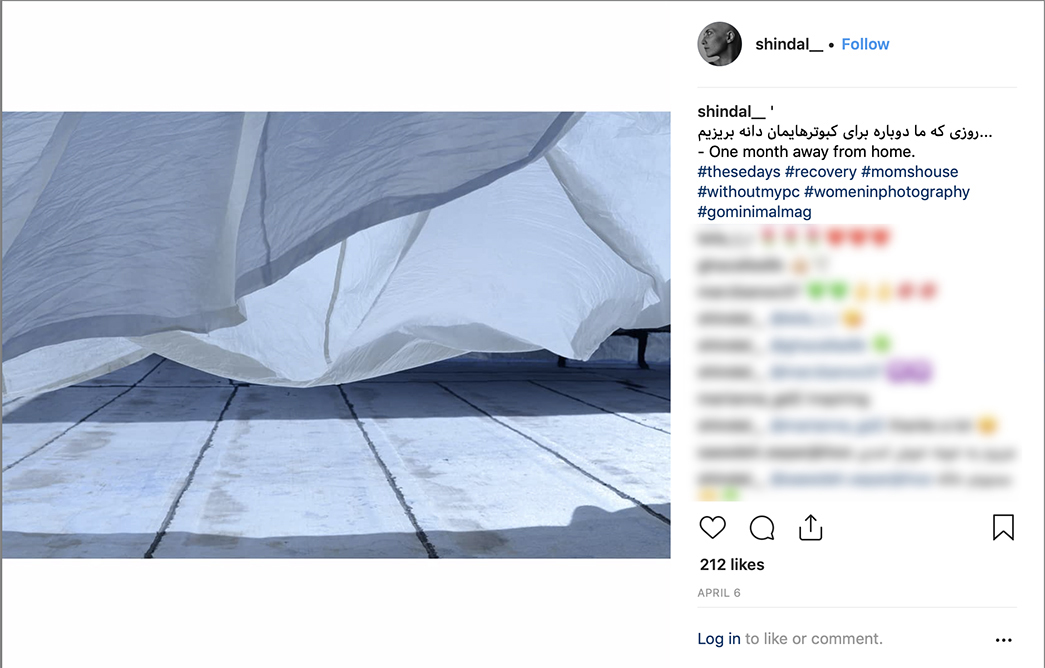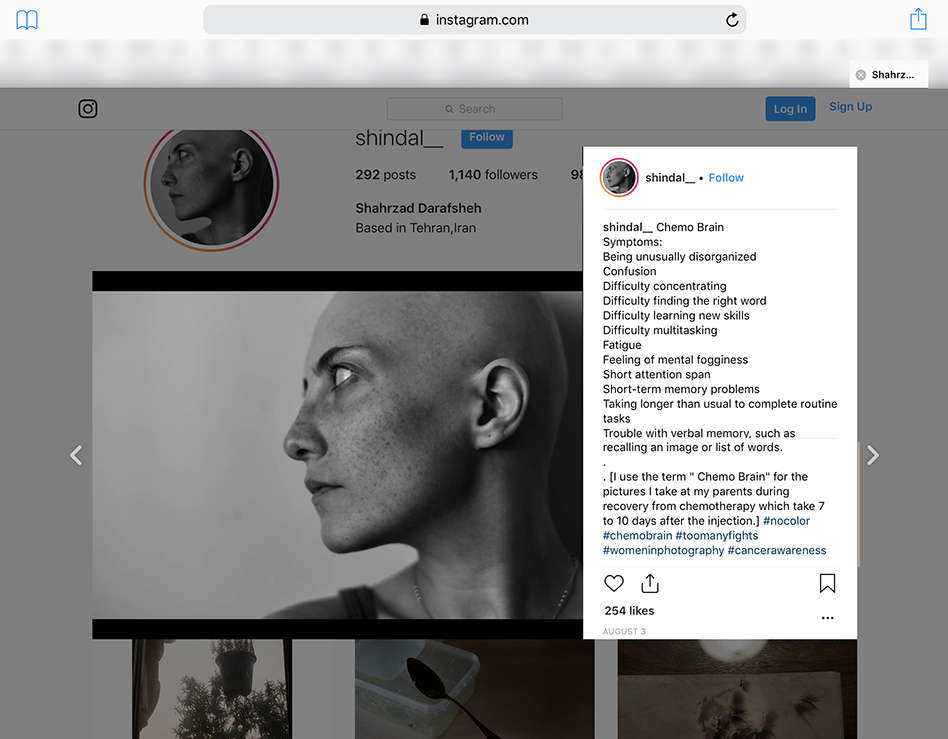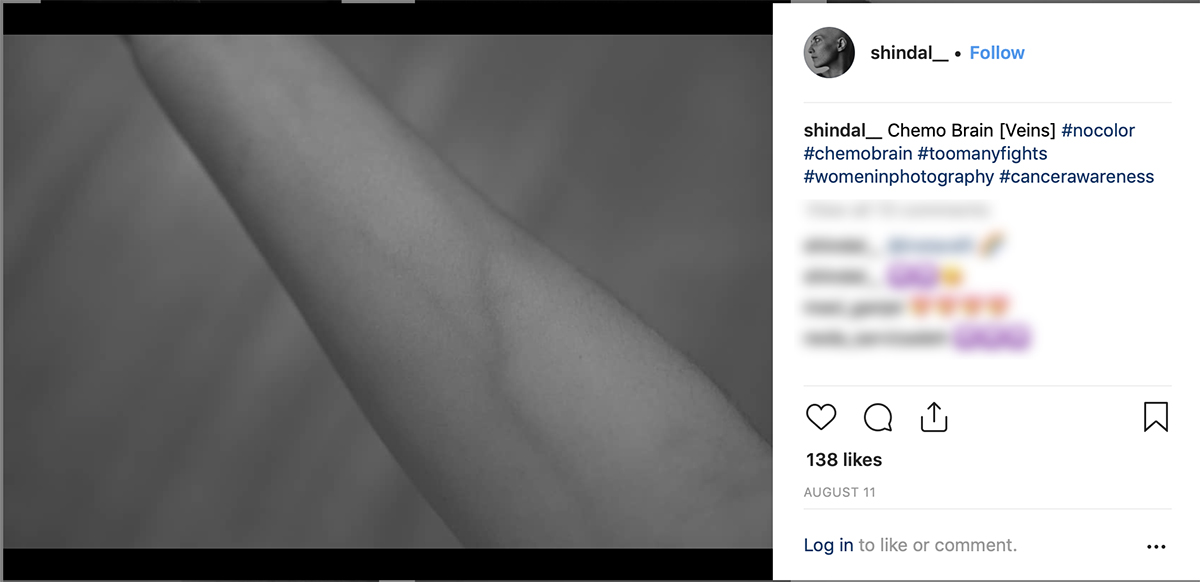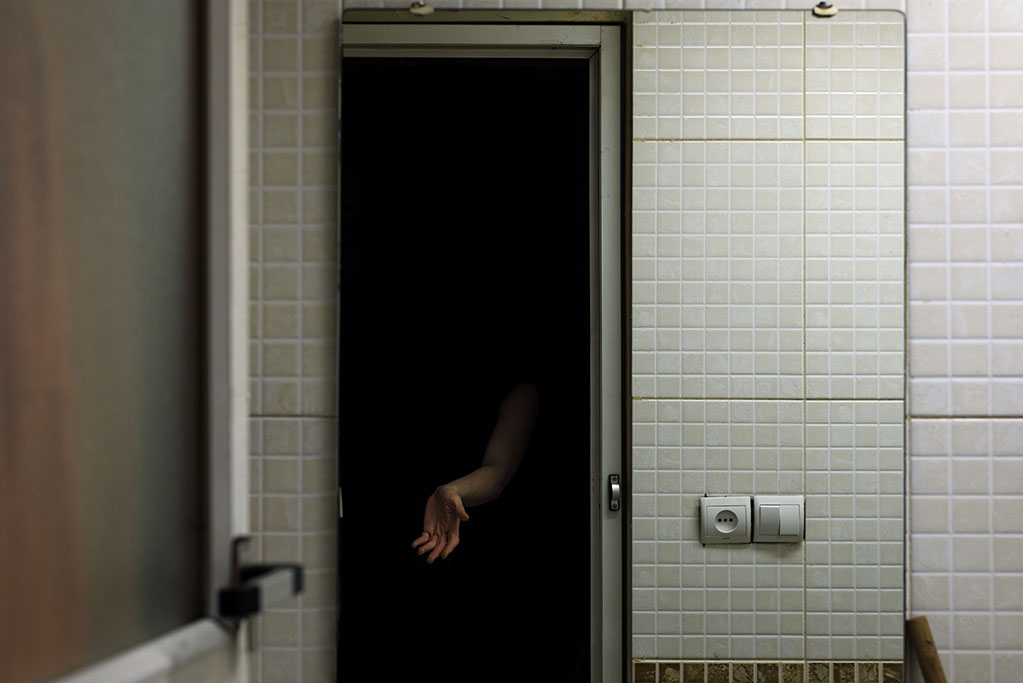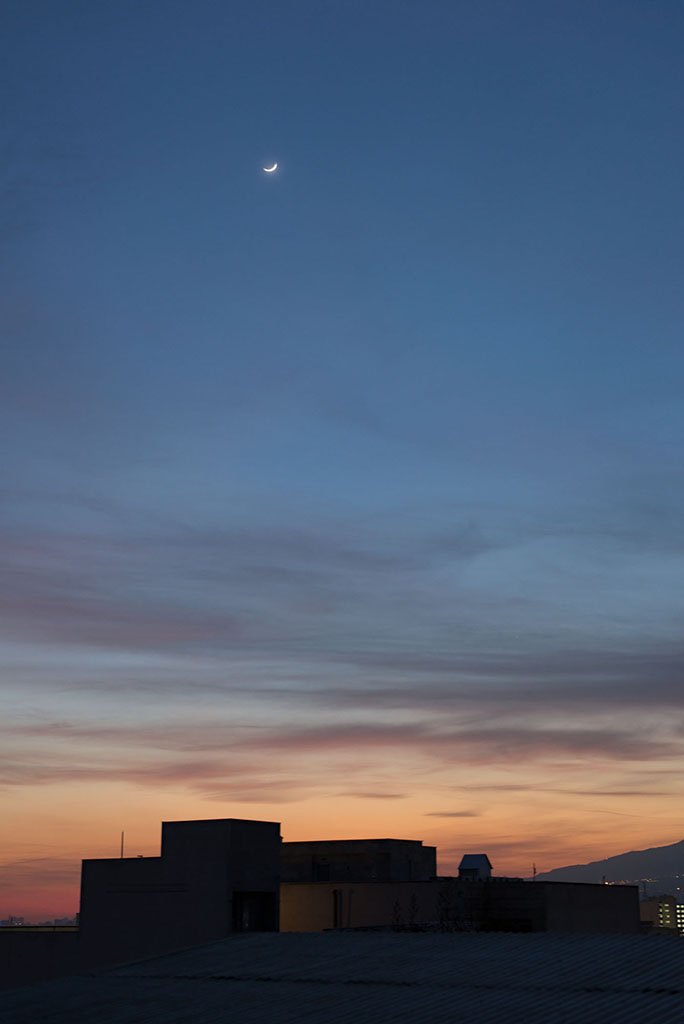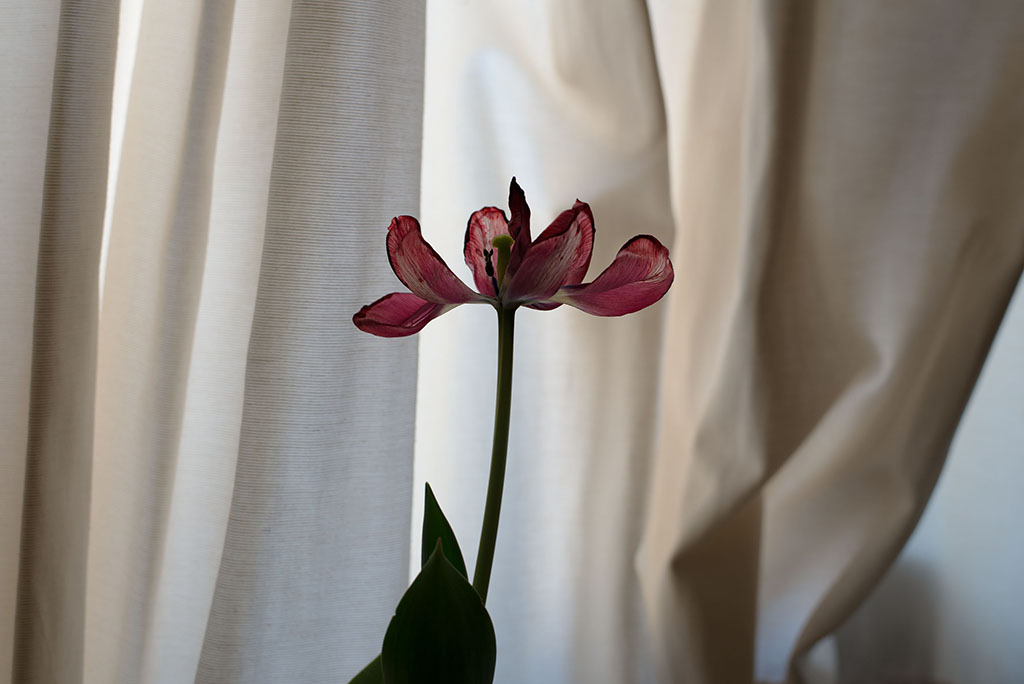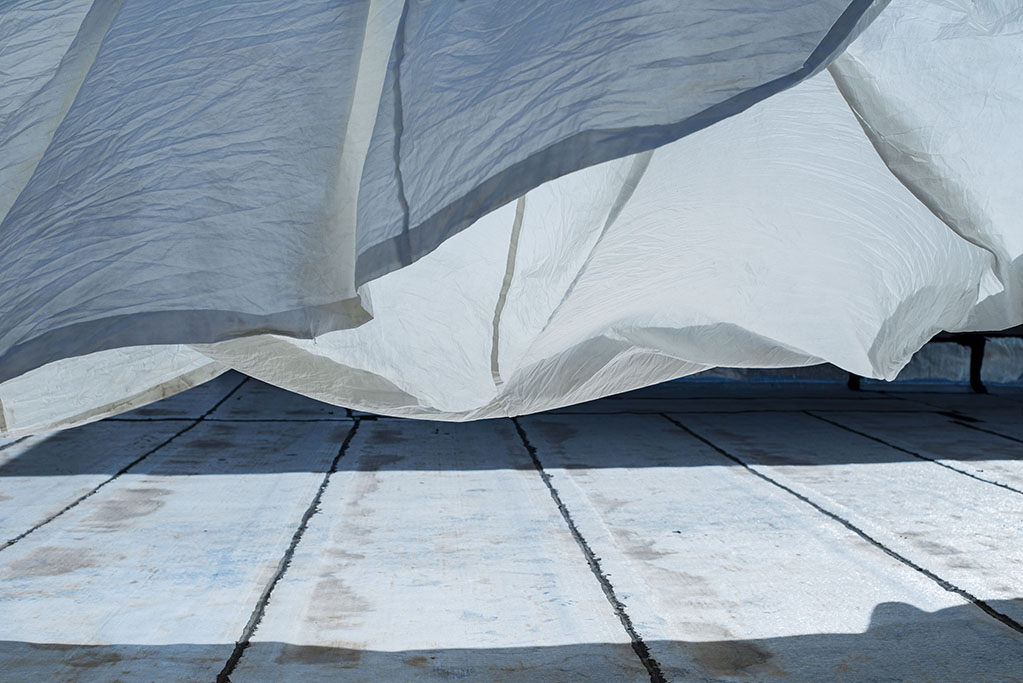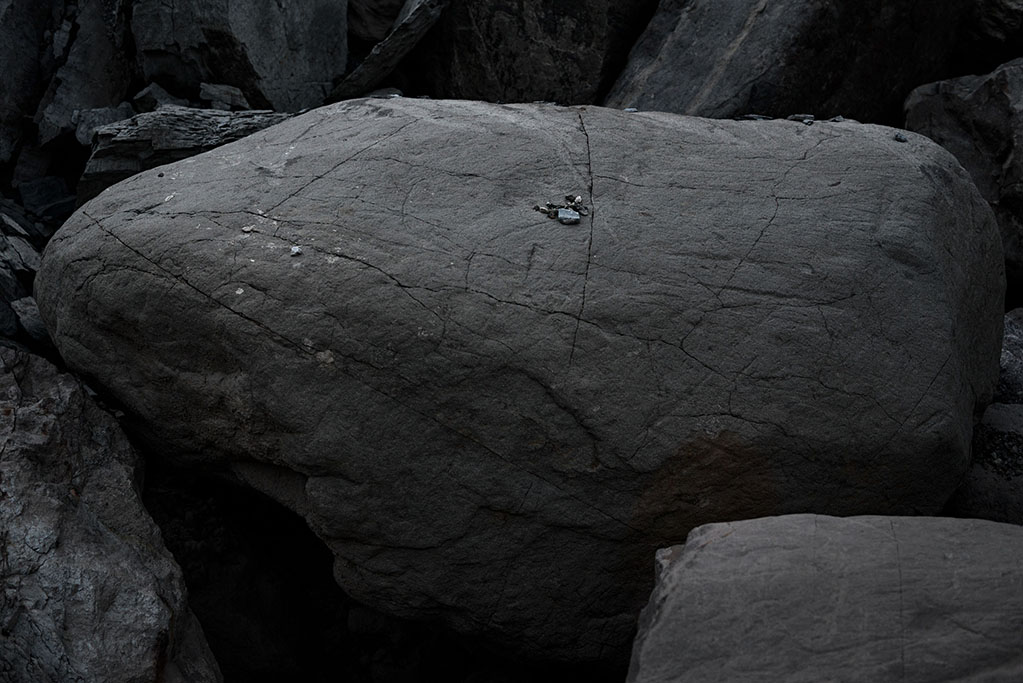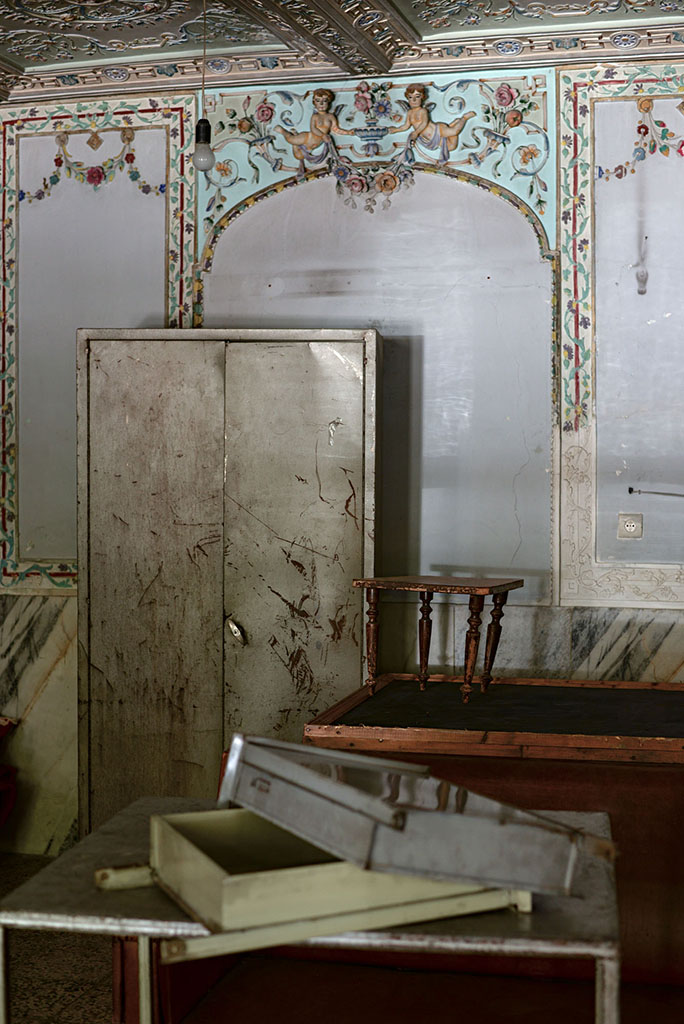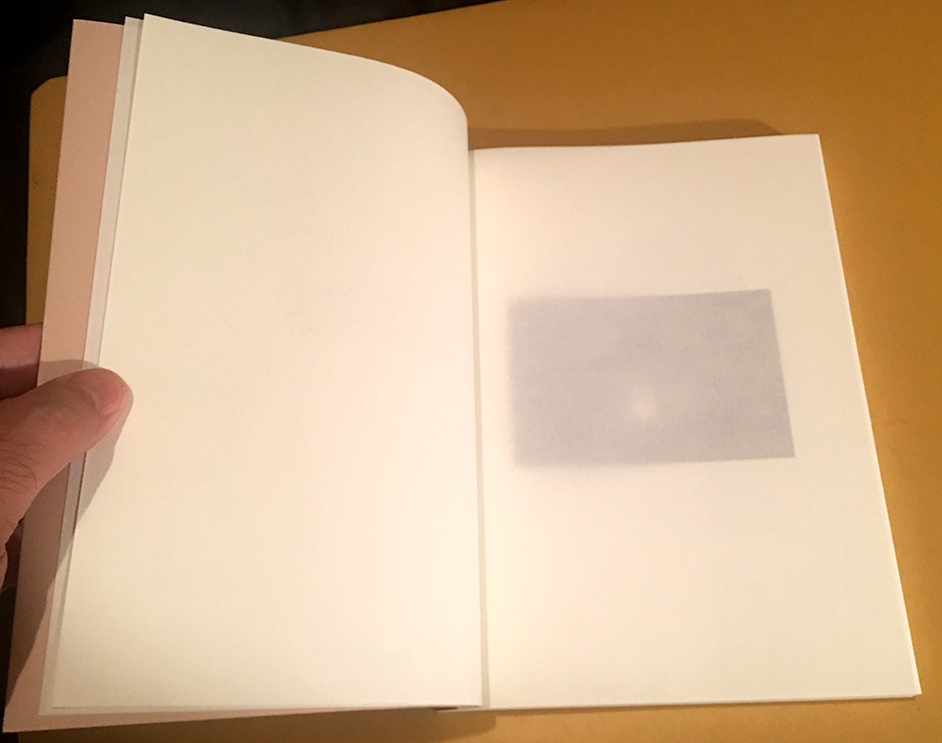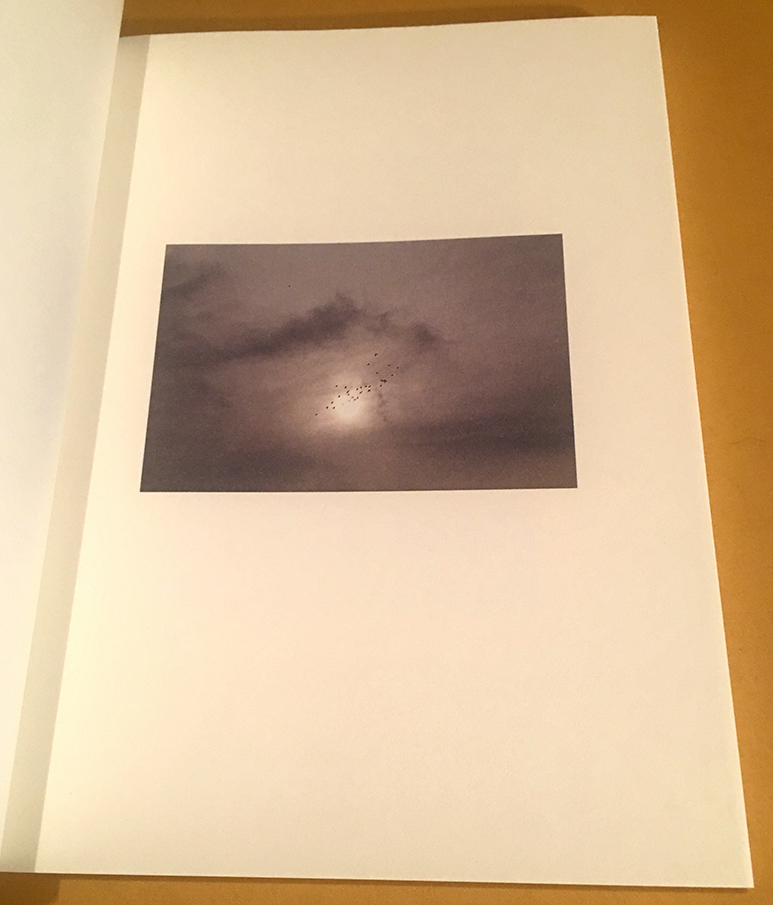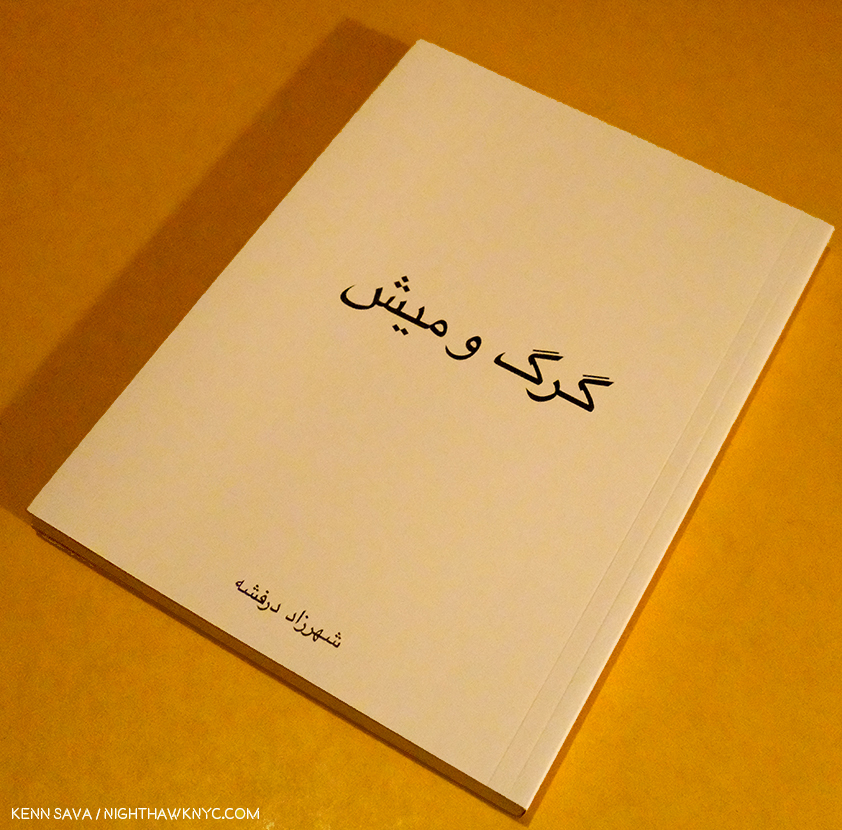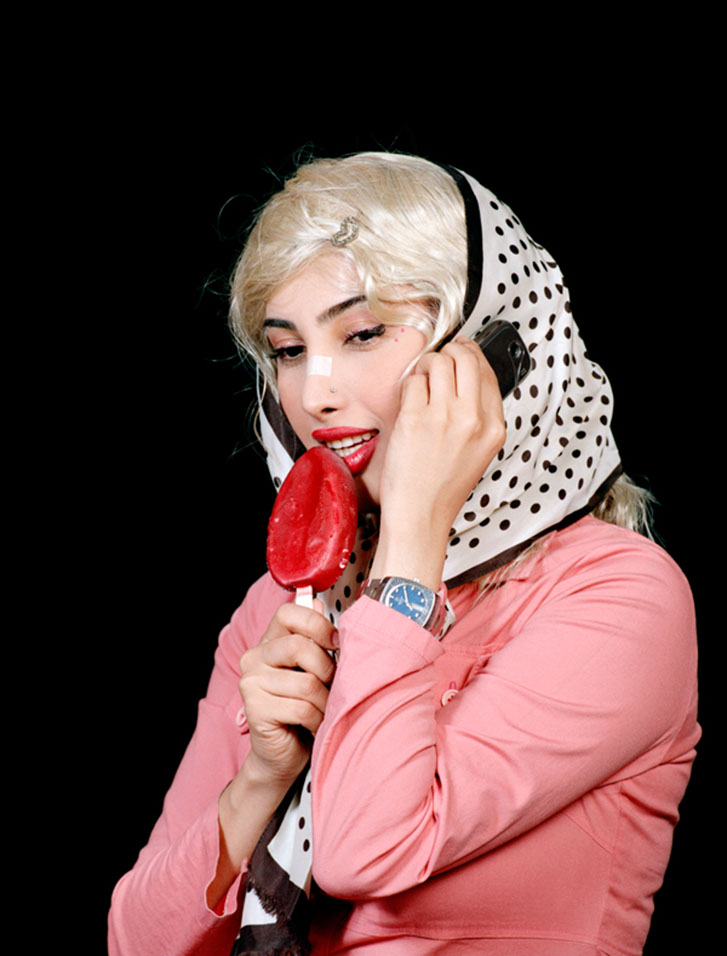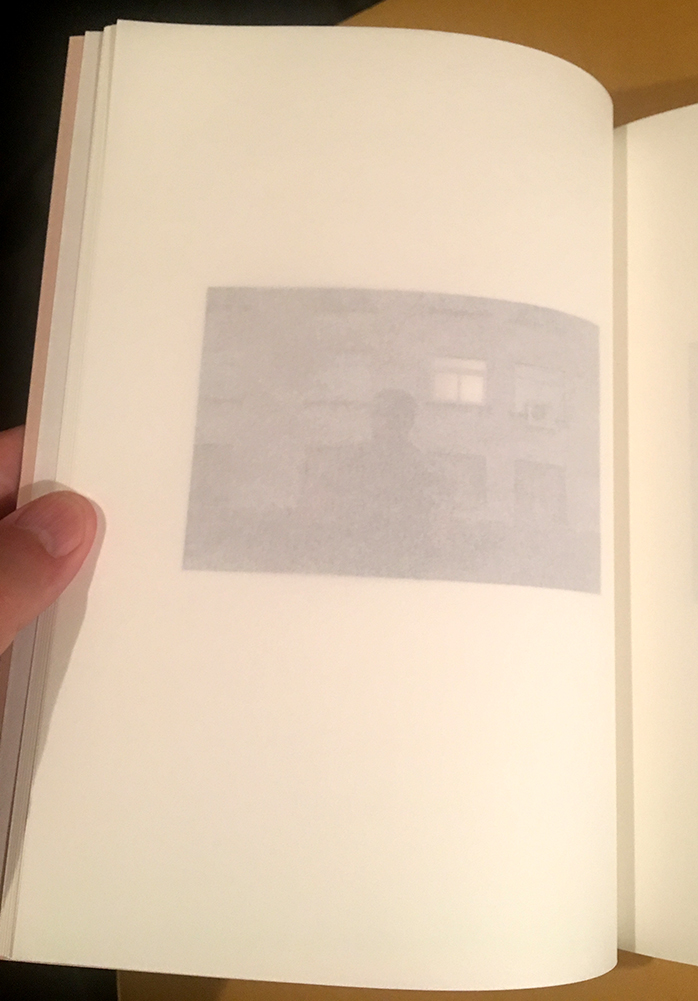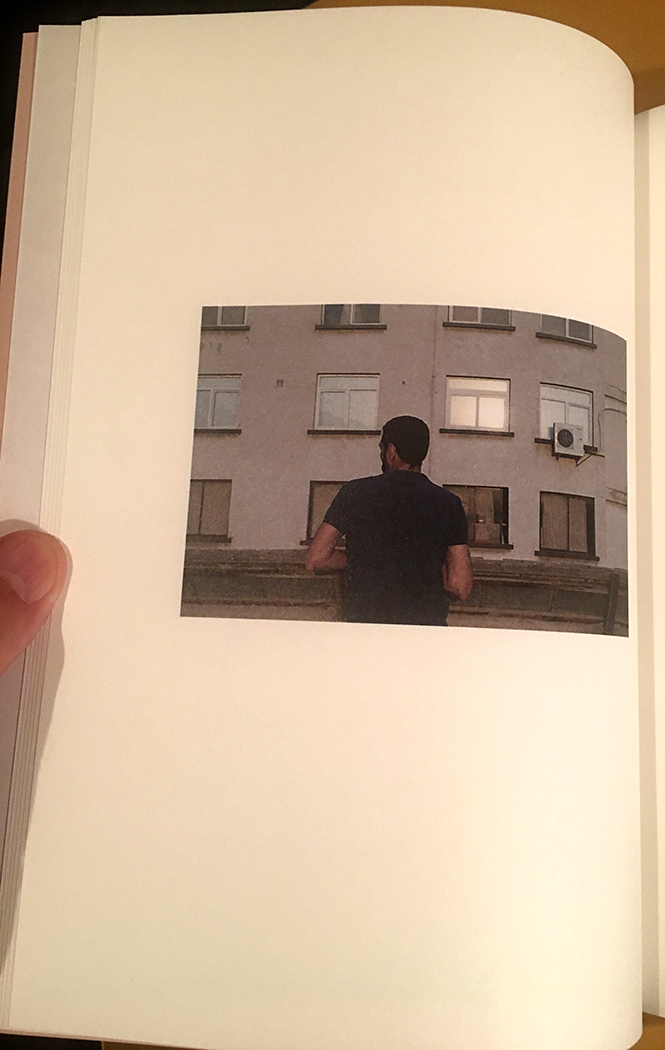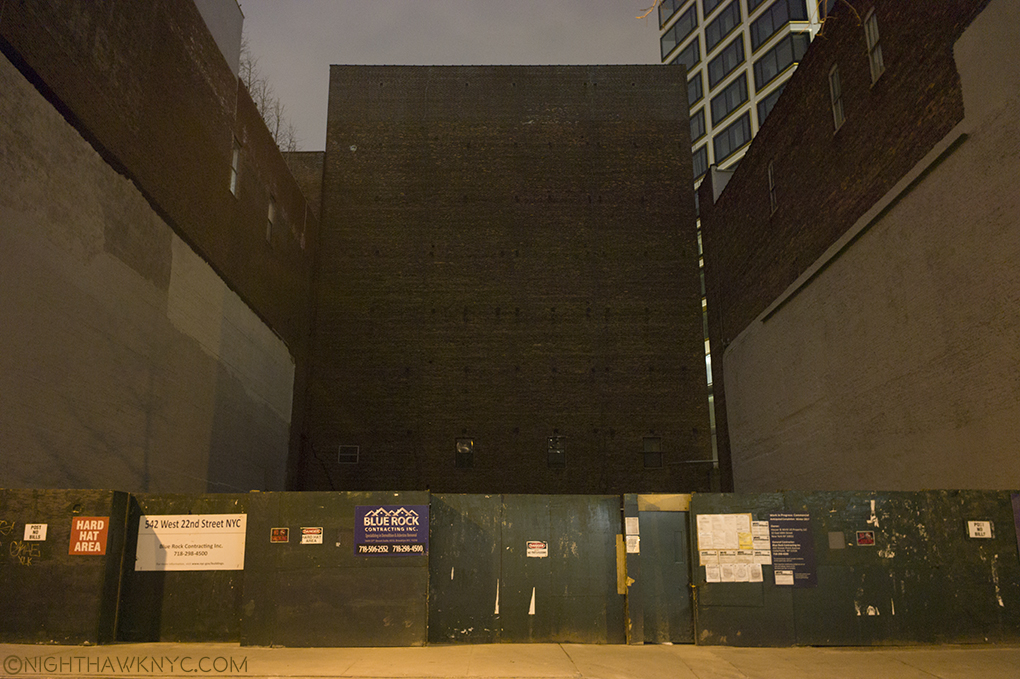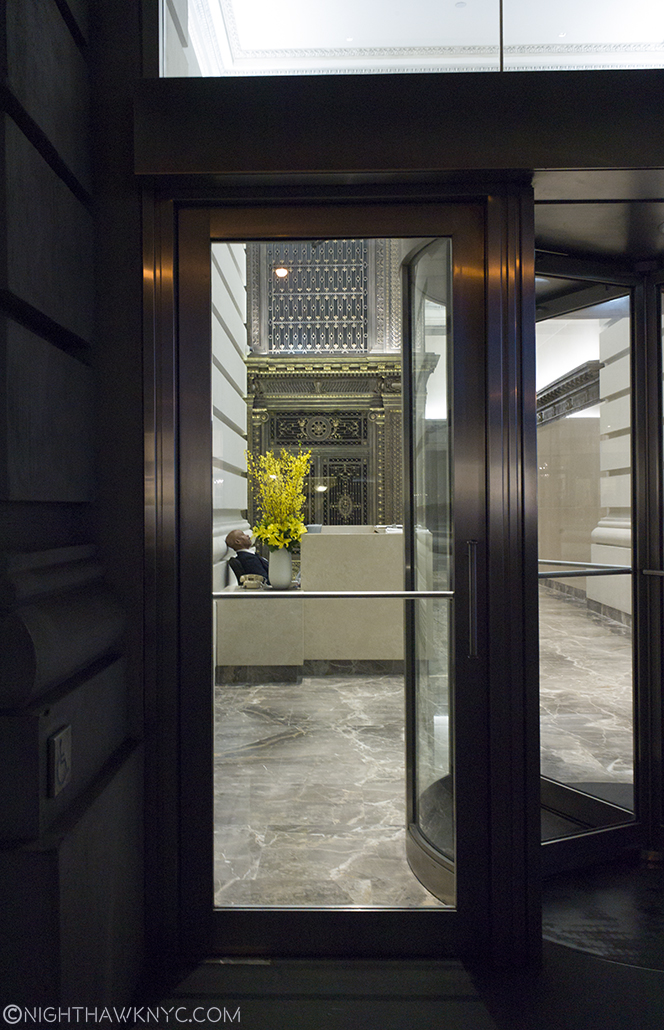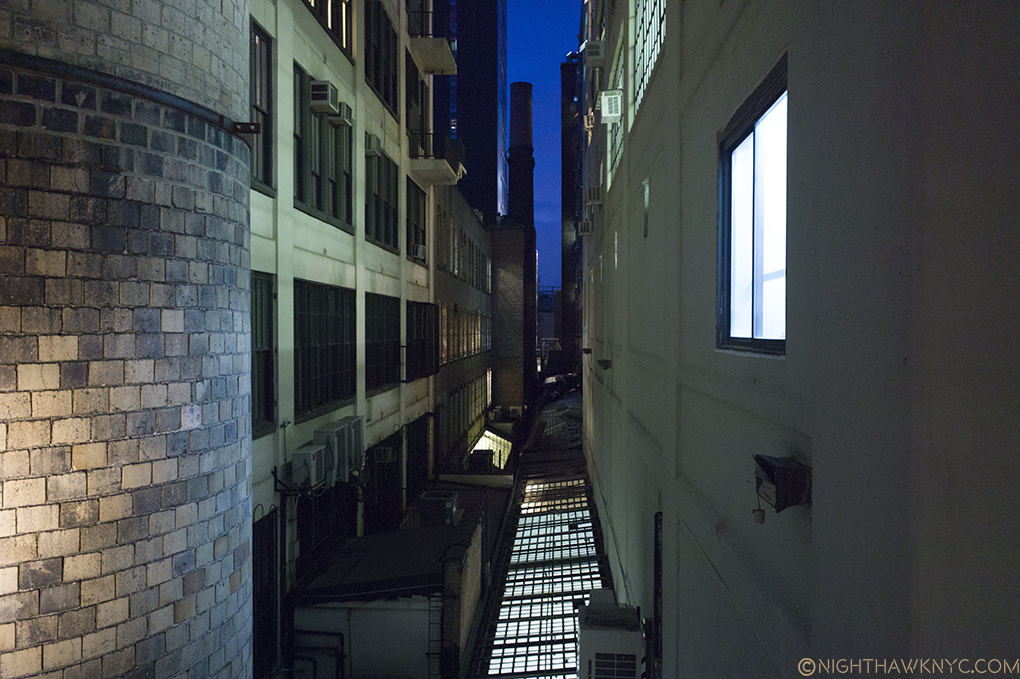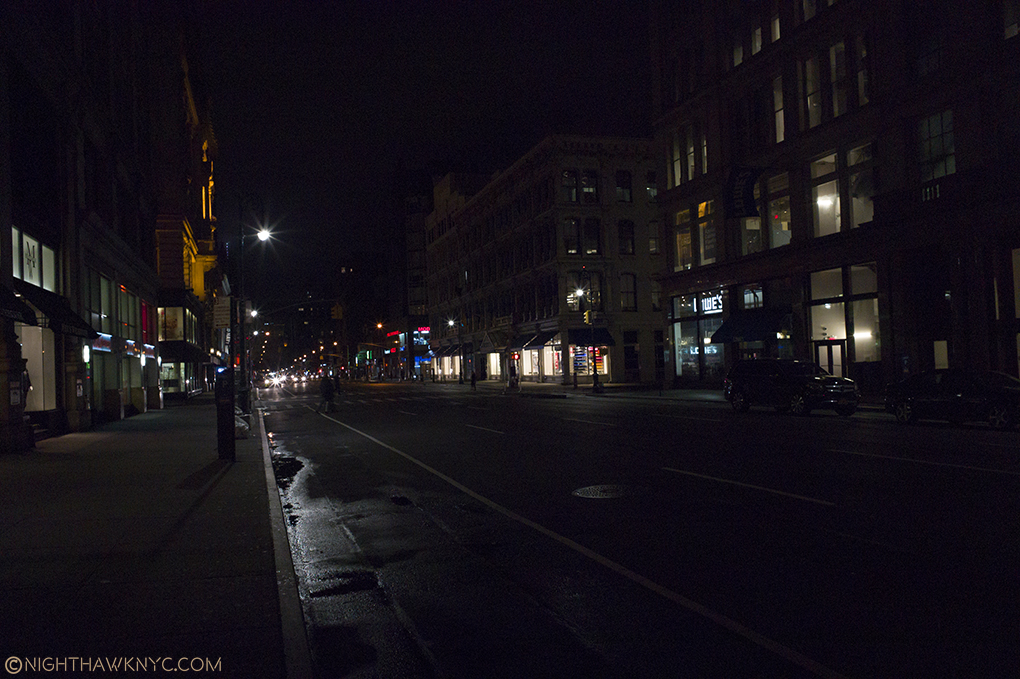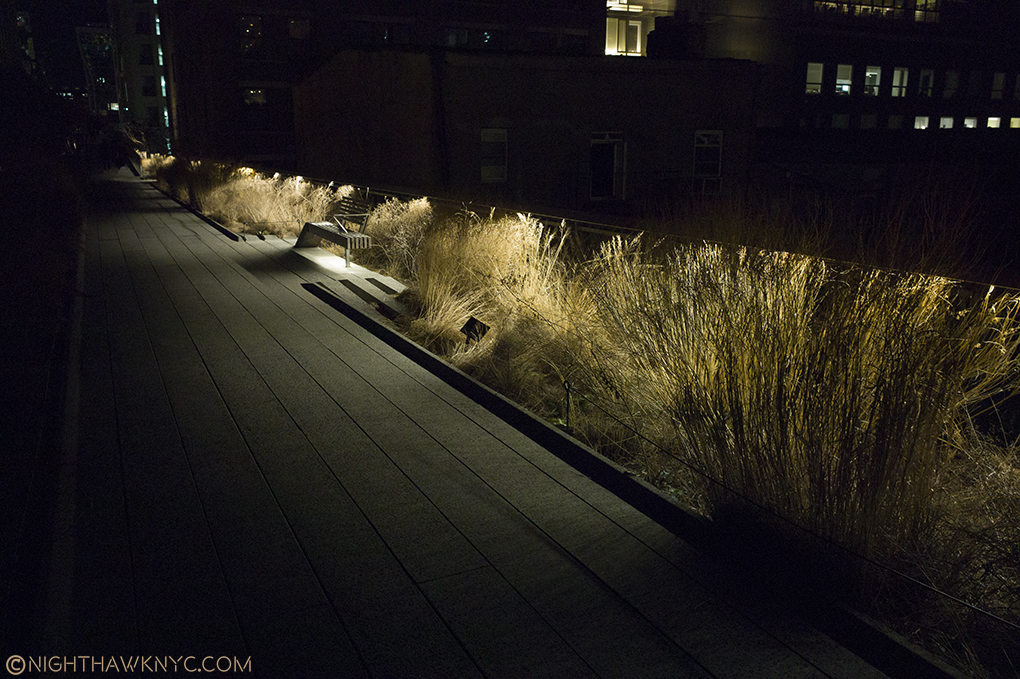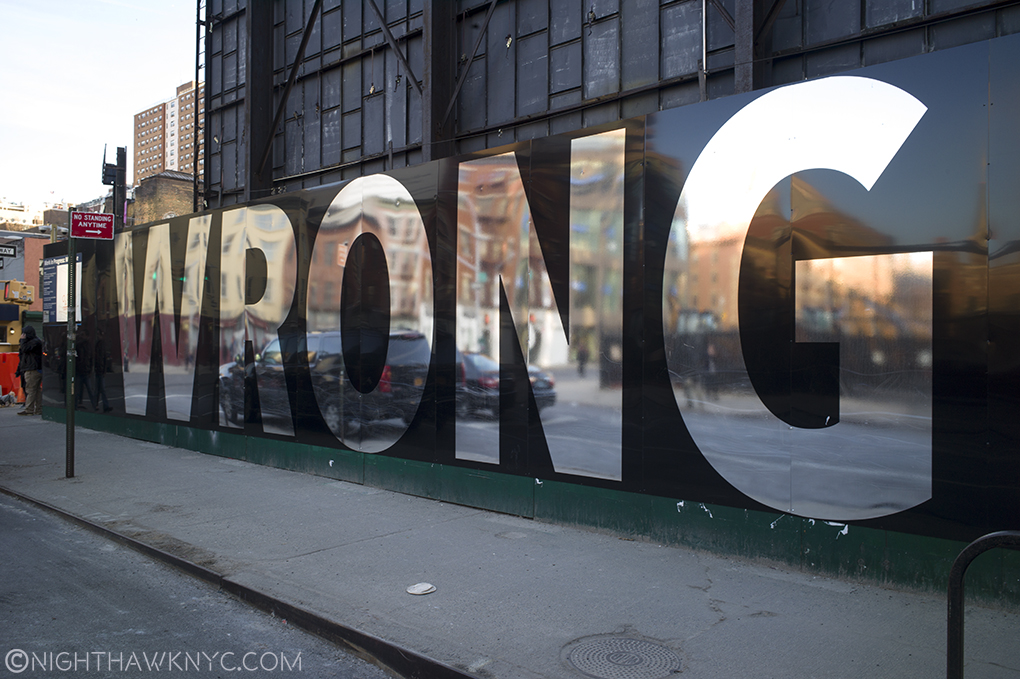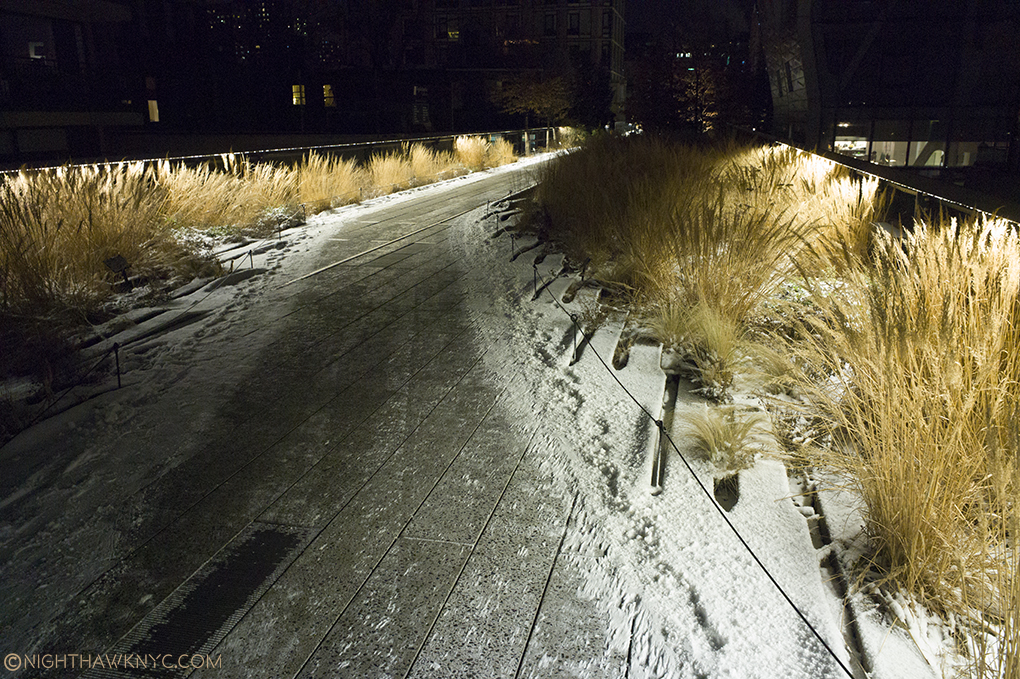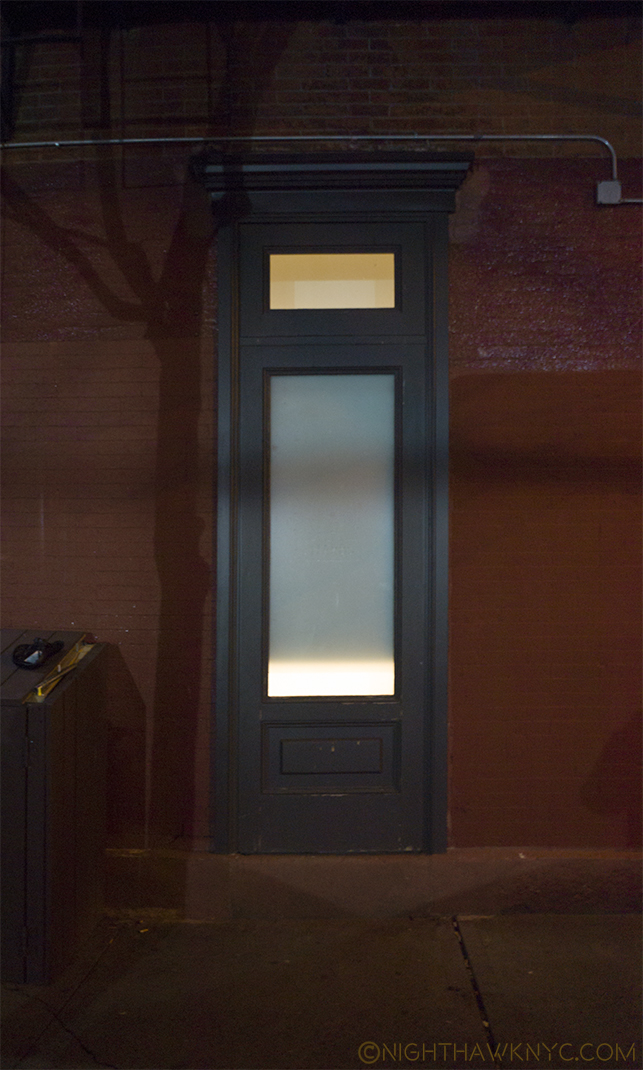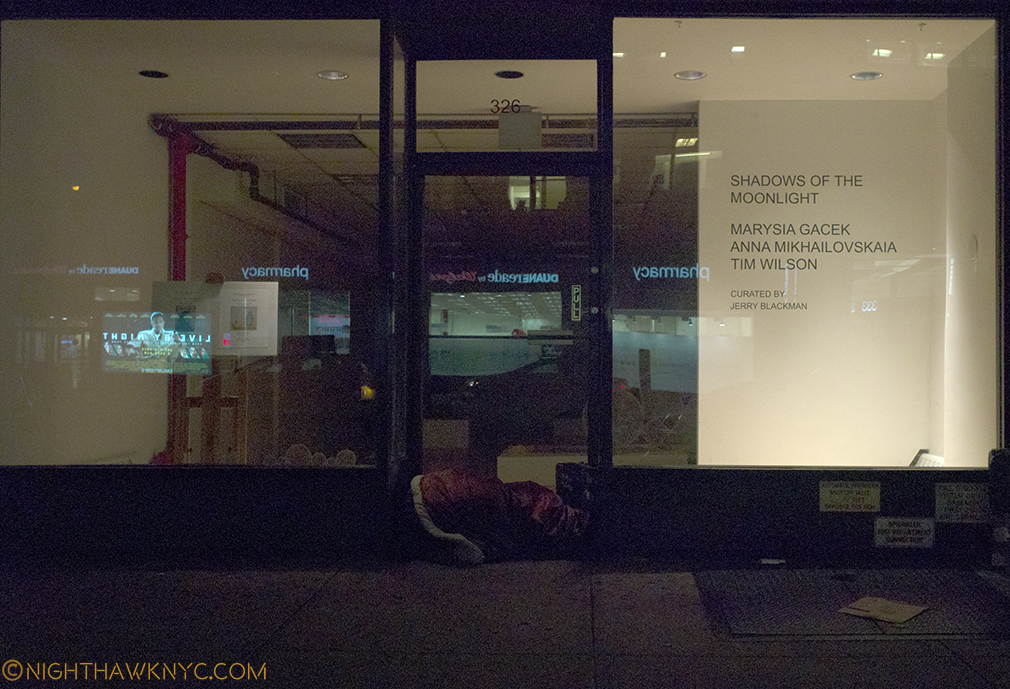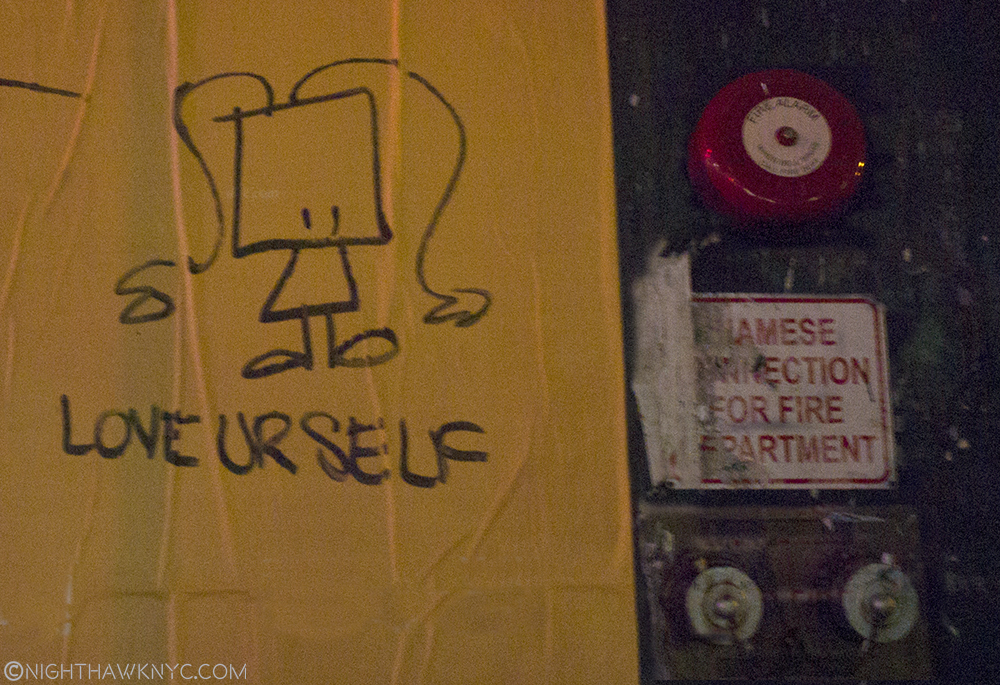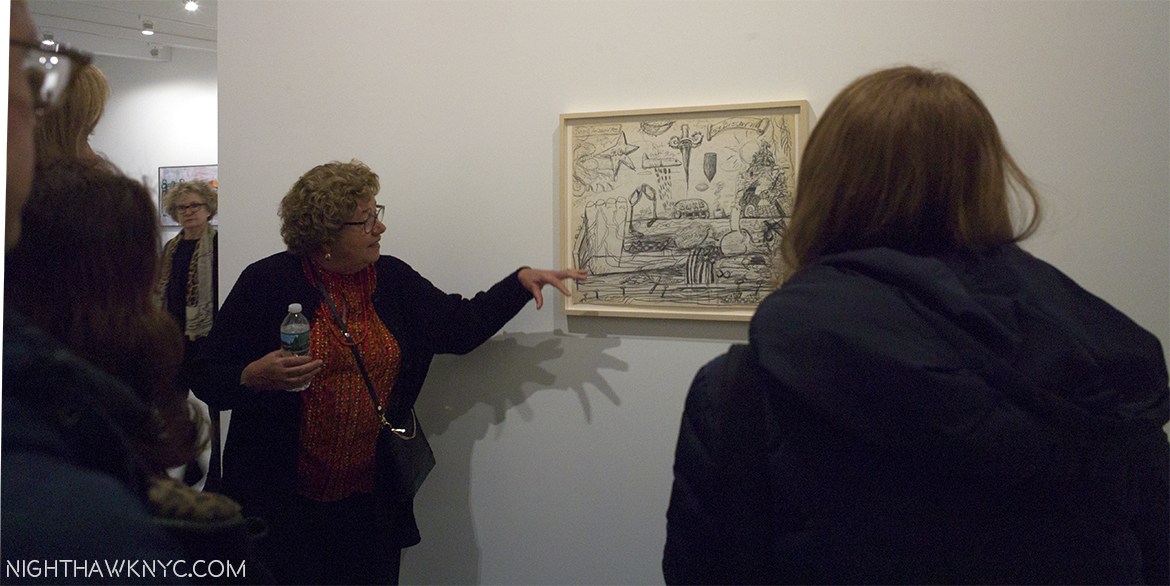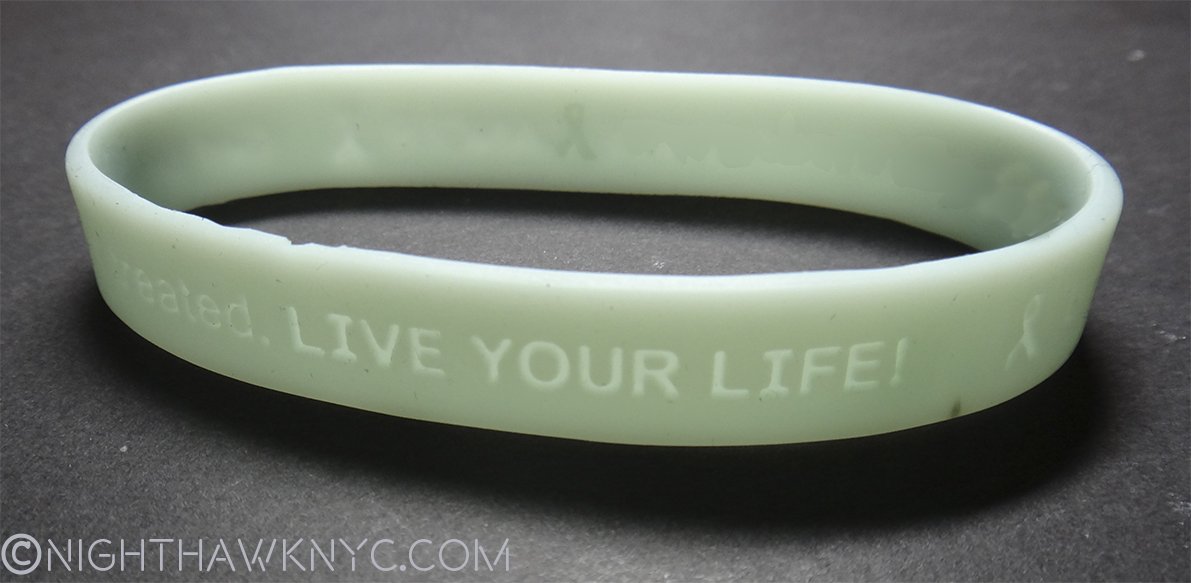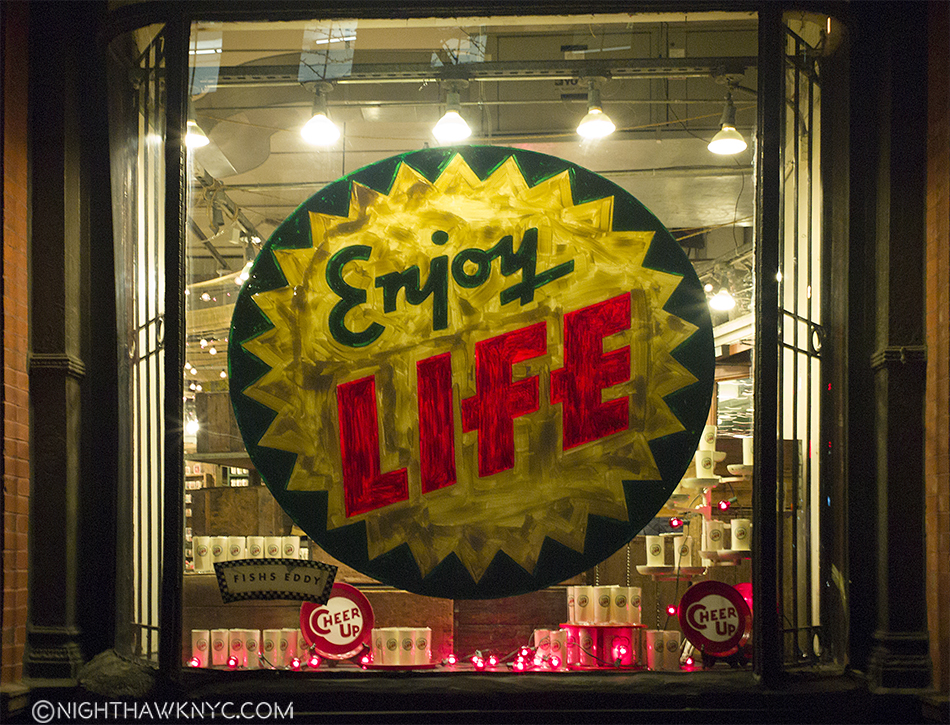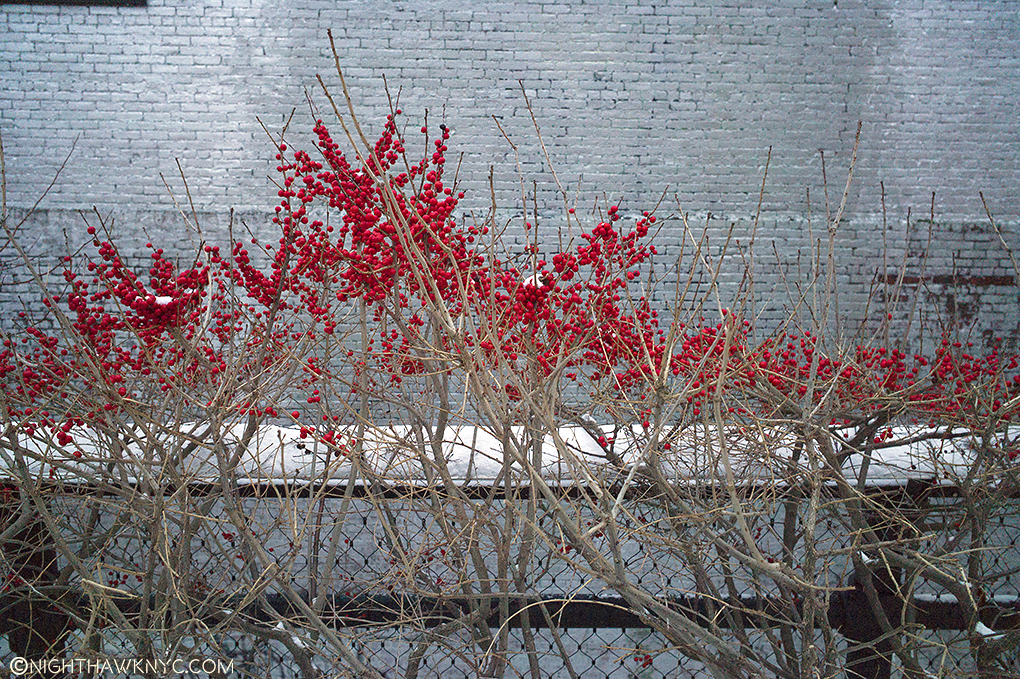Written & Photographed by Kenn Sava (*- unless credited otherwise).
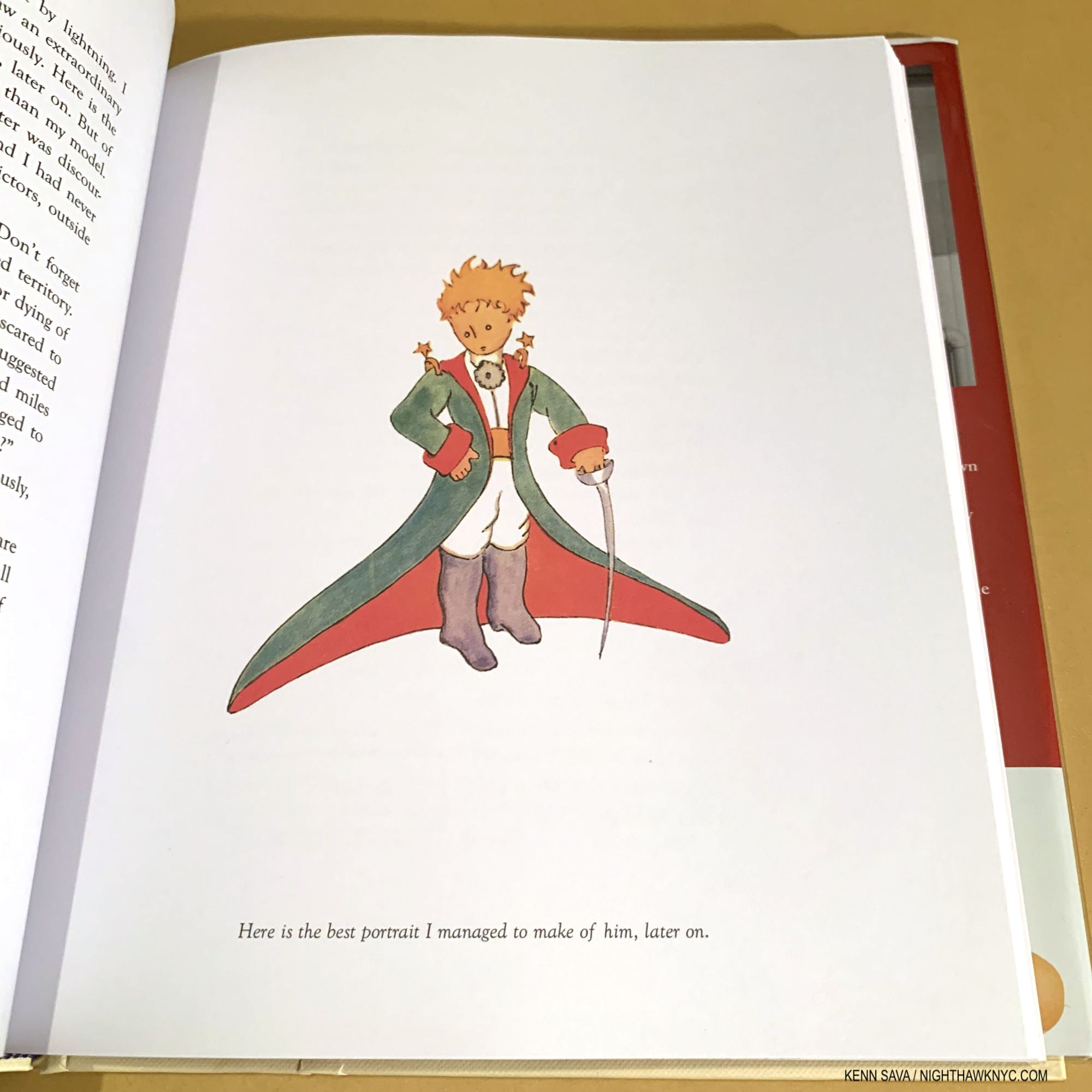
The next lines are- “But my drawing is certainly very much less charming than its model. That, however, is not my fault. The grown-ups discouraged me in my painter’s career when I was six years old, and I never learned to draw anything, except boas from the outside and boas from the inside1.”
After a week, he suddenly disappeared.
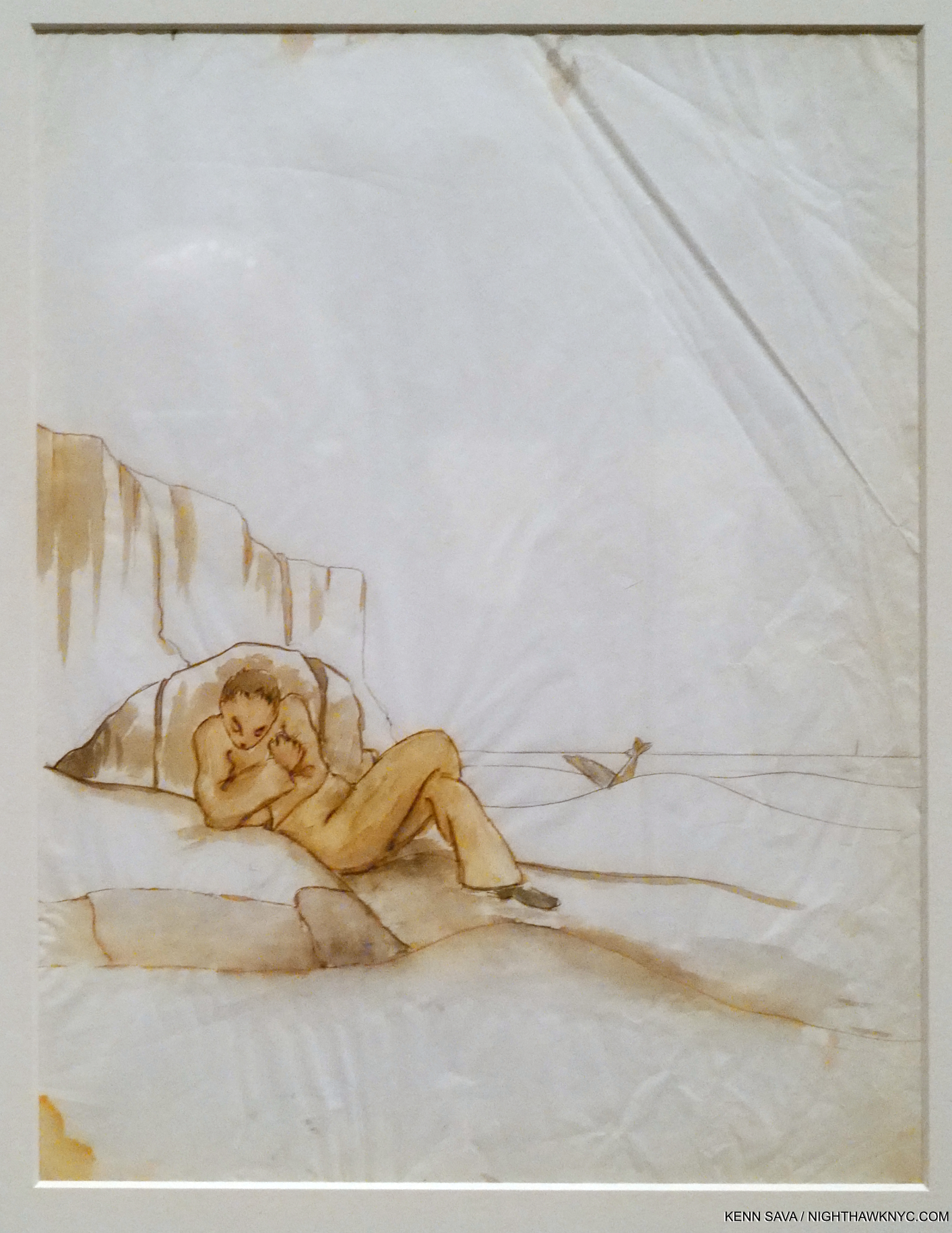
The pilot lying at the foot of a cliff with his plane in the distance, 1942, Watercolor and ink on tracing paper. Not published in the final book, in which he chose to leave out any representation of the pilot. It’s damaged condition ironically echoes that of the plane.
On or about July 31, 1944, that pilot, the only person to witness & record the event and what transpired during that week, also suddenly disappeared with nary a trace at just 44 years of age. He left behind the story and renderings of their encounter.
The world has never been the same since.
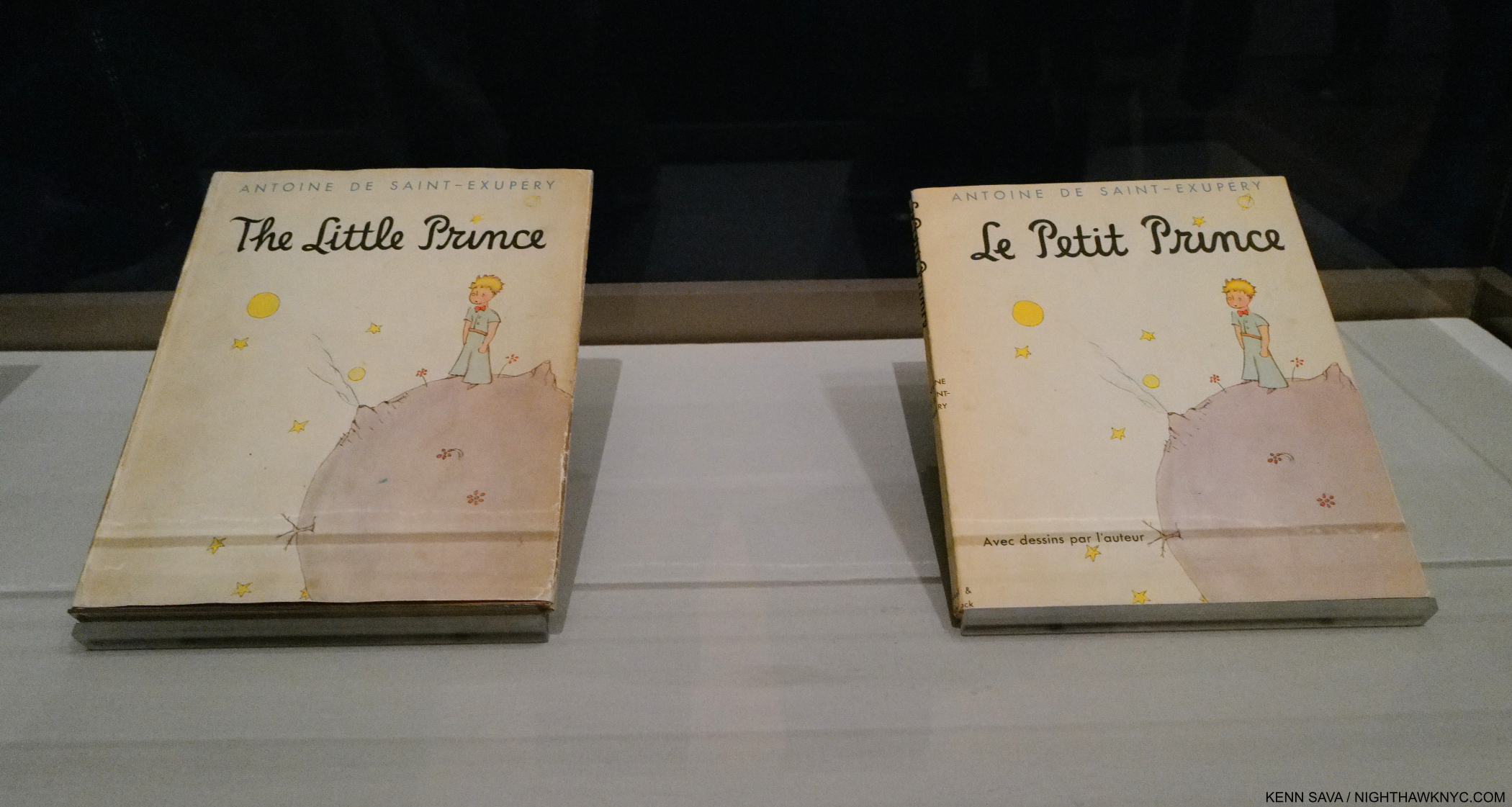
Publishing history. 1943 1st Edition, 1st Printing copies of Le Petit Prince, in the original French it was written in, right, and The Little Prince, in the original English translation by Katherine Woods, left, both published in the USA by Reynal & Hitchcock who had asked Saint-Exupéry for a children’s book. This marked the first time the author had created Art for his books and/or their covers. It wouldn’t be until after the war that the book would be published in France.
April 6, 2023 marks the 80th Anniversary of the publication of The Little Prince by the remarkable Author, aviator, and resolute French patriot Antoine de Saint-Exupéry (aka Saint-Ex). Charged with writing a “children’s book” by his publishers, the result is a book that defies categorization that is now 80 years in on its way to timeless.
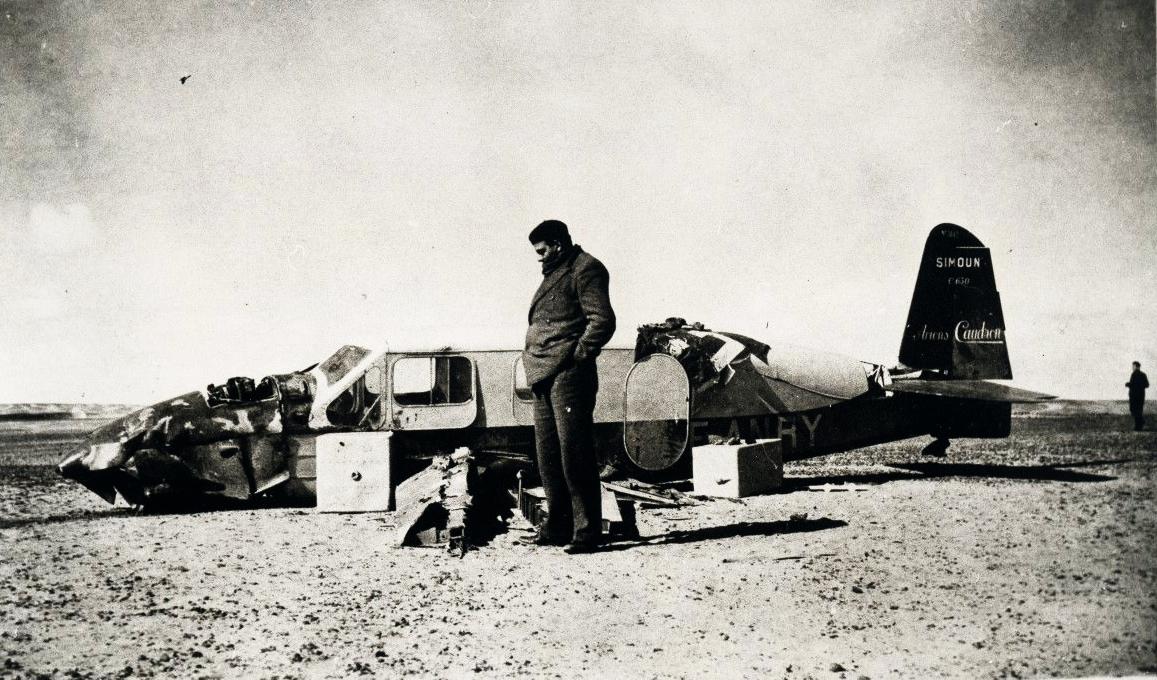
You’re looking at a remarkable and historic Photograph. Antoine de Saint-Exupéry after his crash in the Sahara desert, 1935. *-per Alexandre Tanase of the Succession Saint Exupéry-d’Agay, Paris; “Saint Exupéry next to his Caudron Simoun C630 F-ANRY. It was not taken right after the accident (and, consequently, not by Saint Exupéry himself or Prévot). This picture and others (there is a full series of them) were taken a few days after Saint Exupéry and Prévot were found, when they came back with others, especially Suzanne and Emile Raccaud, the couple that hosted Saint Exupéry after he was rescued. It is either Emile or Suzanne who took the picture.”
“For I do not want any one to read my book carelessly. I have suffered too much grief in setting down these memories. Six years have already passed since my friend went away from me, with his sheep. If I try to describe him here, it is to make sure that I shall not forget him. To forget a friend is sad. Not every one has had a friend2“
The book is apparently set at the scene of Saint-Ex’s 1935 Sahara Desert plane crash which he survived only to almost perish of dehydration in the days after before he and his navigator/mechanic, André Prévot, were rescued by a passing Bedouin. The story was recounted in his memoir, Wind, Sand and Stars, 1939, before he used it, again, as the setting of The Little Prince, the last book he would finish. Earlier this year, The Morgan Library presented The Little Prince: Taking Flight, which provided a fascinating look at Saint-Exupéry’s original Art for The Little Prince, as well as text and Art that he decided not to include in the final book. As a prior Morgan show, 2014’s The Little Prince: A New York Story, reminded us, he created the book in NYC while he was in exile after the fall of France in World War II.
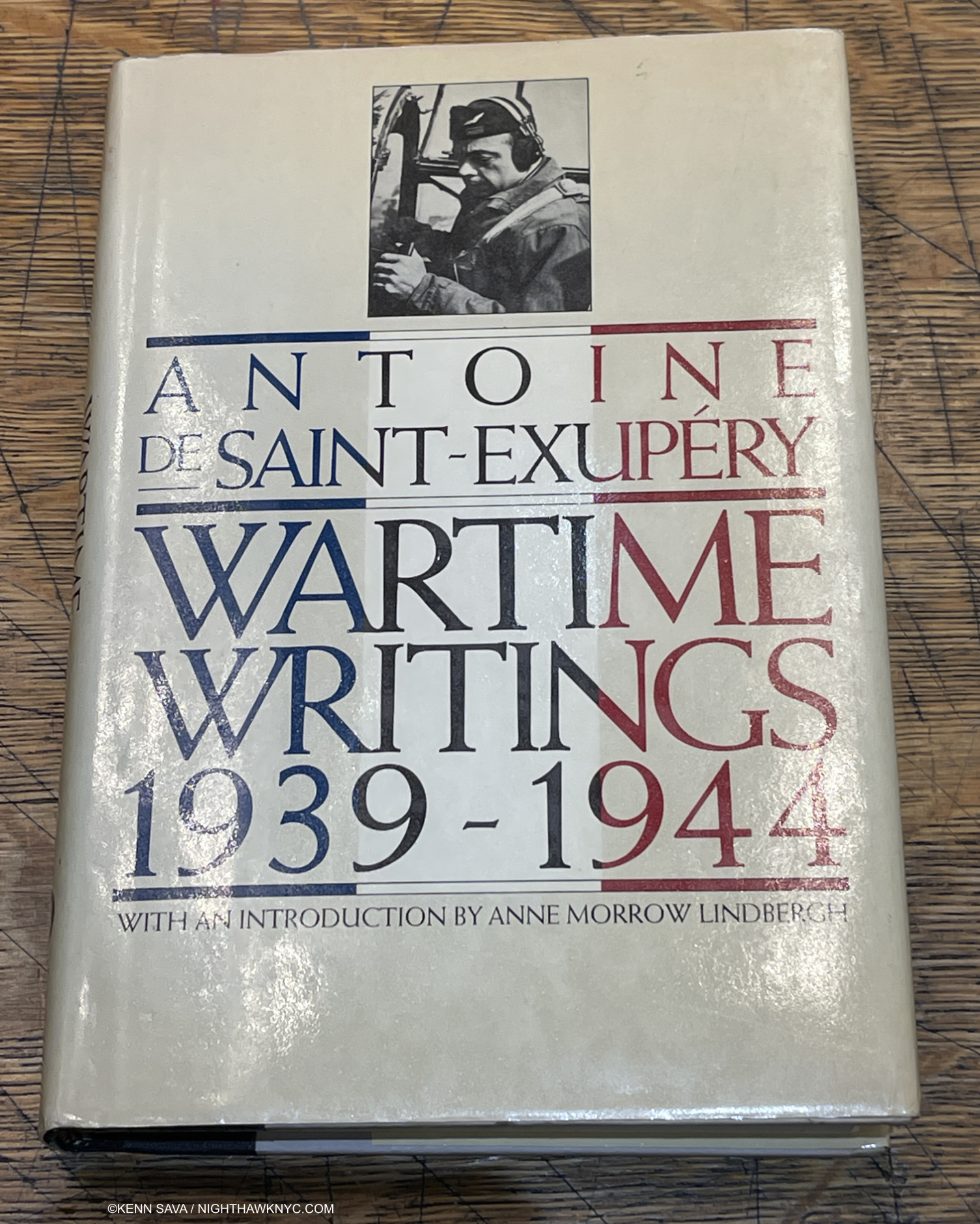
1st edition/1st printing copy of Wartime Writings, 1982, with a foreword by Anne Morrow Lindbergh, from my collection.
“He was… against the armistice and ‘stole’ a transport plane in Bordeaux to convey forty young pilots to North Africa in a vain attempt to continue the war there. When he discovered that the armistice extended to North Africa as well as France, he was at an impasse…. Without being consulted, Saint-Exupéry found himself nominated for a position on the Vichy National Council, an offer he immediately refused. He did not, however, feel he could join the ‘Free French’ group behind General de Gaulle. (‘I should have followed him with joy against the Germans, but could not follow him against Frenchmen.’) …With enormous difficulty he obtained a passport for the United States…In December, 1940 he sailed from Lisbon to America. Once established in New York, he was depressed by the isolationist reaction of American citizens to war and shocked by the conflicts between exiled French groups (some of who harassed Saint-Ex over the Vichy Council nomination).” Anne Morrow Lindbergh, author and wife of Charles Lindbergh3.
It was in these circumstances that he wrote, and created the Art for, The Little Prince. On April 2nd, 1943, a few days before its publication on April 6,, at the age of 42, he boarded a troop transport with 50,000 soldiers and returned to France to return to combat.
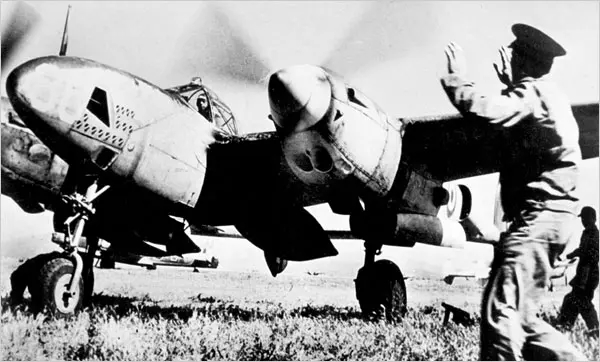
No one or nothing could stop him, though I can’t tell if the soldier on the right is trying to. A die-hard patriot, Saint-Ex is seen piloting a reconnaissance plane in 1944, shortly before his death, in a scene eerily similar to what his departure on his last flight may have looked like. He crashed for the 5th time on one such flight around the time of this Photo. Yet, he managed to get permission to go back up. *-Photo by John Philips, from The New York Times, April 11, 2008.
By July, 1944, at 44, he was overage for a flier (38 was the cutoff), overweight, and suffering from the aftereffects of FIVE crashes4. He was unable to put his flight suit on by himself, or to turn his head to the left to spot enemy planes. Still, due to his prestige, contacts, non-stop politicking (he volunteered for every mission), and indomitable desire to fight, nothing would stop him. “I have no taste for war, but I cannot remain behind the lines.” he said5. After training in a P-38 Lightning, he flew 8 reconnaissance missions, one ending in his fifth crash.
Still, the powers that be somehow let him back in the cockpit for his ninth and what was supposed to be his last flight. While flying from Borgo, Corsica, headed for the Grenoble region of southern France, he suddenly disappeared, eerily like his most famous creation. Some facts are known, but there’s still no real evidence as to what happened to him6. In 2004, Stacy Schiff, author of a biography of Saint-Ex, wrote in The New York Times, “His was a noble death, made in the name of the greater good to which all of his literature returns. As his widow noted, the exit was custom-made, a meteoric fall at the end of a star-chasing life7.”
To date, The Little Prince (or Le Petit Prince, as Saint-Ex wrote it in his native French), has sold TWO HUNDRED MILLION copies8 and has appeared in 536 languages & dialects9. It continues to sell 1.8 MILLION copies a year10.
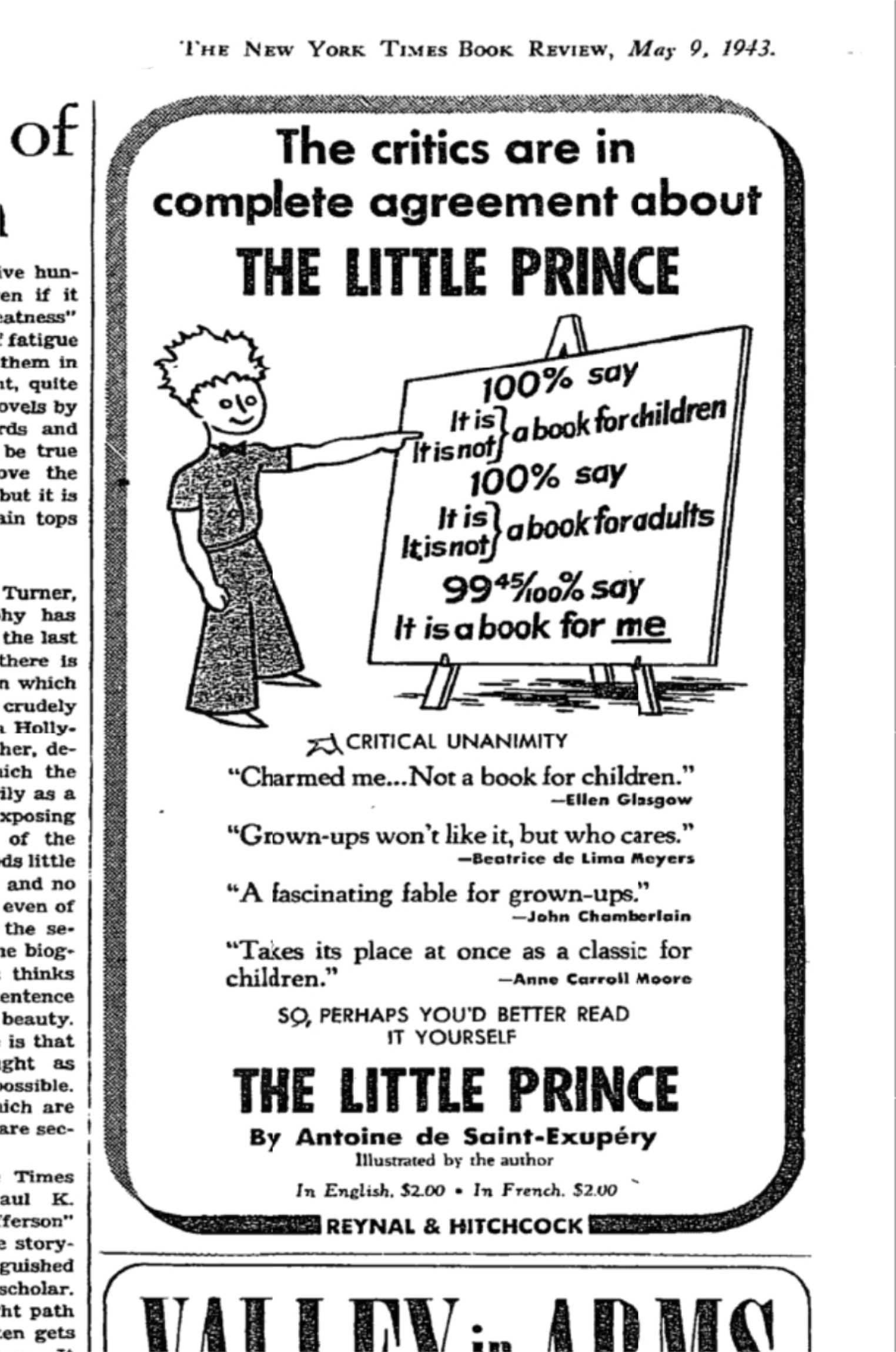
Already, within one month of its U.S. publication there was discussion about just who The Little Prince was for. John Chamberlain wrote a glowing New York Times review of it within days of its publication, calling it “A fascinating fable for grown-ups.” Ad from The New York Times Book Review, May 9, 1943.
200 million copies sold, and I missed it. HOW is that possible? (Not that I am generally a fan of the very popular.) It was never assigned to me as a kid in school, and never found its way to me outside of it in my Art book-obsessed life. It was only after I met my Muse, Lana, who has been under its spell as her favorite book since she was 11, that I read it. Of its effects on her, she told me, “I looked at the sky and imagined the planet where the prince lives…I had many dreams about the little prince.” Coming to it later in life, it seems to me to be a book that one can read at any age (I do wonder how it would have hit me as a child). Saint-Ex was asked to write a children’s book by his publisher, but what he handed in is something that’s not quite a children’s book, nor purely a book for grown-ups. Which ever end of that telescope you look at it through, there are things that feel out of place.
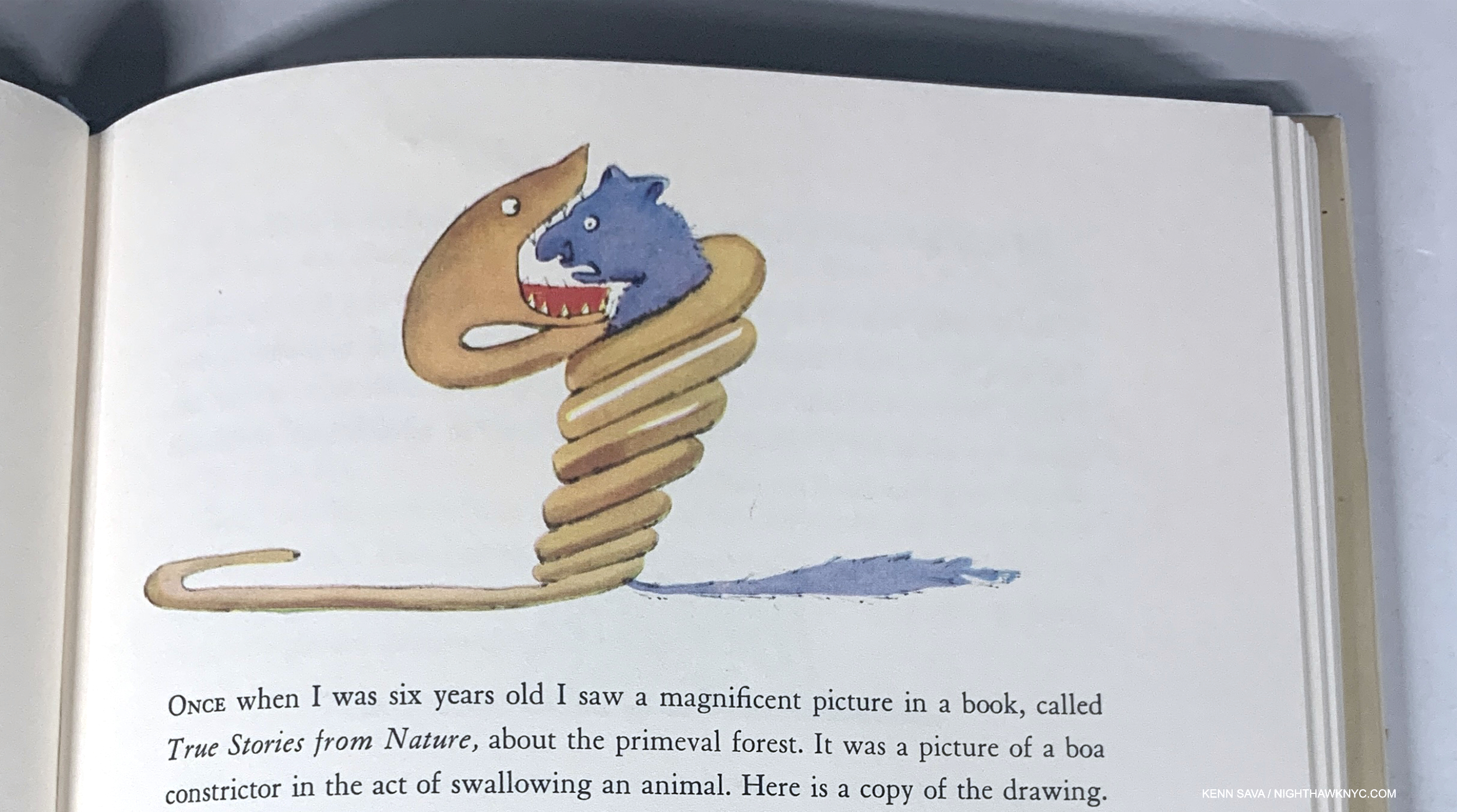
The Little Prince opens with this image, ostensibly a “copy of the drawing” the narrator says he saw in a book. No doubt by Saint-Ex. Seen in my copy.
To wit, the very first image on the very first page of the book does make me wonder about the book’s intended audience. It’s surely something never seen in a “children’s book” before, or probably since, let alone right in the beginning of one. We are shown a Drawing of a boa constrictor wrapped around its prey, baring its teeth with the helpless, captured animal, looking straight into the jaws of death. Terrifying, even for this adult! Saint-Ex doesn’t stop there: the first THREE images in the book are of boa constrictors! “Toto, we’re not in Roswell anymore.” Such is the charm of the book, that I have yet to see anyone talk about this.
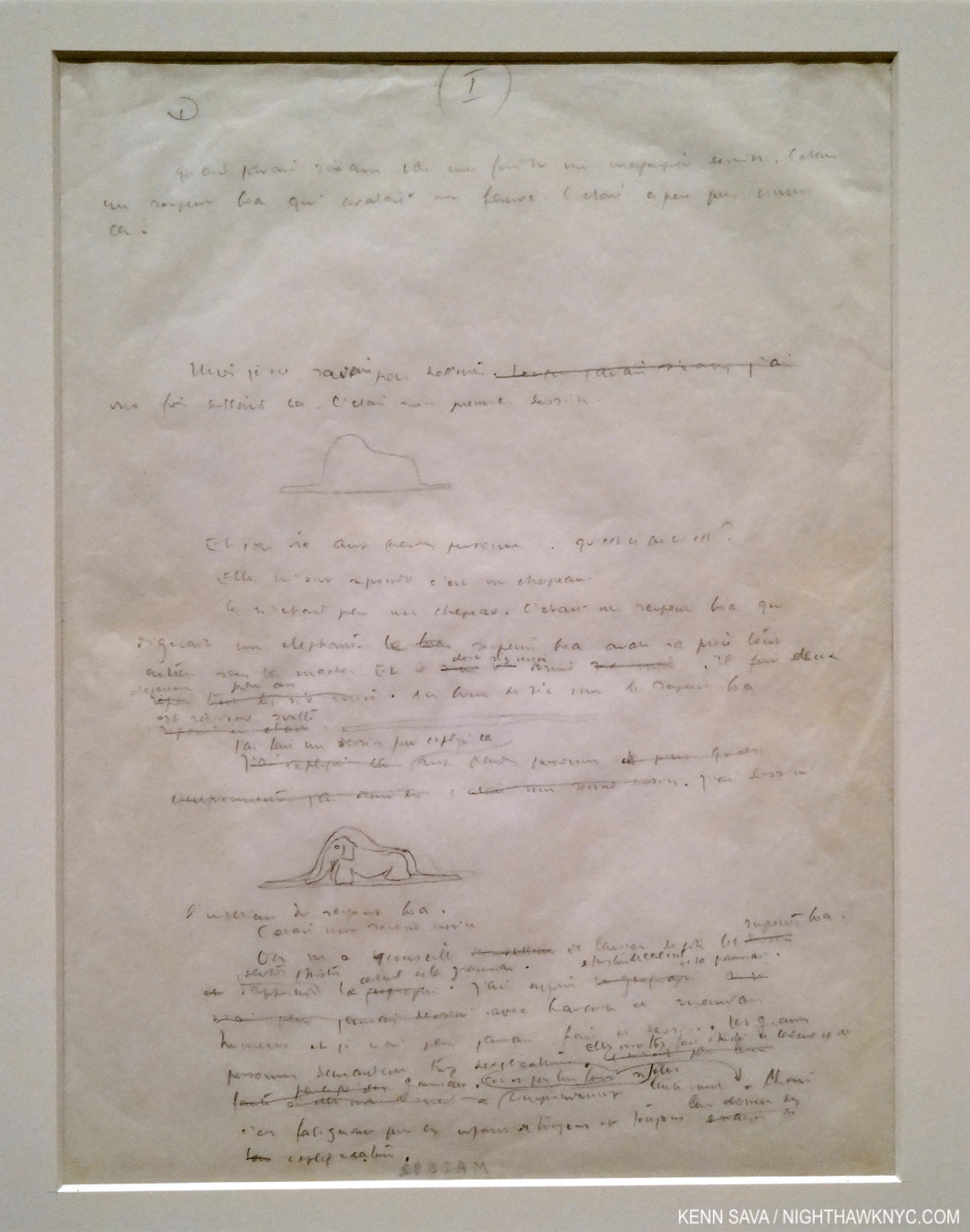
Looks harmless enough. The manuscript of the first page of the book showing Saint-Ex’s Drawing Number One, upper center, and Number Two, lower center. The Manuscript is written with graphite on “cheap, dime store tracing paper,” one Morgan staff member told me. Notice how the first image in the book, shown before, is in a different style than his Drawing Numbers One and Two. As I stood looking at this page I was struck by this question- How many billions of pieces of paper contain words and Art work on them? How many of them turned out to be the first page of an immortal book?
Saint-Ex “softens” their impact in Page 1 of his text by discussing his early Artistic life, not snakes. We are shown his Drawing Number One (a boa) and his Drawing Number Two (also a boa) and then are told that the grown-ups he showed them to thought they were Drawings of a hat. Creatively frustrated, we are told that “That is why at the age of six I gave up what might have been a magnificent career as a painter.” (The Little Prince, P.2) At that moment, I was stopped by one question-
Is this true?
In biographies of the Artist I could find no detail about his Artistic beginnings. A wall card in the show says “From a young age, Saint-Ex had a passion for art and literature, composing verse as early as six years old and illustrating his adolescent writings with doodles and caricatures.” In her biography of Saint-Ex, Stacy Schiff says, “His mother vouched for the accuracy of his many reports…11.” Those indirect words are all I’ve found. The earliest Art of his I’ve found is in the terrific complete collection of Saint-Ex’s Art titled Antoine de Saint-Exupéry:Dessins: Aquarelles, plumes, pastels et crayons (English title: Drawings: Watercolors, feathers, pastels and pencils) published in France in 2008.
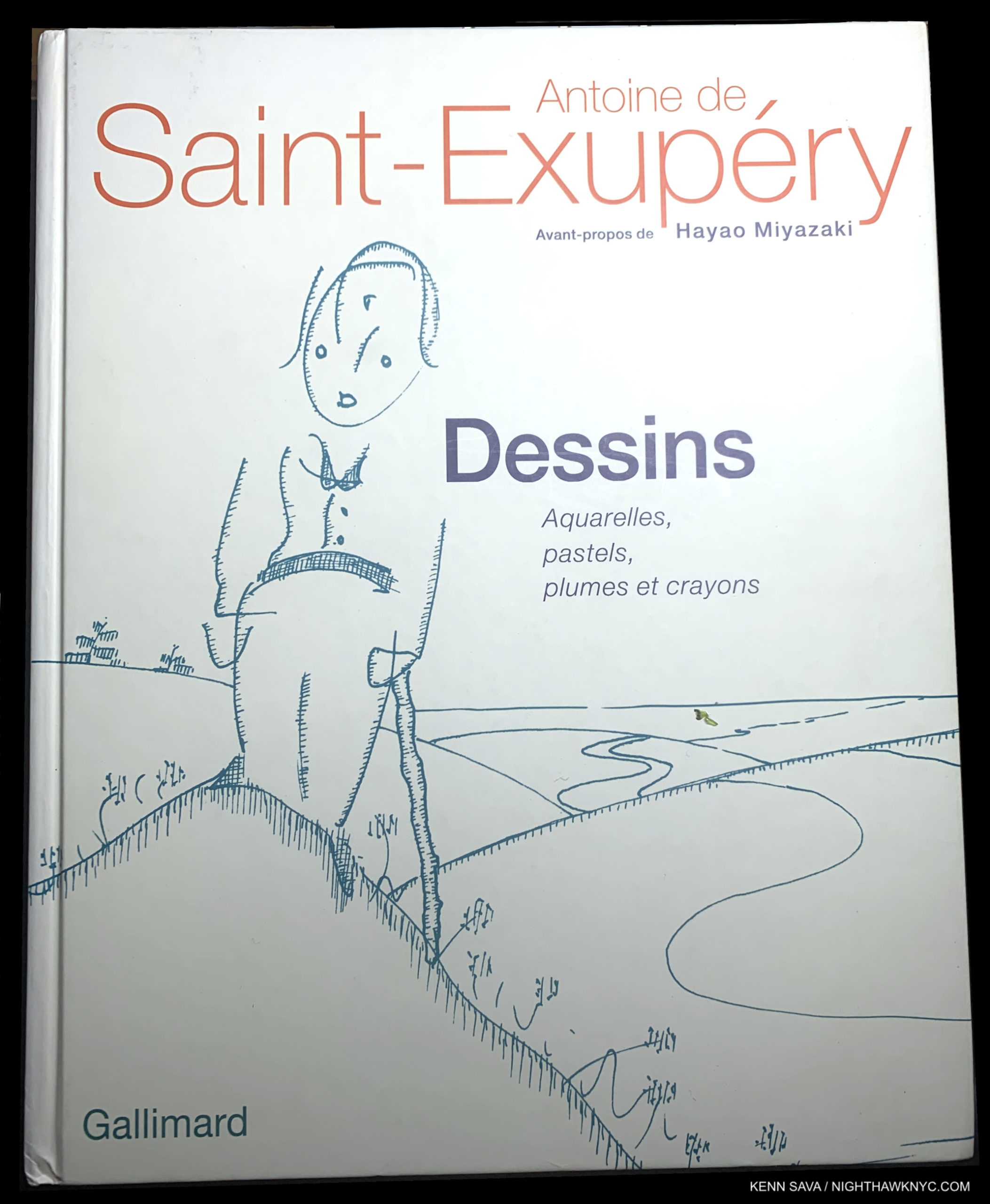
The Complete Artwork. Antoine de Saint-Exupéry:Dessins: Aquarelles, plumes, pastels et crayons, published by Gallimard, France, 2008. Notice how Saint-Ex drew this figure’s head and face, and his unique way with hatching.
It begins with Drawings Saint-Ex did for “skits” accompanying his plots, which the wall card might be referring to, to be put on by he and his siblings for their mother at about 13. Nothing earlier is shown, so I was unable to verify his beginnings from age 6. From then on, he seemed to Draw incessantly evidenced by the fact the book totals 328 pages.
“It is for that purpose, again, that I have bought a box of paints and some pencils. It is hard to take up drawing again at my age, when I have never made any pictures except those of the boa constrictor from the outside and the boa constrictor from the inside, since I was six. I shall certainly try to make my portraits as true to life as possible. But I am not at all sure of success12“
Though he had never included his Art in his books before The Little Prince, Drawing was by no means a new endeavor for him. In fact, the Art of The Little Prince shows this. The Drawings are executed with skill, invention and imagination. They show a sublime economy. Not one line is superfluous, and the coloring is done with subtlety and terrific taste.
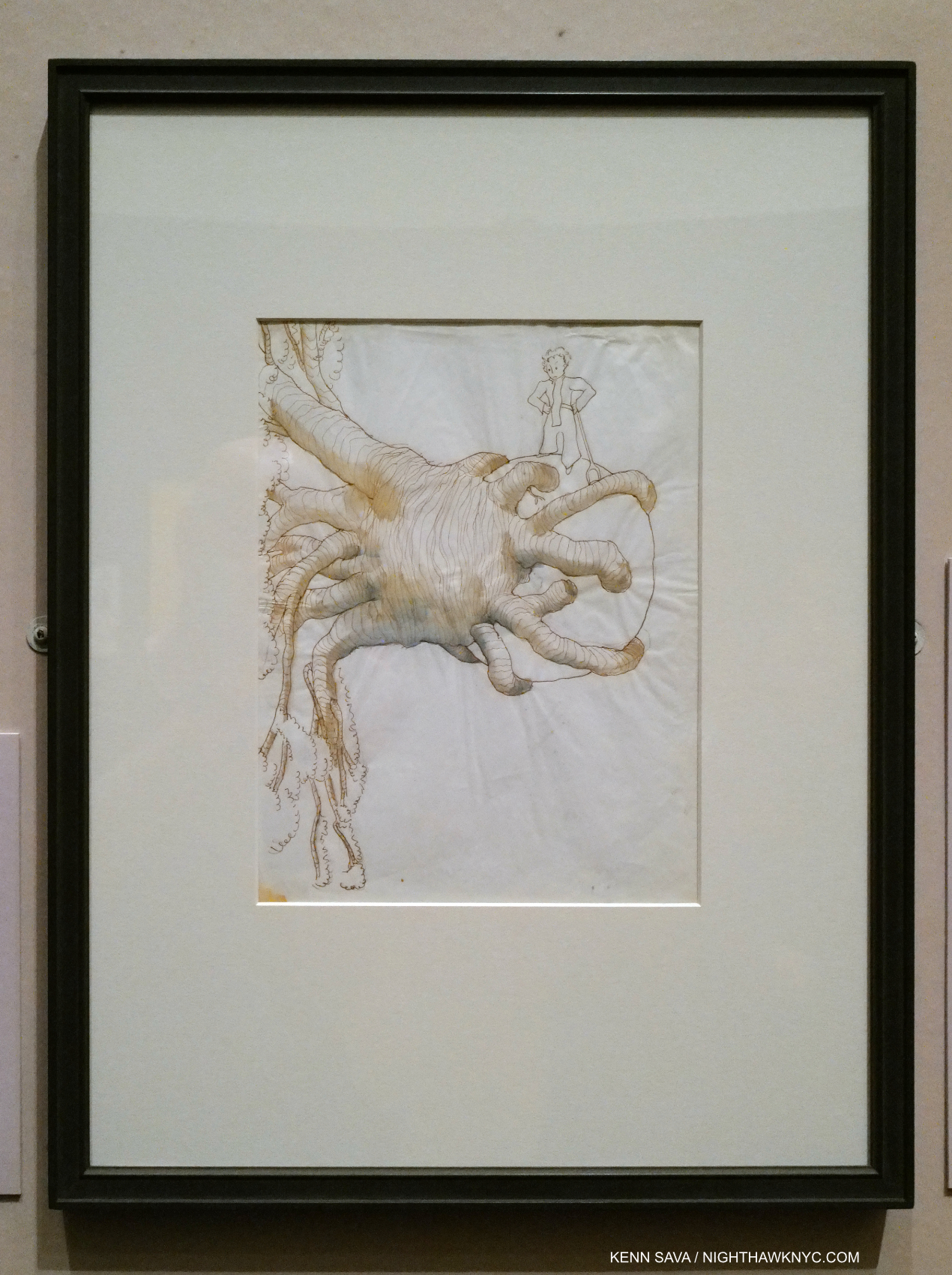
The little prince on the planet invaded by a baobab, 1942, Watercolor and ink. At the time he Drew this, France had fallen to the Nazis, who had taken over all of Europe except for Great Britain. It’s hard for me not to see the baobabs in The Little Prince, which were taking over the little prince’s entire planet, as symbolizing the Nazis. The little prince struggles daily to rid his planet of baobabs, eventually leaving his planet/asteroid in search of better ways to.
It’s up for discussion how much of The Little Prince is cloaked autobiography and how much is a fairy tale. Certainly the plane crash in the desert and the pilot as the narrator line up on the side of ringing truth. Did he hallucinate the little prince while suffering extreme dehydration in the days after the crash? Saint-Ex was far from home when he wrote The Little Prince, and in need of friends. His little prince is too. When asked by the fox if he is looking for chickens, he replies,”I am looking for friends13.” The baobabs standing in for the Nazis, then engulfing his homeland and most of Europe, would be a plausible metaphor.
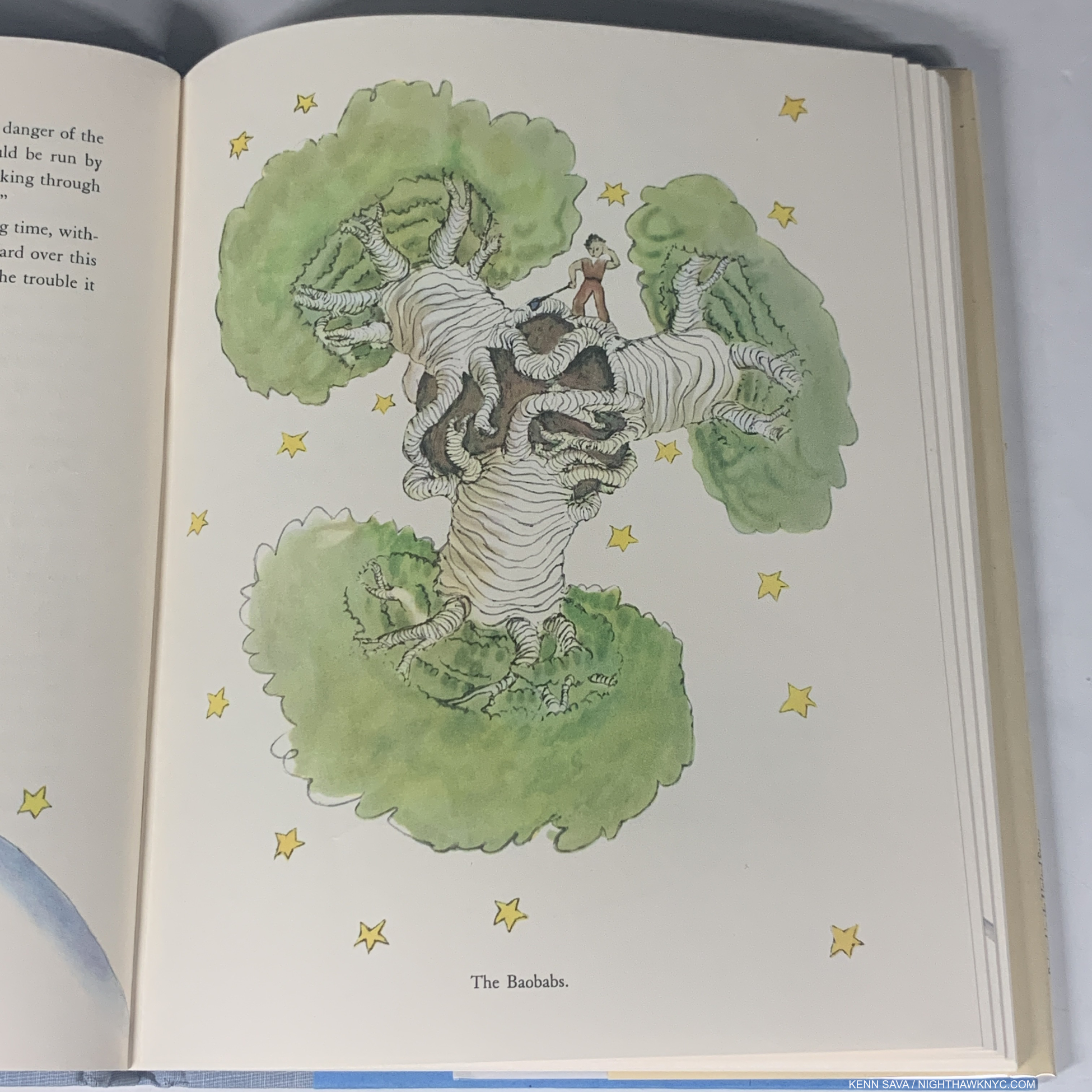
As published. “Perhaps you will ask me, “Why are there no other drawing in this book as magnificent and impressive as this drawing of the baobabs? The reply is simple. I have tried. But with the others I have not been successful. When I made the drawing of the baobabs I was carried beyond myself by the inspiring force of urgent necessity14.” It’s easy to see everything that was at stake for him at that moment in those words, and in this Drawing of the baobabs devouring his planet. Things that would cost him his life.
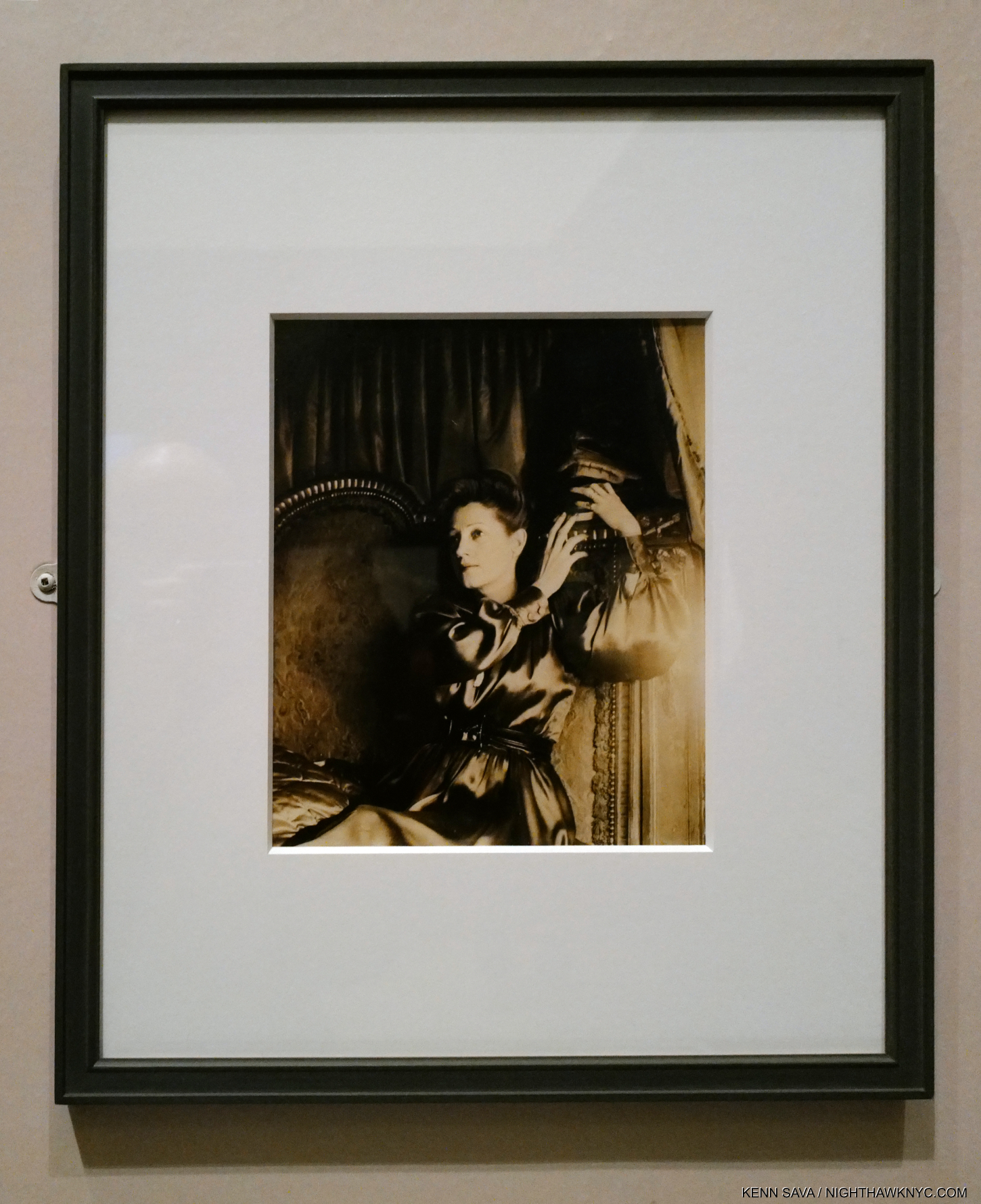
Unknown Photographer, Portrait of Consuelo de Saint-Exupéry, ca. 1940-43. Consuelo was also an Artist & writer, who wrote a memoir of the couple’s relationship titled The Tale of the Rose.
The Morgan would seem to be one of them, and they included a beautiful portrait of her in the show next to a card reading “CONSUELO, THE ROSE.”
Antoine de Saint-Exupéry is no one-hit wonder. The Little Prince was not his first rodeo. An early novel, Night Flight, was made into a 1933 Hollywood feature film of the same name starring Clark Gable, John Barrymore, Helen Hayes, Robert Montgomery and Myrna Loy. His memoir, Wind, Sand and Stars, 1939, won the prestigious (U.S.) National Book Award, and is still #3 on National Geographic’s list of 100 Greatest Adventure Books. Yet, I seriously doubt any of his many readers were prepared for what he gave them when The Little Prince was published here 80 years ago, and posthumously in France after the Liberation. For one thing, its prose is dramatically of a different style than that of Night Flight or Wind, Sand and Stars. It’s stripped down, almost zen-like, which enhances the open-ended nature of his words. This is immeasurably furthered by his Art, which often includes details not to be found in the text.
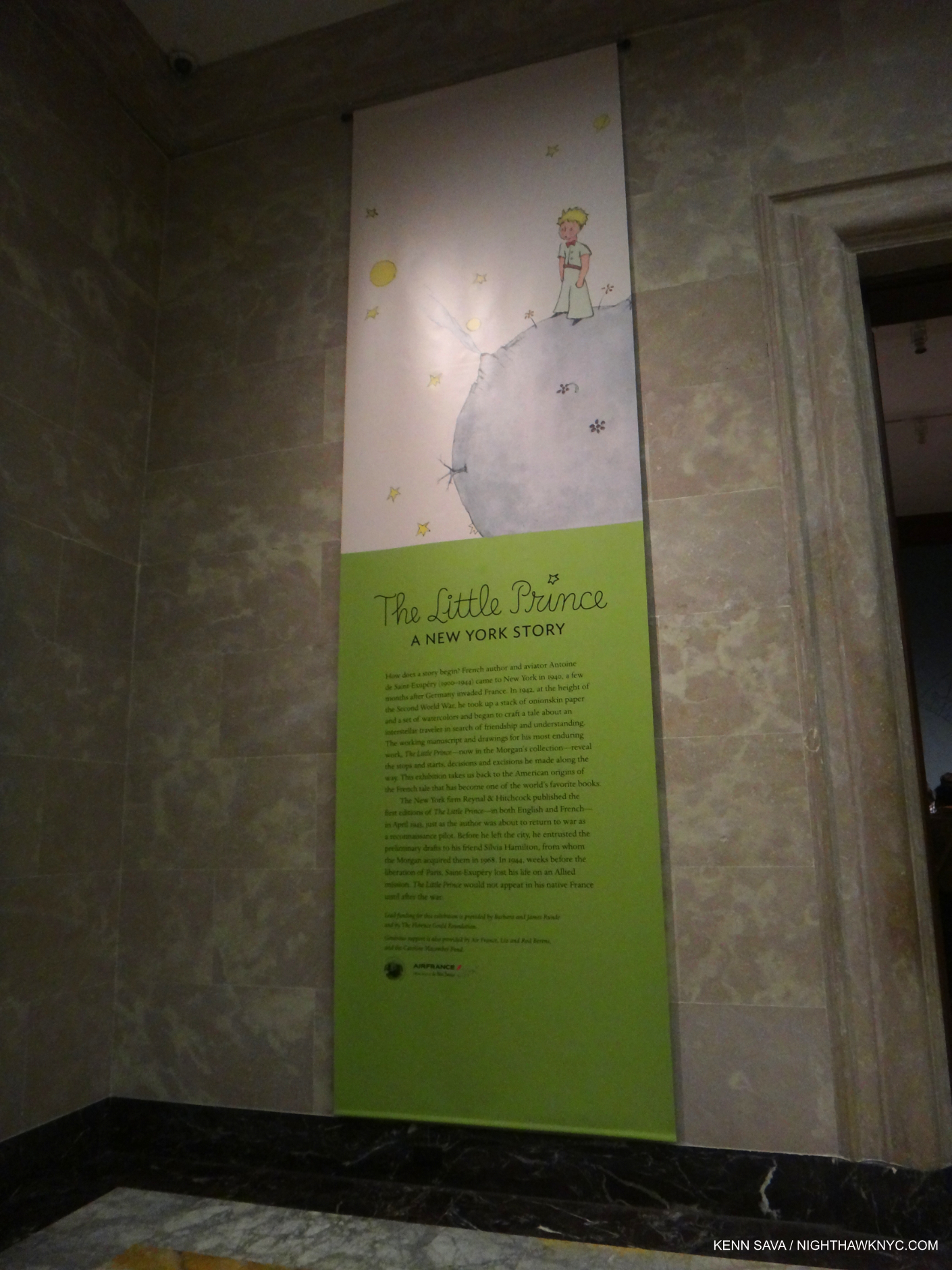
The entrance foyer for The Little Prince: A New York Story, at the Morgan Library, 2014. Photos were not permitted inside, so the photos of the Art shown here are from the Morgan’s The Little Prince: Taking Flight, 2023.
In 2014, Lana’s passion for the book convinced me to read it for the first time, just in time to see the landmark show, The Little Prince: A New York Story at the Morgan Library, an amazing, and fortuitous, coincidence. The Morgan relates the genesis of their involvement with The Little Prince thus-
“As he prepared to leave the city to rejoin the war effort as a reconnaissance pilot, Saint-Exupéry appeared at his friend Silvia Hamilton’s door wearing his military uniform. “I’d like to give you something splendid,” he said, “but this is all I have.” He tossed a rumpled paper bag onto her entryway table. Inside were the manuscript and drawings for The Little Prince, which the Morgan acquired from her in 196815.”
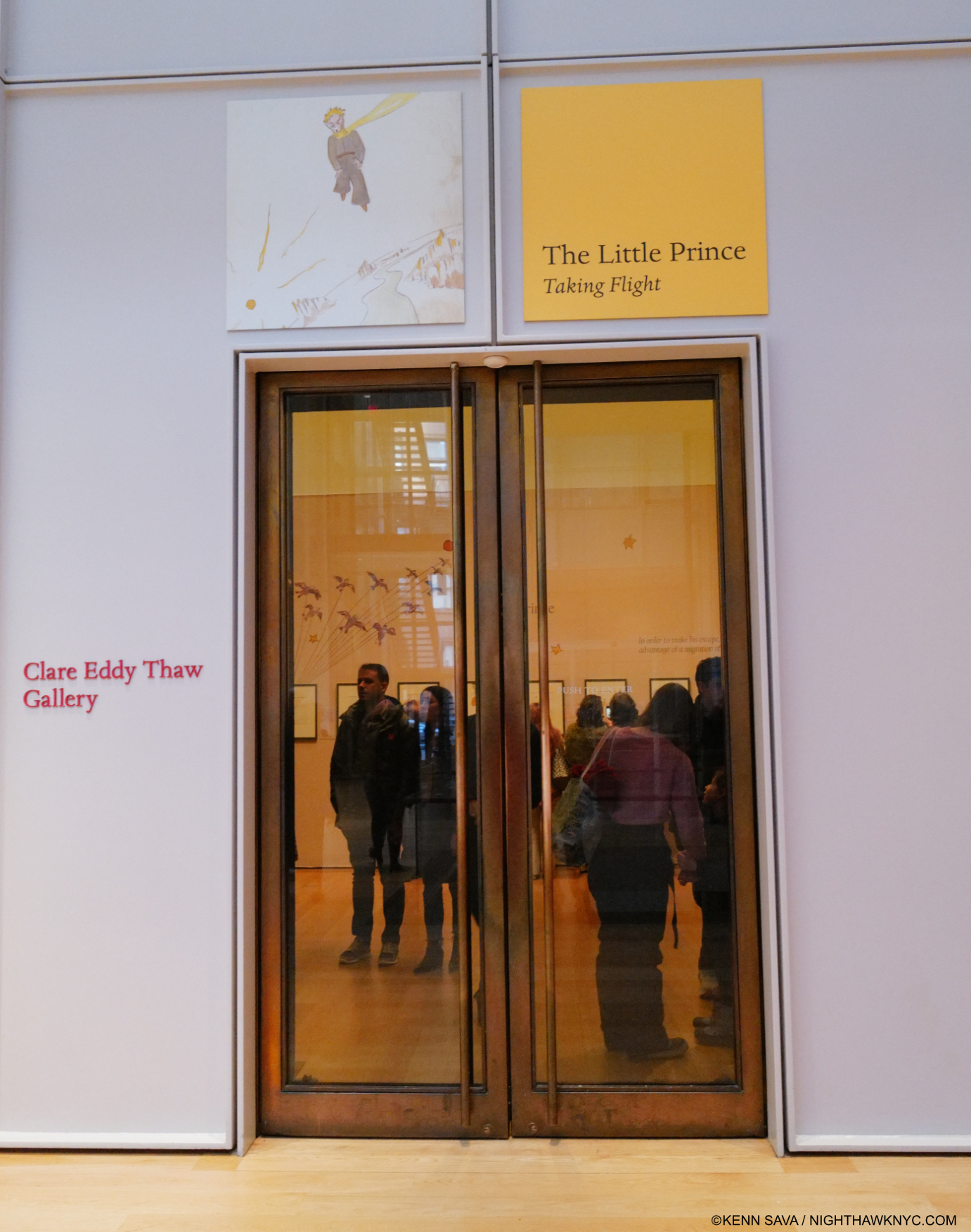
The entrance for the one-gallery The Little Prince: Taking Flight, Morgan Library, February 4, 2023.
I returned to The Morgan in January, 2023, to see the compact The Little Prince: Taking Flight16. Size didn’t matter; both shows were endlessly intriguing. A New York Story featured more of the manuscript, alongside a new translation of unpublished sections, than Taking Flight does. The latter is more focused on his Art- both published and unpublished. Of course, over both shows it was the Art that struck me, but I didn’t really appreciate it in my initial exposure to it in 2014 until later.
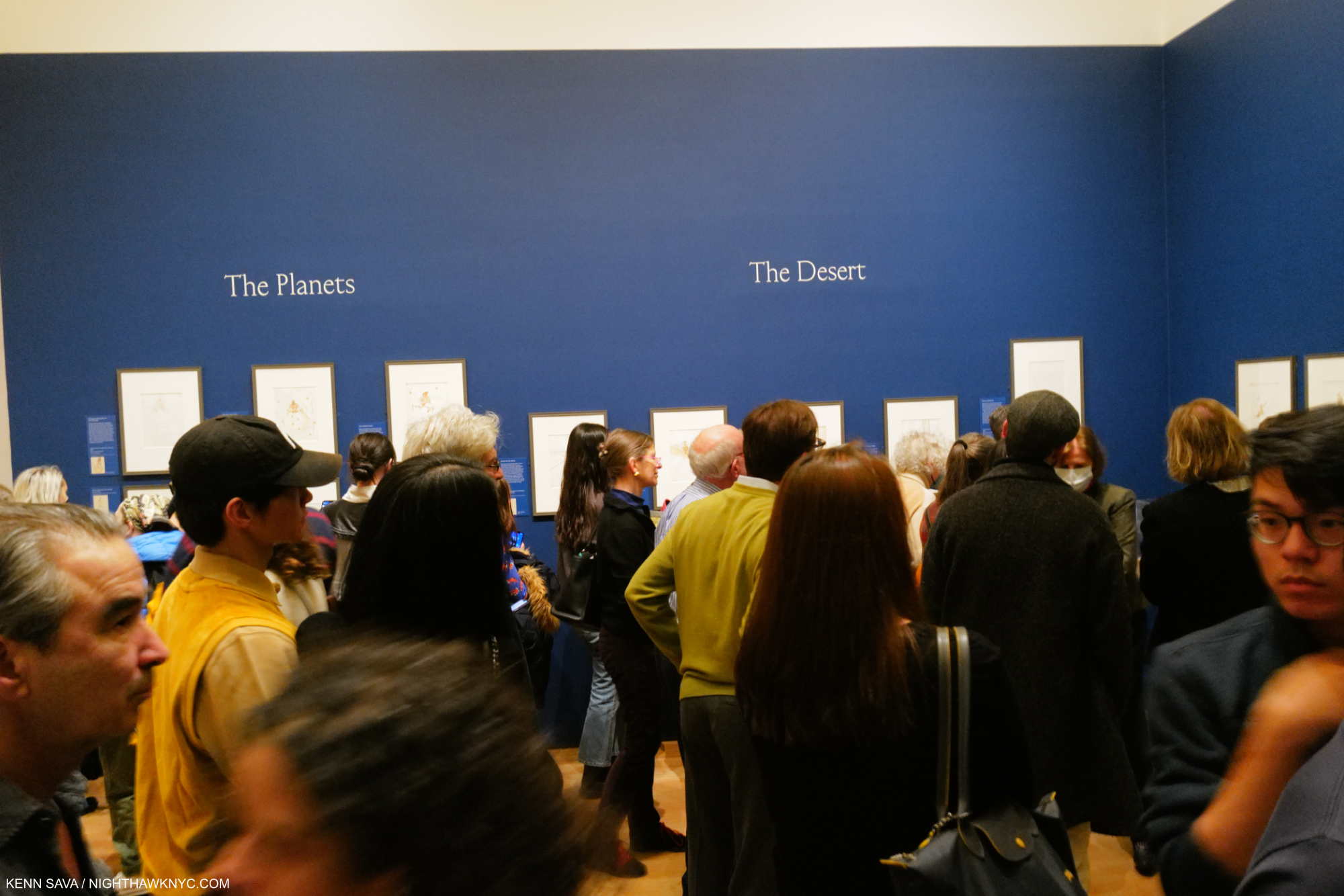
Over my three visits, The Little Prince: Taking Flight was never less crowded than this. January, 13, 2023, with another 3+ weeks left to run.
After seeing both shows, as I began looking into the long history of The Little Prince, I discovered that quite a few others have taken their shot at relating the story visually- in Art, Film, on the stage, in Opera, and you name it. I started exploring this realm, but was stopped almost immediately in each case. Why? For me, in each instance, whatever I looked at only served to send me running back to Saint-Ex’s version- i.e. his Art.
Wait a minute. No one I’ve read has referred to Saint-Ex an “Artist.”
The “simple” Art he created for The Little Prince has held up against anyone else’s visual interpretation of it thus far. Here, for me, was the first, and the most important, “proof” that indeed he was an Artist, and an under-rated one at that. Then, the more I delved deeper into his Art, the more impressed by it I became. In The Little Prince, his work is beautifully subtle. In his Art (the original Drawings for which were rendered in the delicacy of pencil or ink and watercolor), we get the essence of his words, but often extra details that add even more layers to the text, and in a sense create a dialogue with it, while being essential and an irreplaceable part of the the whole experience that only the author, who was also the Artist, could create.
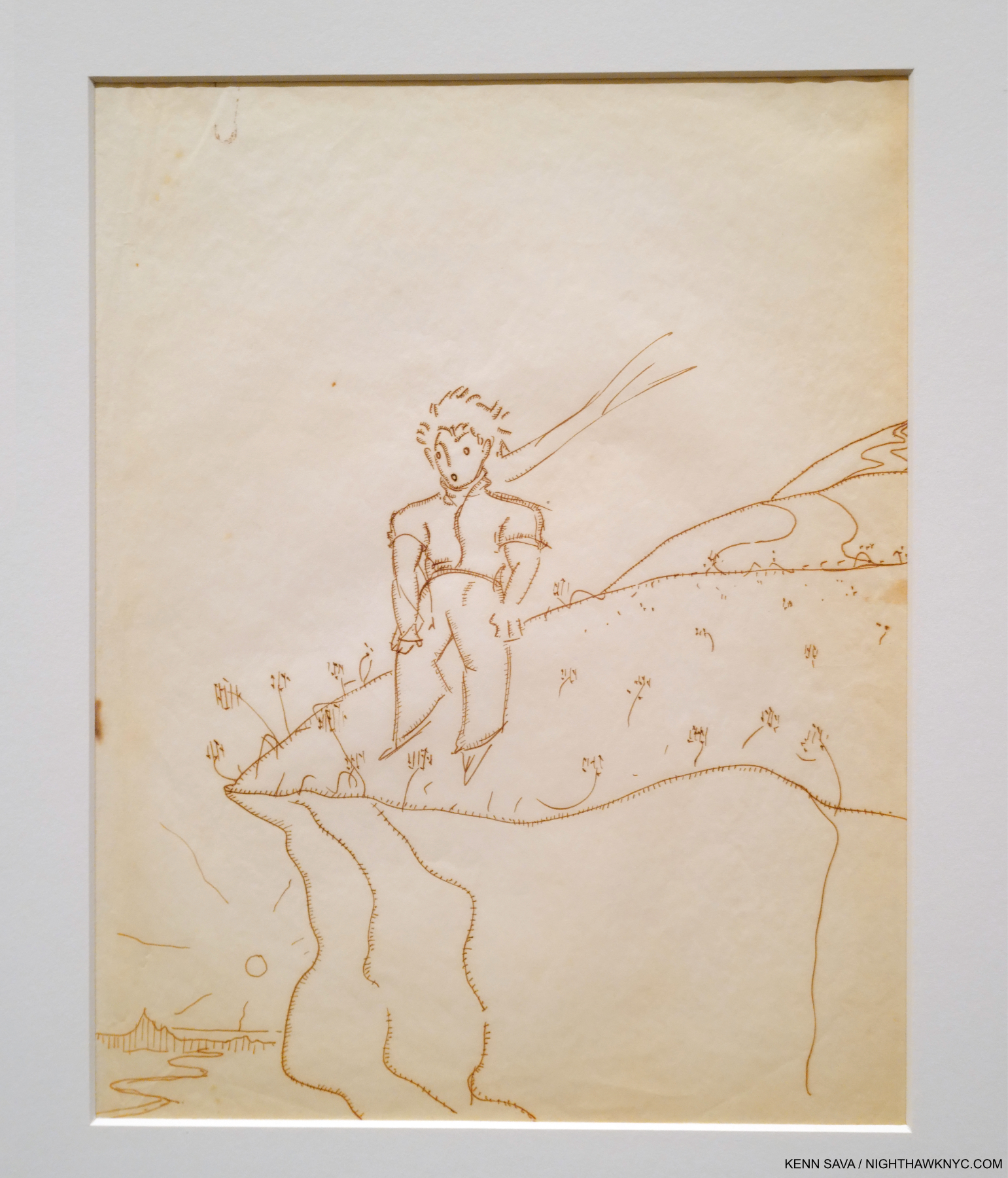
The little prince standing on the edge of a cliff, c.1942-3, Brown ink on paper. Everything about this is interesting: from the hatching on the lines, to the unique flowers (possibly roses), to the way Saint Ex carries the composition off without a single excess line.
Of course it is beloved by those who love the book, but why hasn’t his Art received more attention and acclaim as “Art?”
For one thing, I believe Saint-Ex purposely set a trap with the way he presents his Art. On the first page (showed earlier), he shows us his Drawings Number One and Two, which appear to be “simple” line drawings colored with watercolor (though he says he used colored pencil as a child). These are the traps. Having lowered our “Artistic expectations” about as low as possible right from the start (which also takes the pressure off of himself as the Illustrator of the book), he then proceeds to present much more finished Art as the book progresses.
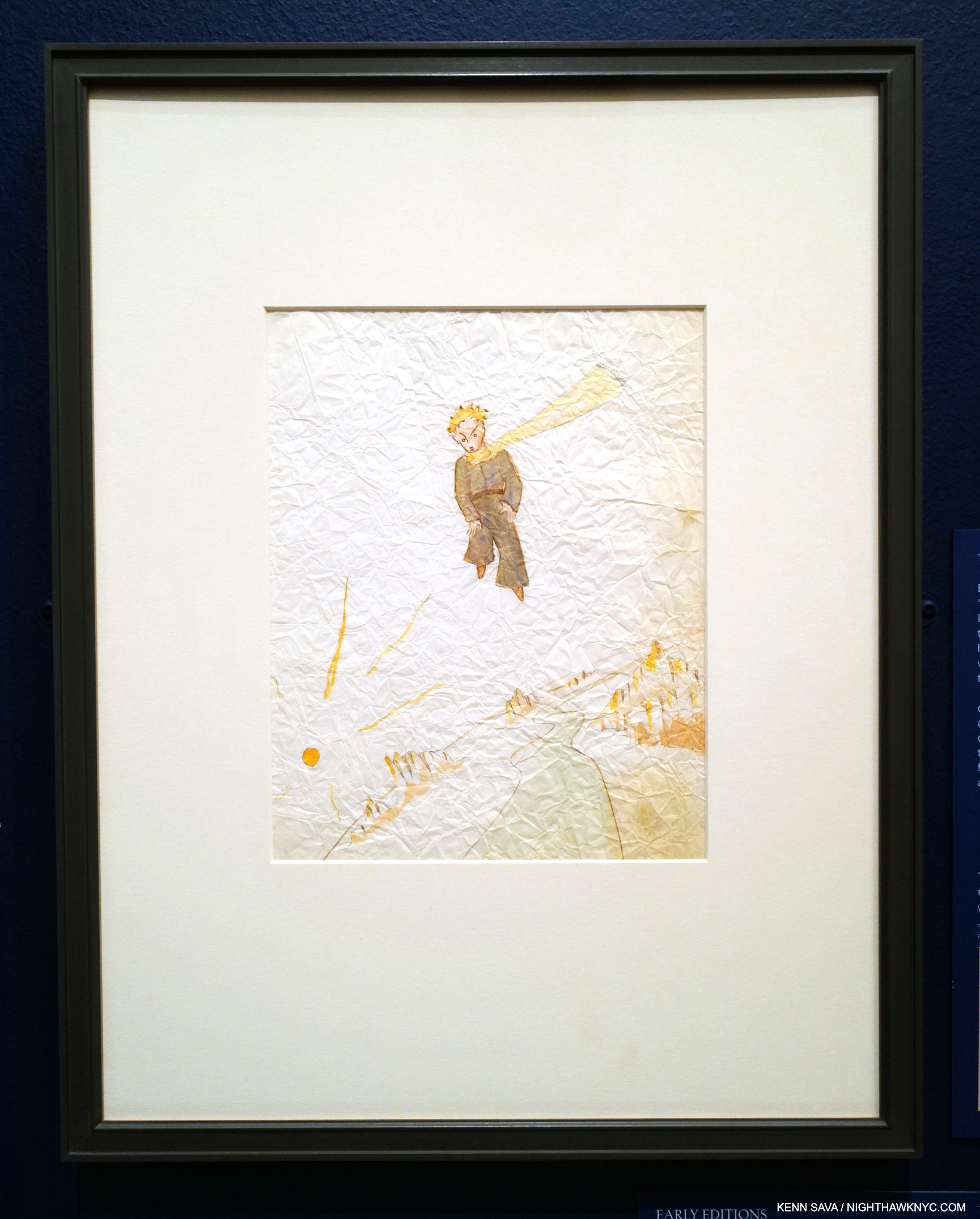
Taking flight. The little prince flying over a planet with mountains and a river, 1942, Watercolor and ink.
Herein lies the second phenomenon: Only the Artist who happens to also be the author knows more than he or she’s said in the text. The little prince’s outfit, shown in the first image in this piece above, is a perfect example of what I mean. It is not described in anything near this detail we see in the Painting in the text! It seems to me that this is why the interpretations of others haven’t spoken to me. Saint-Ex has this unfair advantage over them that leaves them guessing.
“The flower that you love is not in danger. I will draw you a muzzle for your sheep. I will draw you a railing to put around your flower. I will–” (The Little Prince, P.28)
A major takeaway from The Little Prince for me, something I continue to think about, and one that I have not heard others address, is that over and over the narrator attempts to use Art to solve the little prince’s problems. First, by repeatedly Drawing him a sheep until he hits on one (that is quite abstract, zen-like, and reminds me of something the great Marcel Duchamp, a fellow French contemporary who was living in Greenwich Village in 1942, would come up with. As far as I know, they never met.) that satisfies him. Then, in the quote, above, and again, during his final encounter with the little prince the narrator feels Art is a key to solving a dilemma. Therein lies the sprit of a true Artist. In fact, more than one renowned Artist has told me they hoped their work “would change the world.”
Over time, much of his Art (as seen in Dessins) shows a propensity for portraits and figures. Most of them are not “finished” to the degree we see in The Little Prince. I particularly find his faces to be unique. They’re drawn economically, with what appears to be quick lines, selectively minimalistic, and some daring details including a rakish lines forming a kind of “unibrow” in a number of them. It’s hard to tell the gender of a number of his Portrait and Figure Drawings, something that continues in some of The Little Prince Drawings. A number of his portraits are striking. Some appear to be quick sketches, others are more finished and more like “traditional” studies or portraits. But it is those that are “sketch-like” that stand out for me. Looking through the book, we see early echoes of what we would see in The Little Prince. Figures stand alone in fields, some sharing body or vague facial similarities to the little prince.
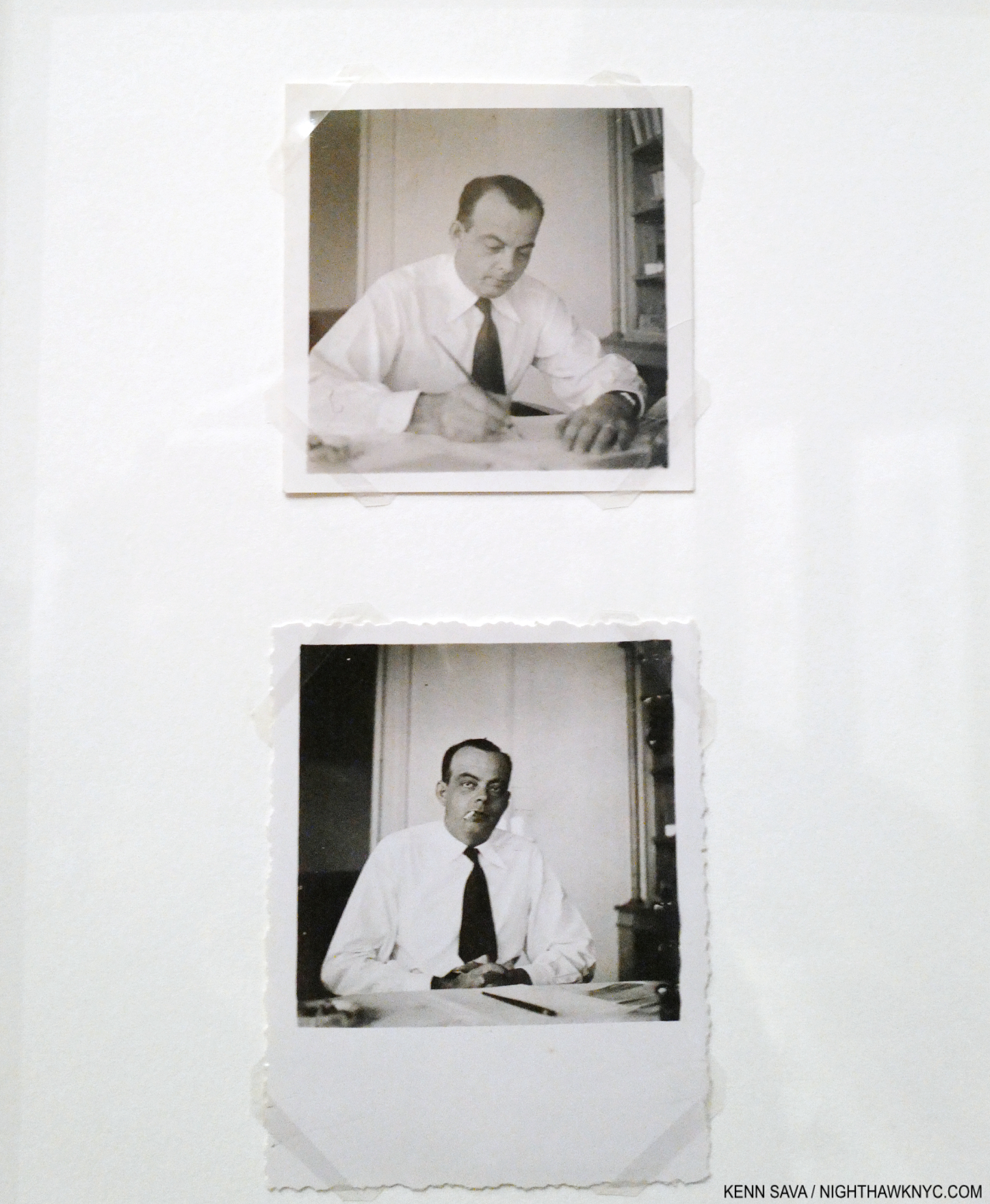
Unknown Photographer(s), Antoine de Saint-Exupéry, (Per Alexandre Tanase of the Succession Saint Exupéry-d’Agay, Paris) “taken in 1937 or 1938, in the apartment he was renting at the time, 15 Place Vauban in Paris.”
There are some who feel his books have, largely, the same “message.” Perhaps, it’s not surprising, then, that, as Dessins shows, was, also, a continual evolution of figures leading up to what stands as his final & ultimate realization. But, he was only 44 when he died. As different as The Little Prince is from Wind, Sand and Stars, which preceded it, all bets were off for where he would have taken his work had he lived. He remains, tragically, another great Artist taken from us all too soon by the war, along with Anne Frank and Charlotte Salomon, among too many others.
Am I saying that no one else should try to visually interpret The Little Prince? That’s up to them. I’m sure there are many who enjoy what has been created based on The Little Prince, and probably will with future interpretations.
For itself, under the scrutiny of 2 museum shows, Saint-Ex’s Art surprises- as the book has countless readers. His Art comes across as ephemeral as its subject. For one thing, he created much of the Art for his timeless book on cheap dime store tracing paper: much of it bearing the visible watermark of Fidelity Onion Skin, a paper that clocks in at all of a 10 pound weight17!. Some of his pencil lines are fading. There is a cigarette burn hole right in the middle of one Drawing. Another has been crumpled up as if it were thrown out, then rescued. Others show signs of coarse handling. Through it all, his art has held up for 80 years.
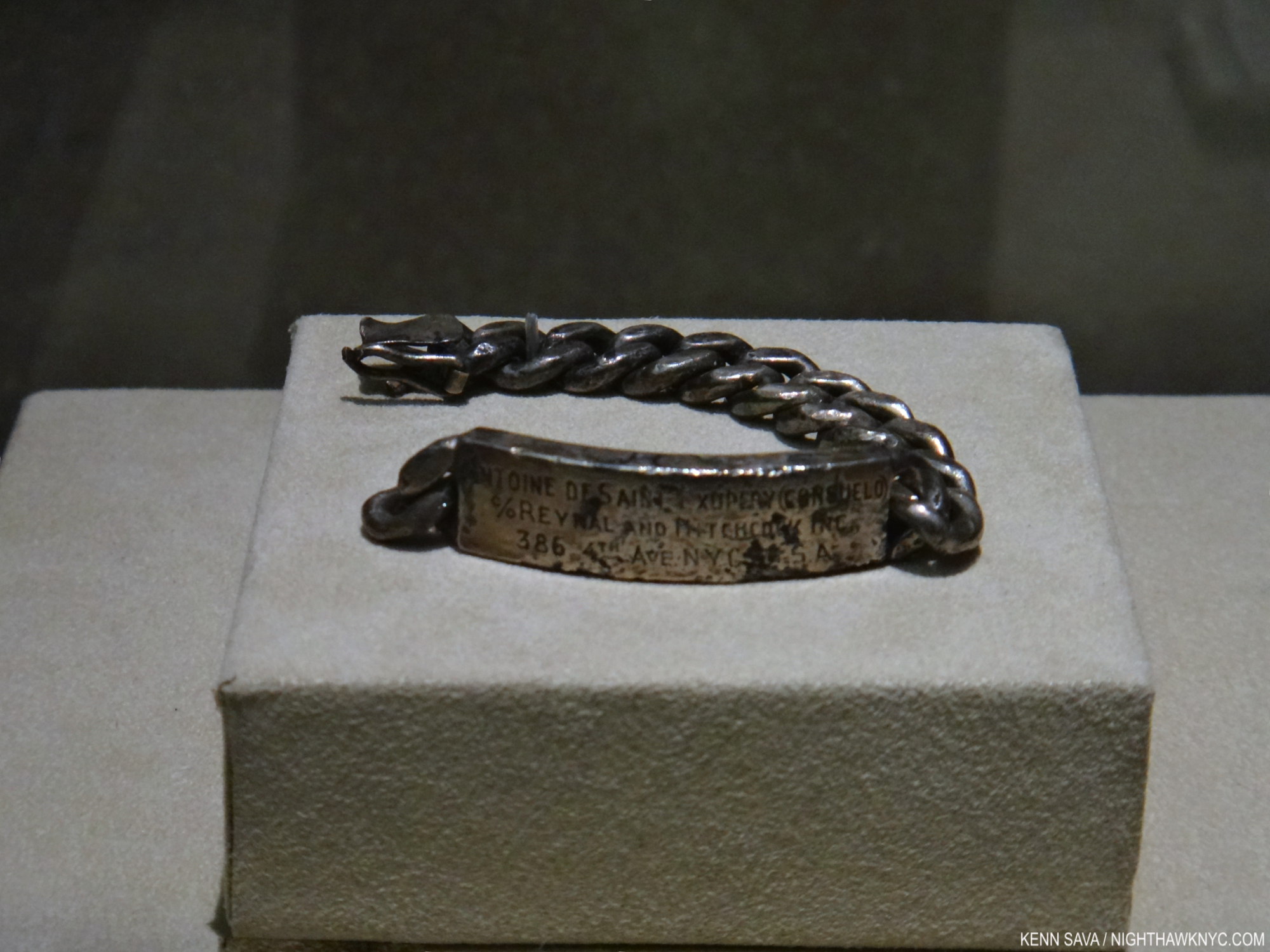
I was staggered when I saw this. Saint-Ex’s identity bracelet that he wore on his final flight found in a fishing net in 1998. Seen at the entrance of The Little Prince: A New York Story at the Morgan Library in 2014.
Among the countless other things it is, The Little Prince is a lesson in what really matters in the face of the temporality of all things, the overwhelming noise that surrounds them, and all the things that don’t really matter we waste our lives on. Of invisible connections, of love, loss and longing in the aftermath of the little prince’s sudden disappearance (uncannily mimicked by the sudden, mysterious disappearance of its creator, himself, a year after its publication). One of my reasons for writing this piece was because The Little Prince reminds me of what I learned in my journey through cancer in 2007. In my February, 2017 10th Anniversary of treatment piece, “Cancer Saved My Life,” I wrote that I learned love and being loved were all that mattered in life, echoing the Fox’s lesson in The Little Prince valuing invisible connections over all. This February, as I mark 16 years free of cancer, I would add something I believed at the time but did not say: Art also matters. Art is one way to live on after death.
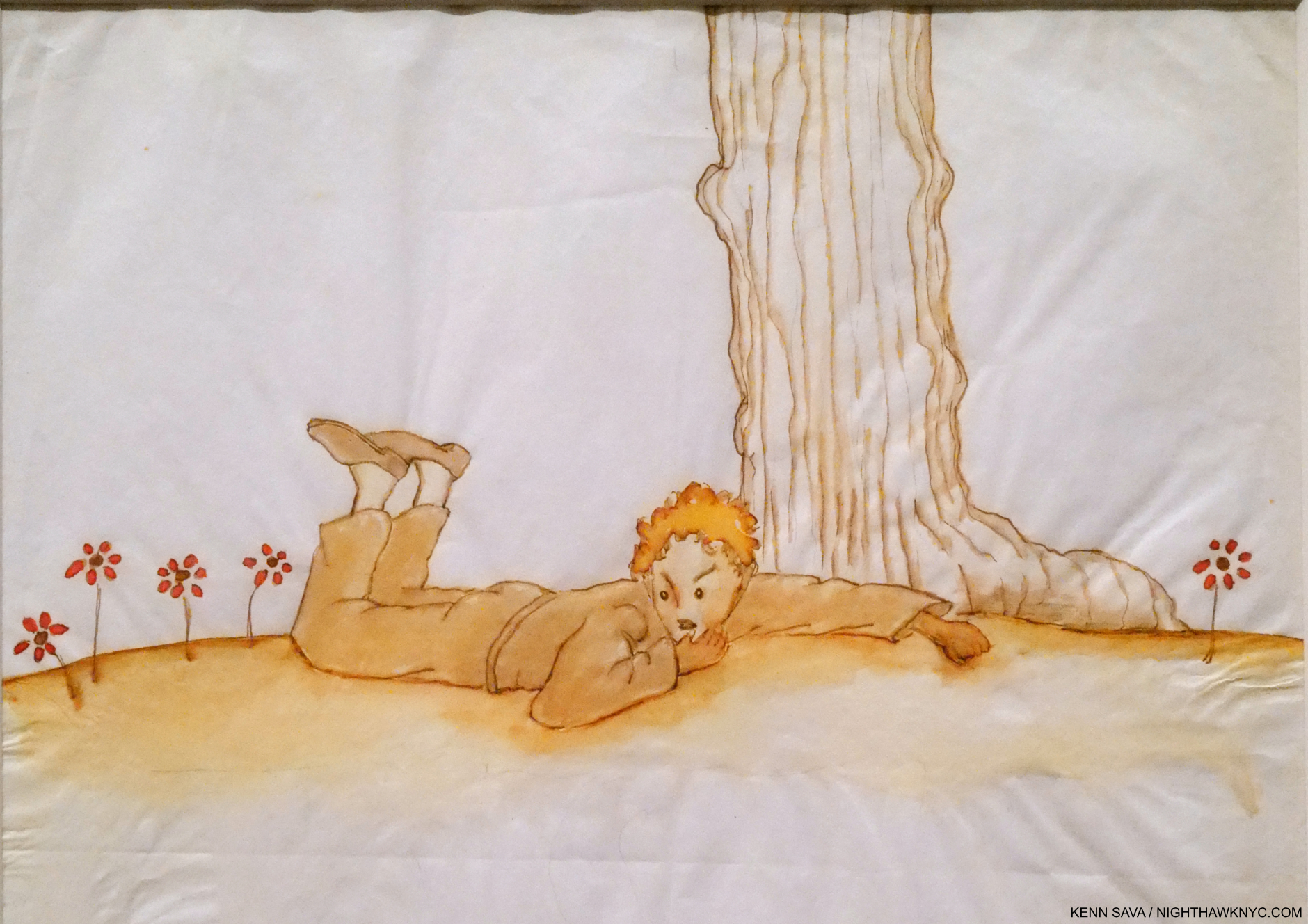
“All I had was a common rose…,” the wall card for this Drawing was titled. The little prince lying on his stomach, 1942, Watercolor and ink.
Francis Bacon said it took 75 to 100 years for art to be considered Art. I’ve always felt it took longer. Antoine de Saint-Exupéry has been living on for almost 80 years after his death through his work. With almost 2 million copies continuing to be sold each year, The Little Prince shows no sign of passing into obscurity. Will future generations of kids or adults be immune to its charms? It seems to me it will take something radical to happen to human beings to make them immune to it. My bet is by that point Saint-Ex will also have finally received due recognition as an Artist.
-For Lana, who sees with her heart, Happy Birthday!
*- Soundtrack for this piece is “It’s No Good” by Depeche Mode from their album Ultra, 1997.
“Don’t say you’re happy
Out there without me
I know you can’t be
‘Cause it’s no good…”
My sincere thanks to Alexandre Tanase of the Succession Saint Exupéry-d’Agay, Paris for his insights & expertise.
NighthawkNYC.com has been entirely self-funded & ad-free for over 7 1/2 years, during which almost 300 full length pieces have been published! If you’ve found it worthwhile, PLEASE donate to allow me to continue below. Thank you, Kenn.
You can also support it by buying Art, Art & Photography books, and Music from my collection! Art & Books may be found here. Music here and here.
Written & photographed by Kenn Sava for nighthawknyc.com unless otherwise credited. To send comments, thoughts, feedback or propositions click here. Click the white box on the upper right for the archives or to search them. Subscribe to be notified of new Posts below. Your information will be used for no other purpose.
- The Little Prince, P.10-11 ↩
- The Little Prince, P.18. ↩
- from her Introduction to Antoine de Saint-Exupéry, Wartime Writings 1939-44, P.xiv. ↩
- These include a 1923 crash outside of Paris that left him with a fractured skull. The infamous, near-fatal, December, 1935 Sahara desert crash recounted in Wind, Sand and Stars and The Little Prince. A 1938 crash in Guatemala which left him with injuries that never healed, and a crash on a reconaissance mission just prior to his disappearance. ↩
- Quoted by Anne Morrow Lindberg, ibid, P.xvi ↩
- Sources for this paragraph are here, here, and here. ↩
- Per. ↩
- Per ↩
- Per ↩
- Per ↩
- Stacy Schiff, Saint-Exupéry, P.101 ↩
- The Little Prince, P.19. ↩
- The Little Prince, P.66 ↩
- The Little Prince, P.24. ↩
- https://www.themorgan.org/exhibitions/little-prince ↩
- From Alexandre Tanase of the Succession Saint Exupéry-d’Agay: “…this second Morgan exhibit was created following A la rencontre du petit prince (Meet the little prince), a unique retrospective presented in the Musée des Arts Décoratifs in Paris, from February to June 2022, for which the Morgan framed and lent some sheets of the Little Prince manuscript, that was shown in France for the first time. This exhibit had more than 600 items, and was noteworthy especially for the artwork shown: many drawings presented for the first time (notably some Little Prince watercolors from the Consuelo Collection), and many that were discovered after the publication of the Album you mention in your article (which is from 2006, not 2008). For instance, the now famous Lettres à une inconnue. The links to this exhibition website: https://madparis.fr/A-la-rencontre-du-petit-prince-2120 and https://madparis.fr/A-la-rencontre-du-petit-prince). If I mention this, it is because you may then be interested in the catalog that was published for this event (by the same editor, Alban Cerisier, who worked on the 2006 book, Dessins). This second book is a reference concerning Saint Exupéry’s artwork.” ↩
- Fidelity Onion Skin is STILL in production! One vendor characterizes it as- “Our best option for onion skin paper is Fidelity Onion Skin. This thin yet surprisingly strong paper is constructed from a true 10 lb. 100 percent wood fiber, giving you all of the most desirable onion skin qualities. This specific line is beloved by crafters in need of paper that offers easy folding, great acceptance of inks and optimal strength. Fidelity’s version is chlorine-free and features a smooth, uncoated finish. Popular choices include 25 x 38 and 8.5 x 11 onion paper.” ↩

